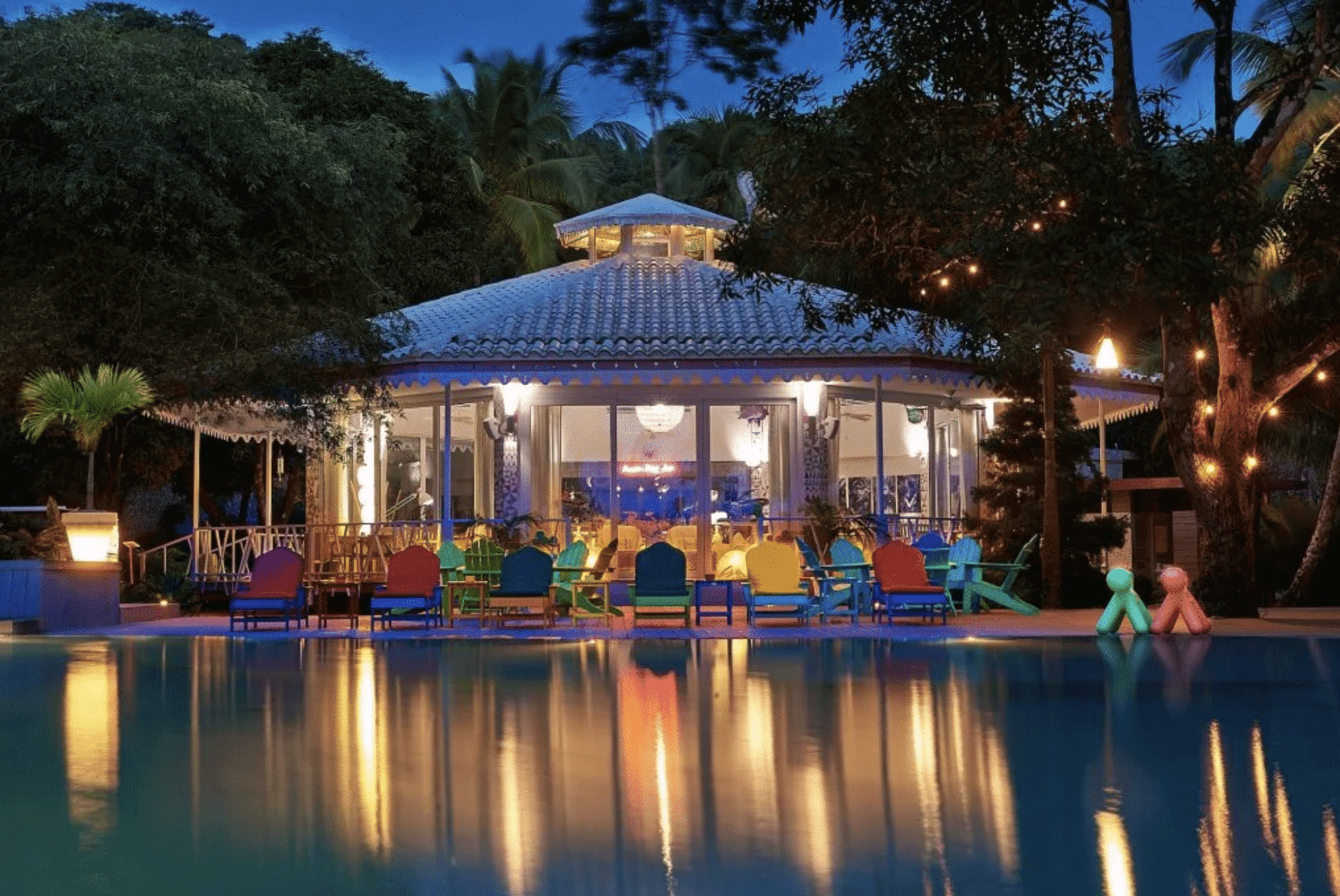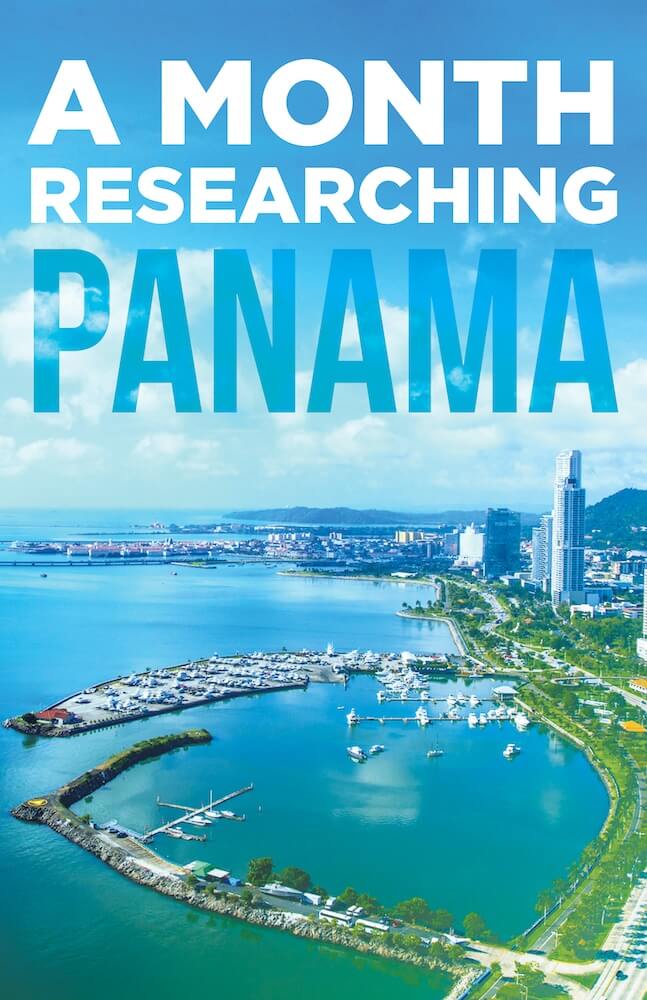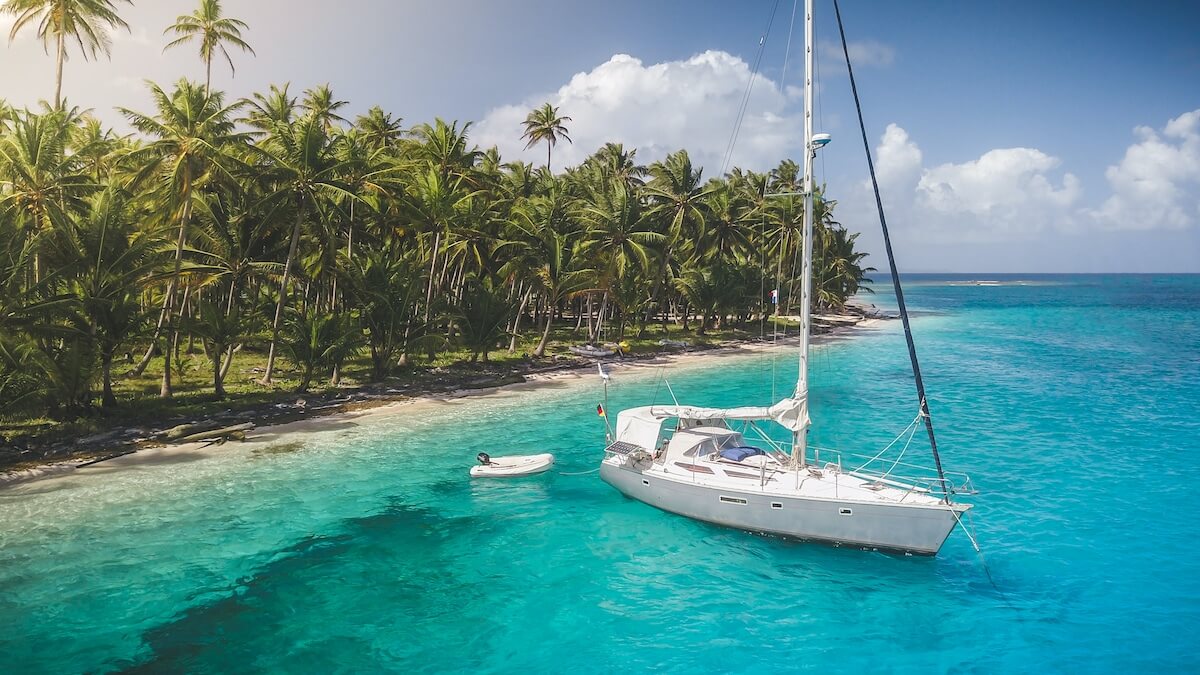
Panama Tourism in 2020
Panama has always had a strange relationship with tourism, despite the fact it is a country that is rich in possibilities for attracting travelers and vacationers.
For over a century, the Panama Canal has almost single-handedly defined Panama’s personality in terms of tourism. Generally, people who say they have been to Panama explain they “visited” by taking a cruise through the Panama Canal, not that they enjoyed the many beautiful beaches, explored the most cosmopolitan city in Central America, experienced the rainforest and exotic birding, hiked to the top of a volcano or pulled a Black Marlin from the sea.
Over the past decade, neighboring Costa Rica and Mexico have worked to increase the number of incoming tourists annually, while Panama struggled with how they wanted to define tourism. In 2017, Panama launched its first-ever tourism advertising campaign directed to the North American market, with the tagline “Panama is not for tourists, but for travelers.”
A Well-Intended Travel Campaign
The campaign promoted Panama’s “remoteness” by way of several television ads that talked about if you wanted to see a specific type of bird, you would need to drive “200 miles on mud roads, ford three rivers and then hike for seven hours in the Red Forest.” The bird is indeed spectacular, but the lead up wasn’t designed for the tourist who might just want a nice pool and an umbrella drink. Or someone considering hiking Volcan Baru for only four hours to watch the sunrise over the Pacific Ocean and then turn around to see the Caribbean Sea from the same spot.
The campaign was described in Advertising Age magazine as implying “Panama is not for those seeking an all-inclusive, off-the-rack travel experience. The tiny country is remote, often hard to get to, and usually eclipsed in popularity as a travel destination by neighboring Costa Rica.” Unfortunately, the $20 million campaign did not significantly boost the travel numbers and reinforced the idea that Panama was “remote and hard to get to” and maybe not as good as Costa Rica.
“For Adventurers, Not Tourists…”
The campaign did receive a great deal of attention but it wasn’t always good. Forbes magazine rated the “Not For Tourists” Panama campaign number three on a list entitled “These 10 Wacky Tourism Campaigns Actually Happened.”
Fortunately, the new administration of Laurentino “Nito” Cortizo is committed to developing tourism on a broader scale and featuring all aspects that Panama has to offer, not just remoteness. In early “teaser” announcements, it’s been hinted the focus will be more on green tourism as opposed to all-inclusive resorts, although they also have a strong presence in Panama.

The campaign, for all its faults, did have a point. Panama offers some of the best natural tourism experiences in the world. And while some are gritty and adventure-packed, others are quite luxurious. Even the budget-friendly hostels can be upscale.
There are African safari accommodations in the Darien and a birding paradise outside of Colon built in an abandoned radar tower left by the US Government. Meals are often included and are better than what you might find in a top-rated affair in the States. Everything is fresh. Panama’s name translates to “abundance of fish” and the seafood is amazing. The locally grown produce is shipped as far as from the resort’s garden. Herbs are brought to the kitchens in baskets freshly harvested by scissors.
If there is one thing that describes Panama’s tourism is that it is world-class, wildly varied, adventuresome and full of surprises. The options for a wonderful vacation in Panama are simply stunning. Who knew?
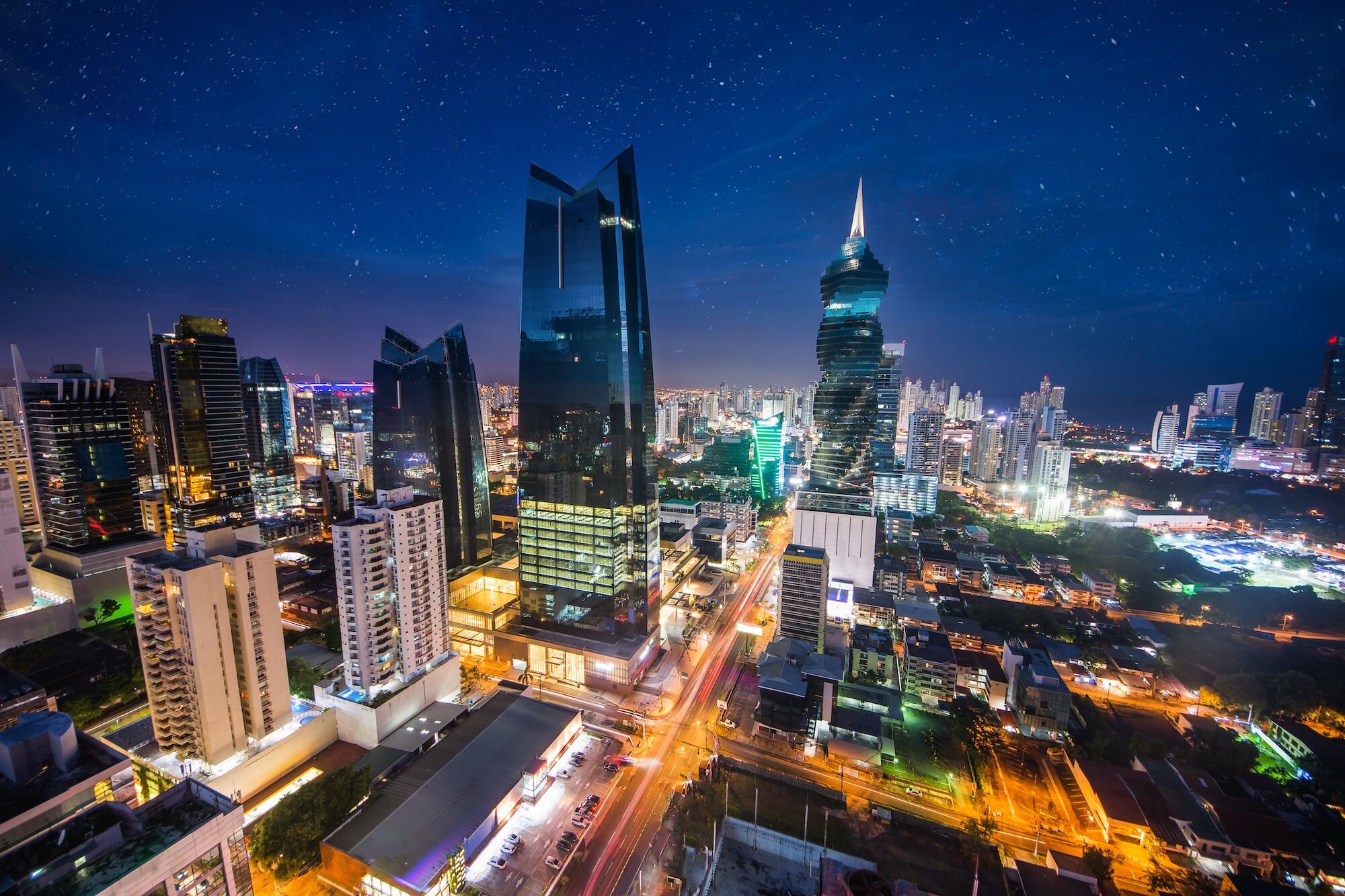
Strong Panama Economy
Costa Rica has never enjoyed the multi-faceted economy and resulting stability that Panama has, so they depend heavily on tourism. In 2018, the latest numbers available, a total of $7.9 billon US, or 13.1% of Costa Rica’s gross domestic product (GDP) came from tourism. Mexico, a much larger country with multiple areas catering to all types of tourists, had a $209.4 billion US direct impact on the GDP or 17.2%.
For 2018, tourism in Panama drove $9 billon US and 14.5% to the GDP and while that seems significant and better than Costa Rica, it was not. According to the World Travel & Tourism Council (WTTC) 41.4% of the “tourists” to Panama were not tourists but rather visitors who were in the country on business and not pleasure. It is difficult to categorize who is a “visitor” and who is a “tourist”, but according to WTTC, the giveaway is how much a person spends daily and how long and where did they stay.
Incoming people, whether they are travelers or visitors to Panama spend, on average $365 a day and stay for six days mostly in Costa del Este and Panama City, both business hubs. That spend amount is statistically about double what most tourists spend. Visitors to Costa Rica spend about half that and stay, on average 11 days outside the city of San Jose. The hotel in Panama with the highest occupancy rate (86%) Monday through Friday is the Westin Costa del Este catering to business travelers visiting the 130 international companies located there.
Additionally, with the rise in Medical Tourism in both Costa del Este and Punta Pacifica, where the two Johns Hopkins International Hospitals are located, the visitors are not there to hike, white water raft or stroll on the beautiful beaches, but rather have a hip replaced. You really can’t call them tourists but definitely visitors.
Not Dependent On Tourism
Because Panama is not as dependent on tourism, when COVID-19 hit in March 2020 they were much less negatively impacted than the surrounding region. As reported by CNN, “Mexico is the most vulnerable of the world’s largest economies, as 17.2% of its GDP relies on the travel and tourism industry.” Spain closely followed in second place and Italy in third. Costa Rica was not considered one of the world’s “large economies”.
Still an Incredible Destination
While Panama isn’t as reliant on tourism as other countries, it’s still an important part of Panama’s economy and overall appeal. Panama attracts travelers of all kinds, from wealthy patrons to budgeting backpackers. High-end resorts can be found all over the country– beaches, mountains, even private islands and the rainforest. Eccentric hostels and boutique hotels are also in the mix, with some of the most unique places you will ever encounter.
Panama offers the full spectrum of adventure activities– scuba diving and snorkeling, paddle-boarding and surfing, rock climbing and zip-lining, deep-sea fishing, hiking a dormant volcano. There is also great nightlife and culinary scene– particularly in the sophisticated skyline of Panama City and in certain coastal or mountain towns.
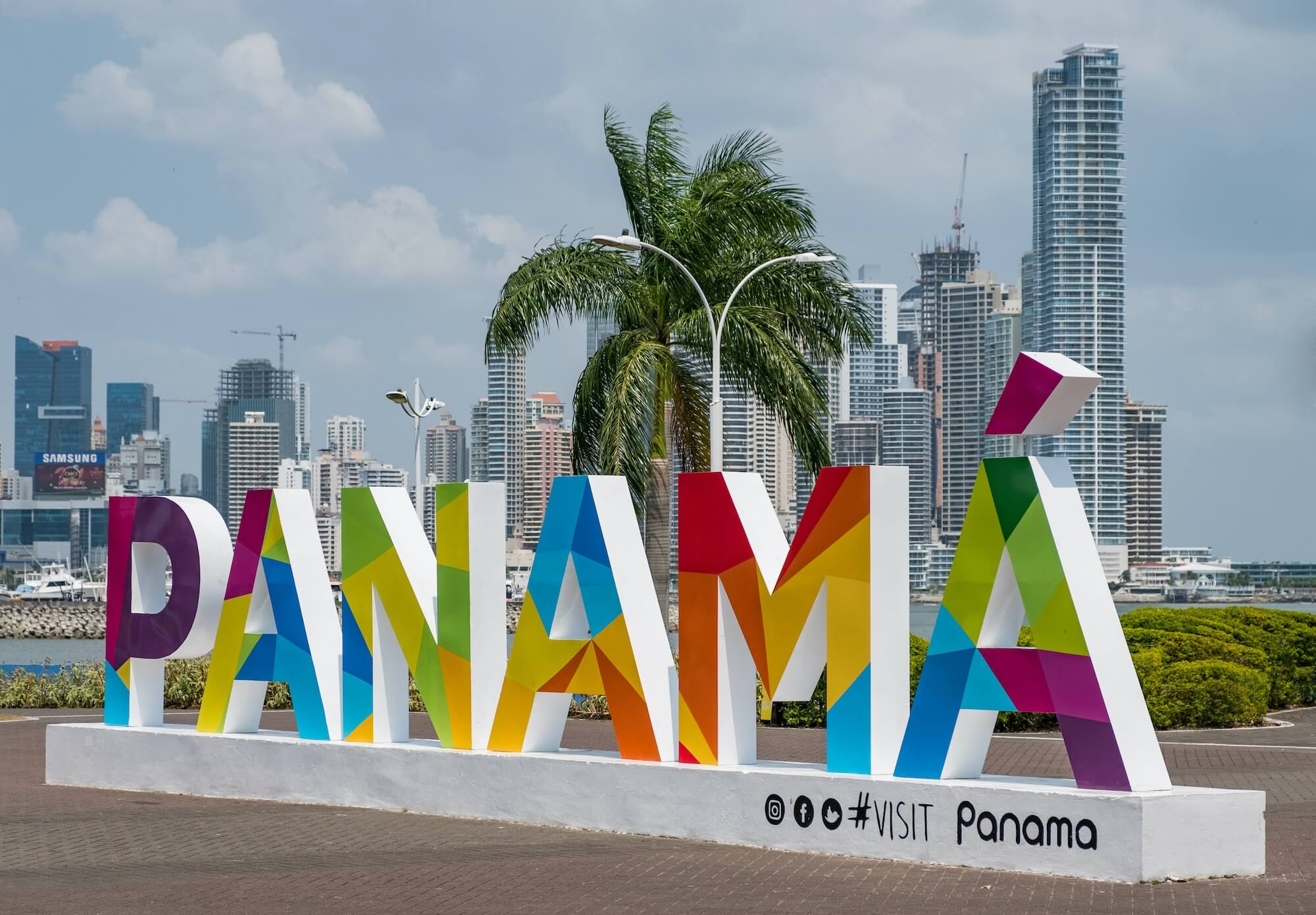

Getting to Panama
Almost all tourists will enter Panama via Tocumen International Airport (PTY), which serves as a regional hub for South, Central, and North America, as well as the Caribbean. That means flights to and from North America are plentiful and often direct. An increasing amount of European and Asian cities also offer regular and direct flights between Panama.
Copa Airlines is hubbed in Panama City and is a member of Star Alliance along with United Airlines, Air Canada, Lufthansa and Air New Zealand among others. There are 87 direct flights going and coming through PTY. You will find listings here.
When booking your flight, remember that Panama runs on Eastern Standard Time, but it does not change to accommodate daylight savings. The East coast might be an hour ahead depending on the time of year.
Tourism in Panama City, Panama
The country of Panama has approximately 4.32 million citizens with 1.86 million living in the capital, Panama City. The skyline is modern and sophisticated with glimmering skyscrapers and rooftop infinity pools. But there is so much more to discover– like the historic district of Casco Viejo– a UNESCO heritage center– brilliant boardwalks and parks, or its world-class culinary scene and fiery nightlife.
Check out Boldly Panama’s Grand Guide to The Food Scene in Panama
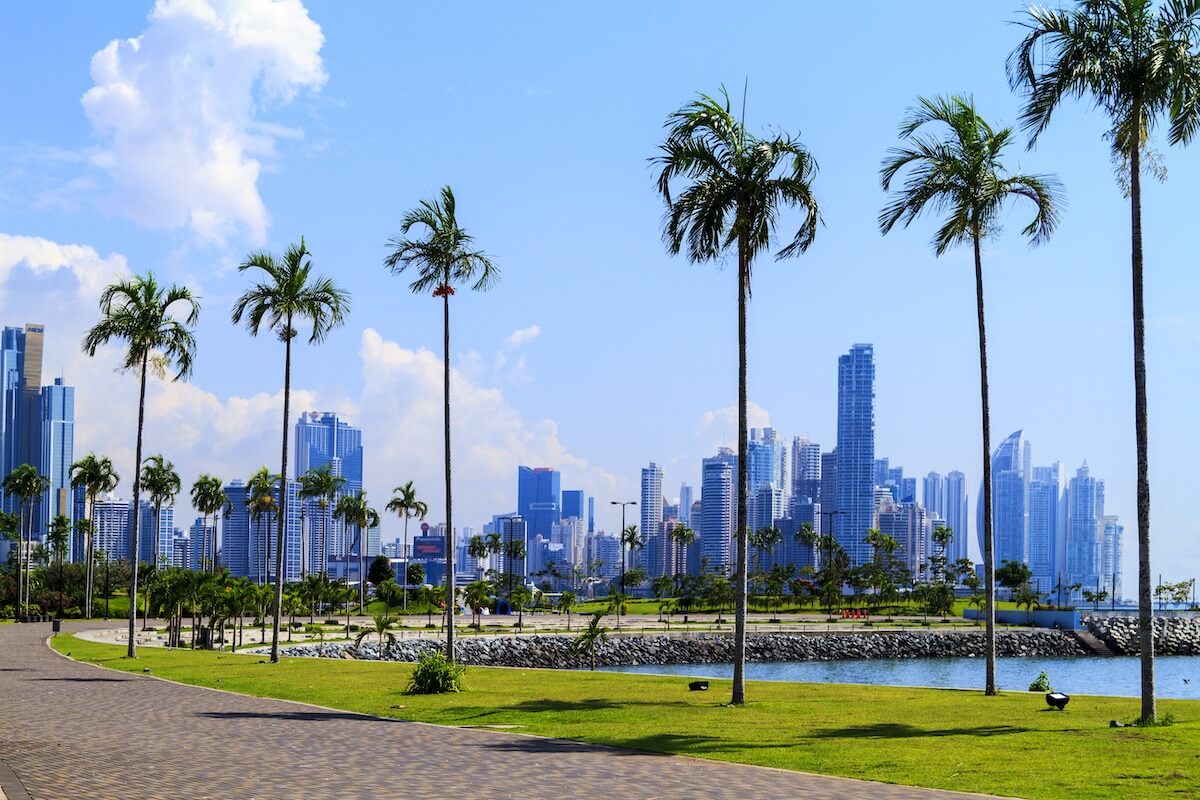
Walk Along The Cinta Costera
The Cinta Costera just keeps getting bigger and better and now offers locals and visitors a place to enjoy the stunning views of the Panama Canal and the Bay.
The Cinta Costera starts along Avenida Balboa and goes along the waterfront, providing individuals with a pleasant place to run, jog, bike, skate, play basketball, use free exercise equipment, or simply people-watch while sitting on a waterfront bench and enjoying a raspao– Panama’s version of a snowcone.
As the Cinta Costera makes a turn close to the Fish Market, it goes into the Amador Causeway which is comprised of four islands connected by this “ribbon” of road. This area used to be nothing but old US military buildings and barracks, but it now offers everything from a restaurant/bar that will give you access to their pool and beach for $10 a day to the pier where you can get on your rented yacht for a little day trip to The Pearl Islands.
If you decide not to go into the Amador Causeway, the Cinta Costera will route you over the water, circling Casco Viejo and then back into Panama City. The portion of the roadway over the water offers a beautiful boardwalk for pedestrians to walk, sit, and enjoy some of the best sites in the city. The Cinta Costera is also bike-friendly. On Sundays, the city closes the Cinta Costera to vehicles for so bicyclists can enjoy the road and ocean views.
Enjoy The Amador Causeway
The Amador Causeway allows vehicles to drive down the middle of the Cinta Costera, but the frequent turnabouts and Uber drivers stopping so passengers can take a few stunning selfies, makes the going very slow. Like three miles an hour slow, but that’s all good because there is so much to see. Families on rental bikes, skateboarders and rollerbladers, and tourists posing in front of the famous “Panama” sign are all part of the delightfulness.
There will be many reasons you’ll want to go to The Amador Causeway if you are staying any time in Panama City. Several great restaurants are located there such as Bucanero’s, known for seafood and top-notch service, Cayucos Bar with great food and one of the best views in the city, or Mi Ranchito offering fresh Caribbean fare and Latin favorites.
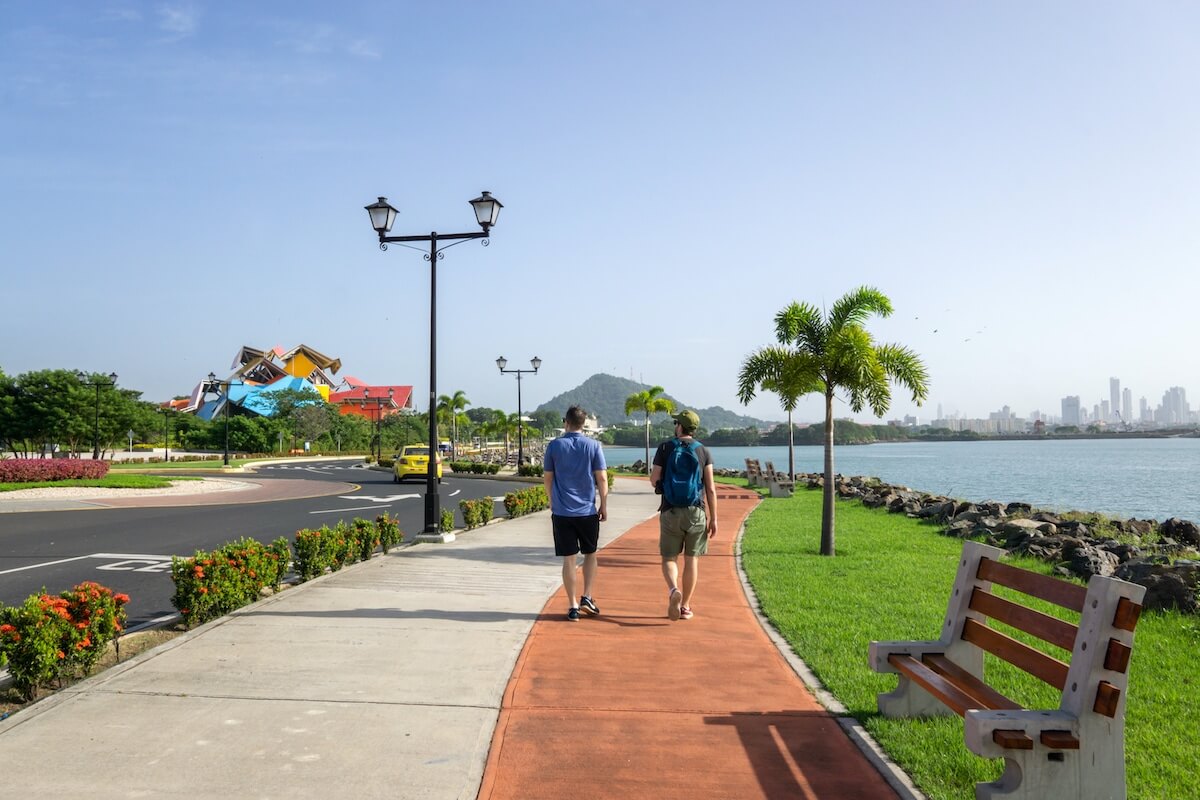
Don’t miss the little gift shop, Centro Artesanal, which is located on the ground floor of the Figali Convention Center. Molas, Embera baskets, jewelry and even a few Panama hats will be on offer at pretty good prices.
You might want to check the calendar of the Figali as that is where much of Panama’s entertainment is held like concerts, sporting events and ice skating. The seating capacity is about 25,000 and the Figali was completed in 2003 in time to hold the Miss Universe contest. So, if you happen to be in Panama around Christmas or Carnaval, be sure to head on over to the Amador!
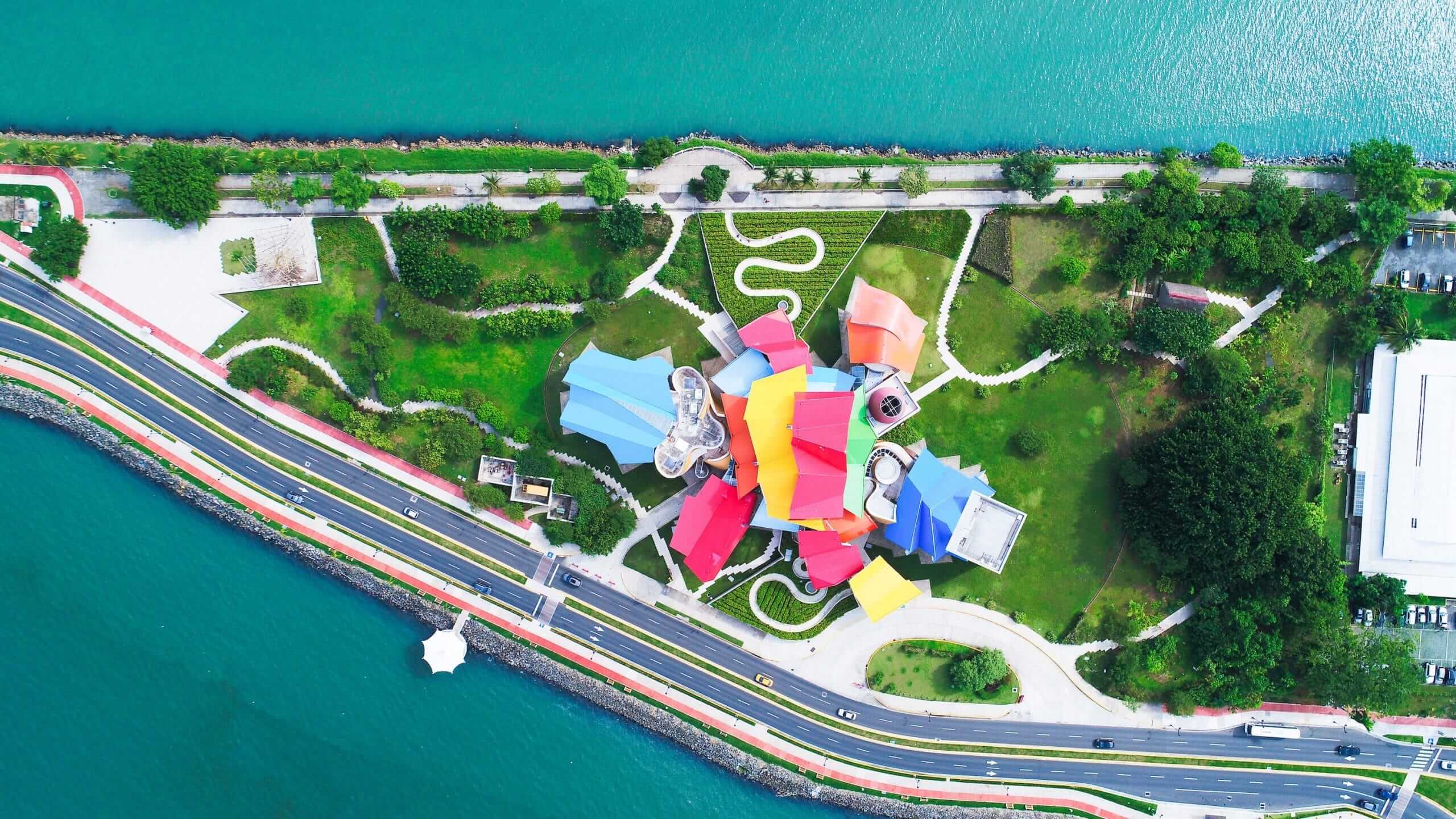
Make Time For the Biomuseo
Also located inside The Amador Causeway is the stunning Biomuseo which has eight exhibition halls with interactive displays, which tell the story of Panama’s birth, incredible biodiversity, importance in the world, natural history and unique cultures. Don’t be surprised if when you just see the Biomuseo initially you’ll stop and try to figure out exactly what it is. The famous and highly regarded architect, Frank Gehry, designed the building to look like one of Panama’s famous birds, the Toucan, in flight.
This is Gehry’s only work in Latin America and that is not by accident. In 1975 he married Berta Isabel Aguilera, a Panamanian, and they have four children. Gehry wanted to honor his wife’s beloved Panama and so he designed the Biomuseo as a gift to her homeland.
Once you have learned about Panama’s biodiversity and been enthralled by the architecture walk outside and enjoy the third element of the Biomuseo—the park that surrounds the building.
Check Out The Balboa Yacht Club
Before you leave the Causeway, consider a drink at the Balboa Yacht Club, where you will sit in the same space as others have for 105 years. The Club was opened in 1915, one year after the Panama Canal was completed and to this day, it offers some of the best views of the boats and container ships queuing up to transit the Canal and duck under the Bridge of the Americas.
If you have time, consider signing up for a day trip on a catamaran which leaves from the Balboa Yacht Club for a six-hour tour to Taboga Island, the closest island to Panama City. It’ll cost around $89 for adults and $69 for children, but look for discounts that are regularly offered. Everything you need for a fun-filled day is included such as an open bar, music, transport to and around the Island, lunch, time to swim and snorkel or just soak in the rays on the boat. Shop for a few souvenirs on Taboga Island when you visit the little town.
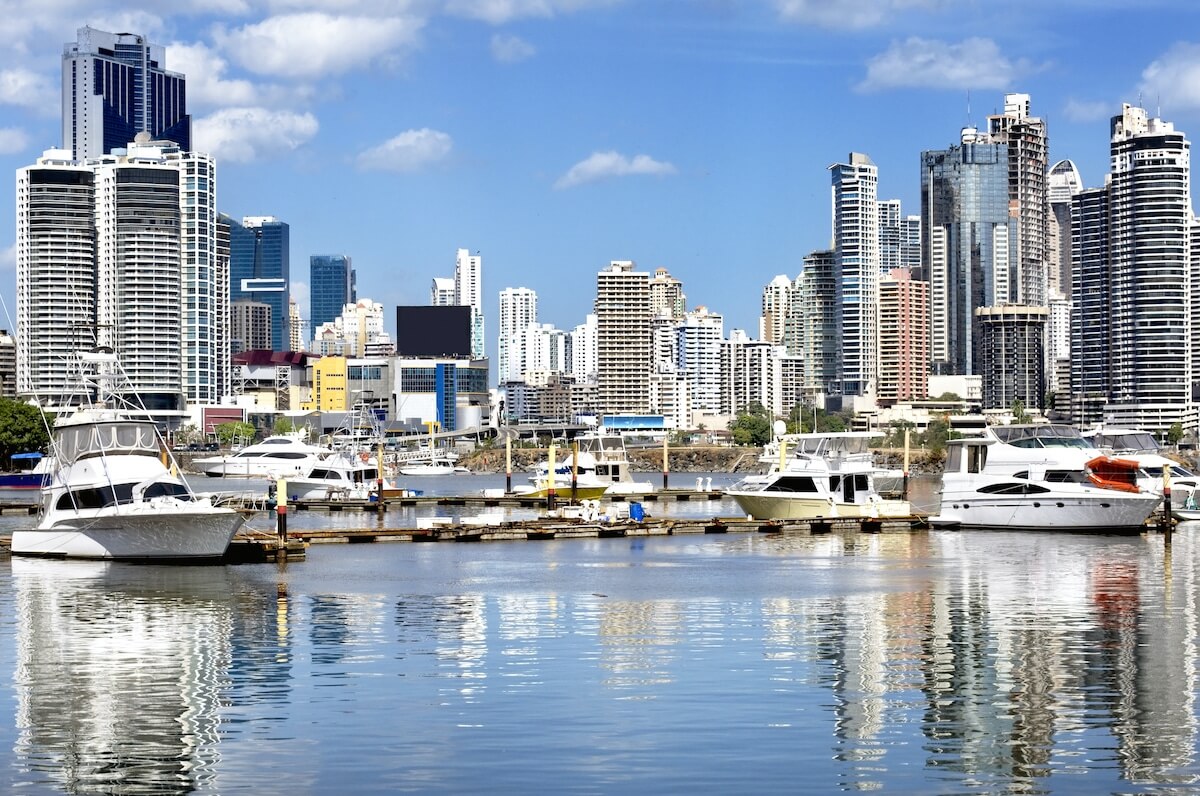
Learn Something at the Punta Culebra Nature Center
Another fabulous option located on the Amador Causeway, is the Punta Culebra Nature Center, one of 12 facilities of the Smithsonian Tropical Research Institute in Panama. Here you’ll find a mix of marine and amphibian exhibits, walking trails, hands-on science activities and recreational spaces. Entrance rates range from $2 to $7 and there are science camps for students interested in learning about “Fabulous Frogs of Panama”, observing sea turtles and touching marine life with “touching pools”.
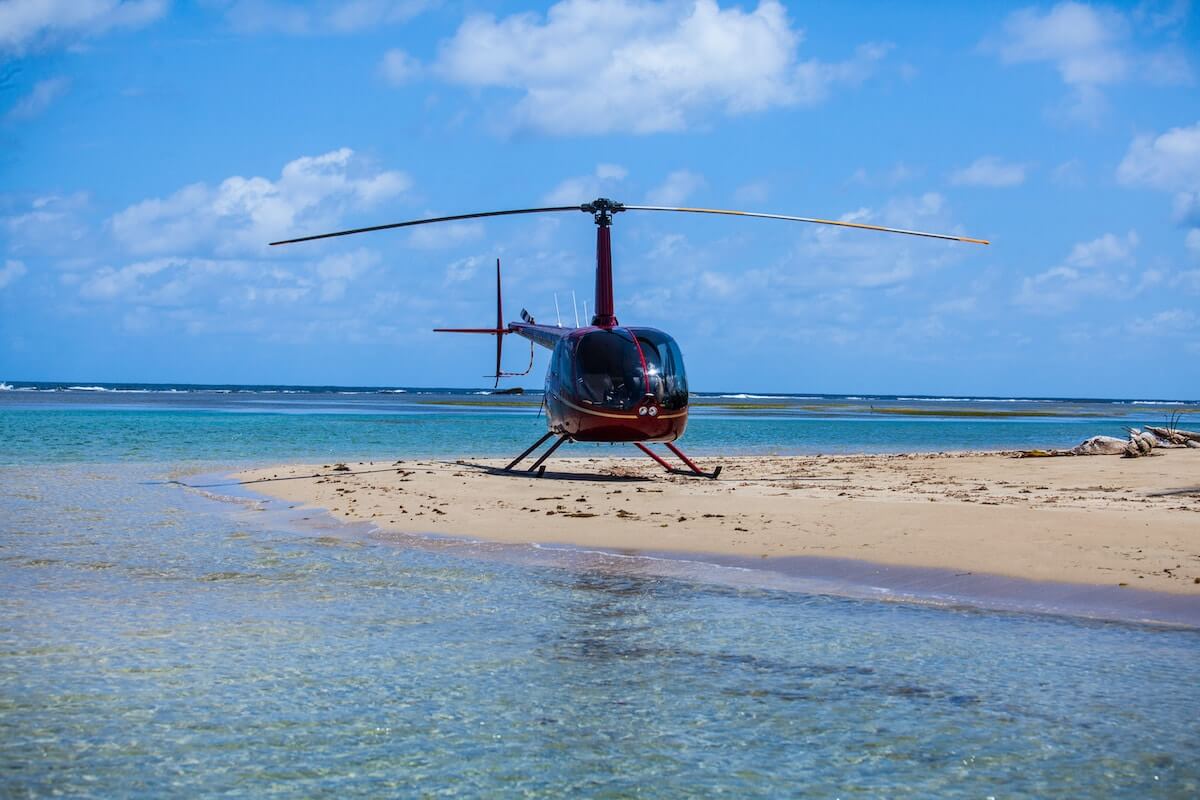
Helicopter Over The Skyscrapers
If you can afford it you should consider seeing Panama City and the Canal from above. For around $800 you can book a 30-minute jaunt with Panamazing Tours and they’ll treat you to an impressive trip flying over
- The Panama Canal
- The Bridge of the Americas
- Miraflores Locks
- Borinquen
- Cocolí
- The Pedro Miguel Locks
- The Centennial Bridge
The ride ends with an exciting tour of Panama City, so you can appreciate the density and design of the imposing skyline.
See Real Panama On Avenida Central
If you want to see how Panamanians live and shop then take a walk down Central Avenue. In this pedestrian-only ten-block road you’ll find locals pushing into shops that just might explode from the sheer amount of “stuff.”
Lottery sales tables, fresh fruits and vegetables lined up on carts, women dressed in traditional full skirts of the Los Santos region and indigenous people with legs wrapped in beads offering molas for sale.
You really can get just about anything on Central Avenue, including an open-air hair cut for $5, but don’t go down any side streets, it might not turn out well!
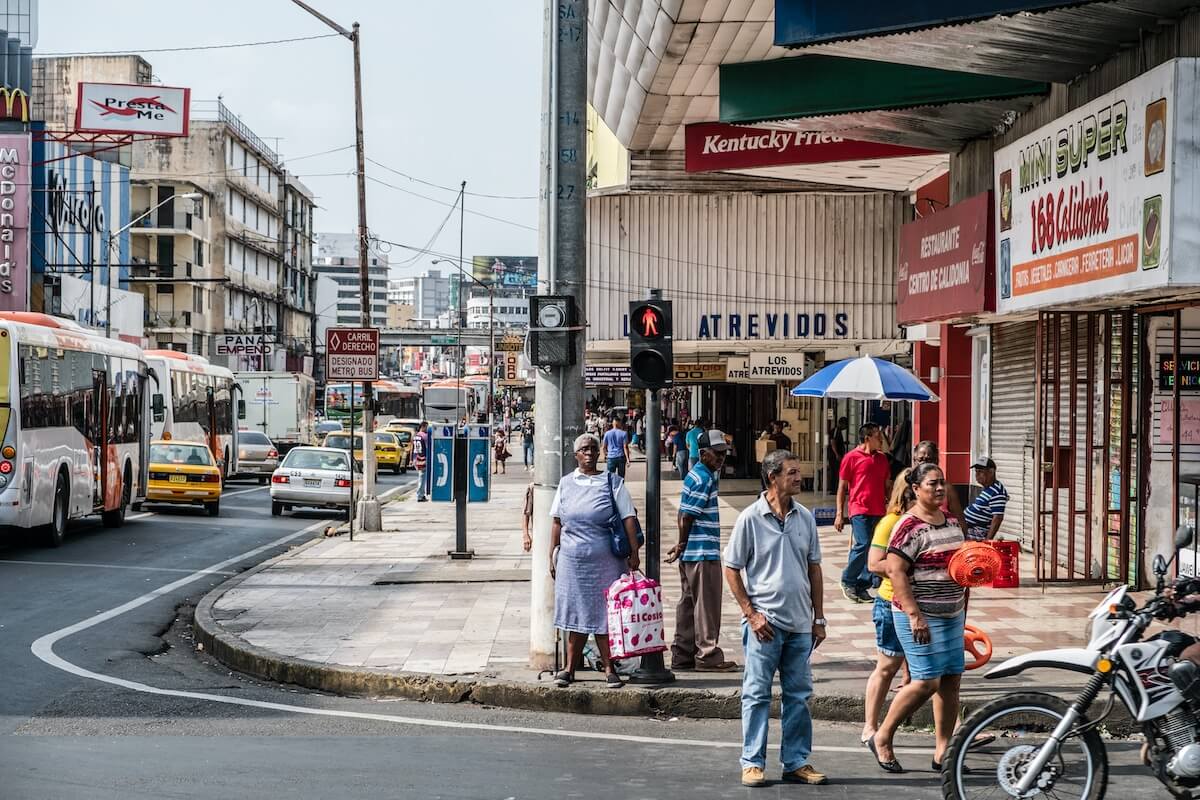
Understand the Artisans Of The Indigenous Tribes of Panama
Reprosa is a boutique gift shop that offers insight into the art and techniques of the indigenous tribes of Panama. They are “experts in exact reproductions of pre-Columbian indigenous artifacts and Spanish colonial coins found at archaeological sites.” The shop has three locations in Panama City– San Francisco, Casco Viejo, and Costa del Este.
For over four decades, Reprosa has worked with artisans in rural areas, providing them an outlet for selling their art which includes pieces carved in tagua and cocobolo exotic wood, baskets and masks woven in the Darien, the famous molas from Guna Yala, ceramics, dolls, clothes and accessories, among other crafts. A 90-minute tour of the workshop will explore the art of reproducing precolombine indigenous crafts and Spanish colonial coins, under an agreement with the National Institute of Culture (INAC).
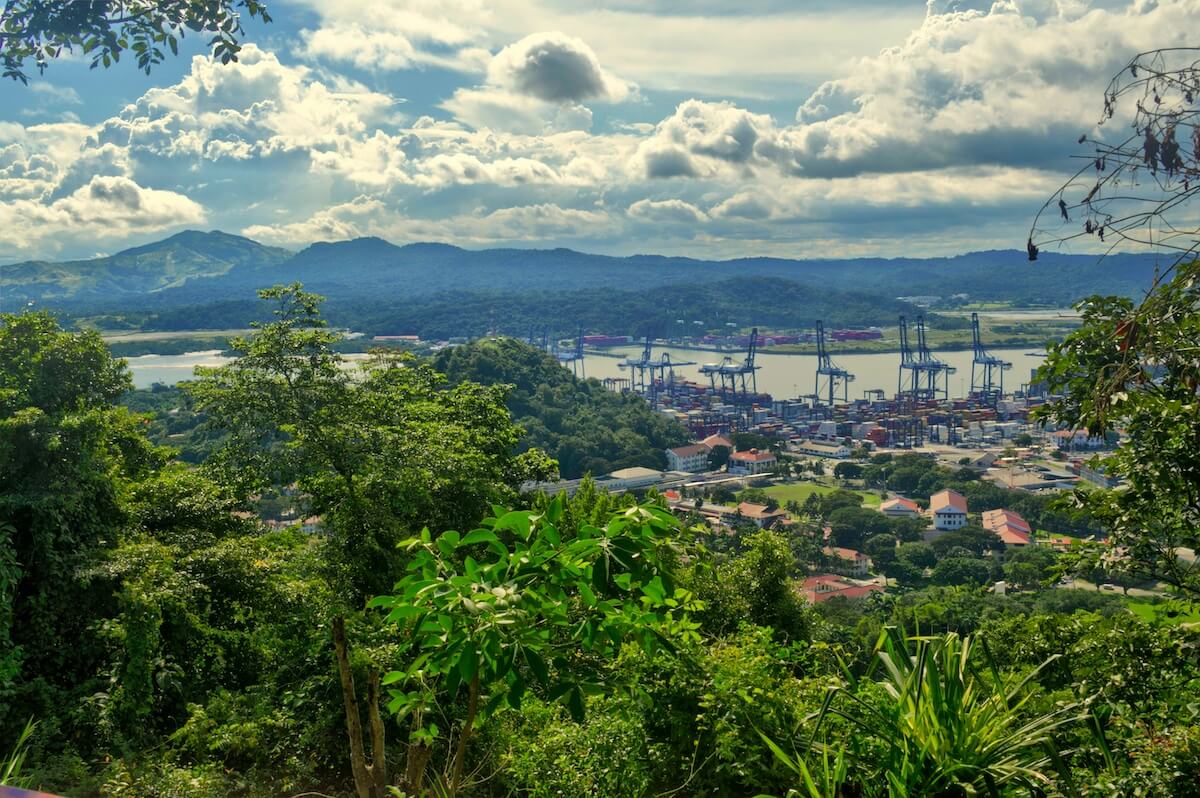
Check Out Metropolitan Natural Park or Ancon Hill
If you are in the city for long you will notice a giant Panamanian flag waving high on a hill. That’s Ancon Hill and the flag is actually made in New Jersey, but the experience the flag represents is all Panamanian. Only about 500 feet above sea level, you can pay the $4 entrance fee and then take a 30-minute hike up to what is arguably the most stunning view of Panama City.
There are several trails that will lead you to the top and the paradoxical experience of standing in a jungle with howler monkeys screaming and looking over one of the most sophisticated cities in Latin America. After the hike, you might want to stop by Mi Pueblito, which is a crafts market located on Ancon Hill. The market is like a mini village, with little plazas, churches, fountains, and colorful folklore shows.
Take A Panama Detour With Joey
If you’re up for a gritty and fascinating “real” city experience, book a four-hour “detour” with Joey Bonura of PTY Life. Originally from the States, Joey has made Panama his home and knows where to find the best experiences for anyone interested in seeing the non-tourist side of Panama.
You might find yourself walking for miles through the city, stopping occasionally to sip Panamanian Geisha coffee or true Panamanian rum at Pedro Mandinga. You might go dancing at a rooftop club or go for a more historical tour through the UNESCO heritage site of Casco Viejo. He’ll even show you how easy it is to use the only subway system in Latin America.
Take A Drive To Costa del Este
Panama City offers great neighborhoods that you might want to check out, but for you to understand Panama and how it’s robust economy, built on a services sector, is developing, take the time to check out the area of Costa del Este. When you are in downtown Panama City proper, you can look out and see these tall skyscrapers off in a section all their own. It’s sort of a Wizard of Oz moment when Dorothy finally sees “the city”, but you’ll quickly realize that is the heart of the multinational corporations that account for much of the business growth.
Costa del Este offers everything anyone would need from specialty grocery shops to Spanish language lessons; upscale restaurants and stunning views from multi-million dollar homes. It won’t take long, but it’s worth it to see Panama’s future in this planned community with wide boulevards and underground wires, international hospital and the only American football field in Panama. Everyone is represented in Costa del Este and it tells you a lot about who Panama is as a welcoming country.
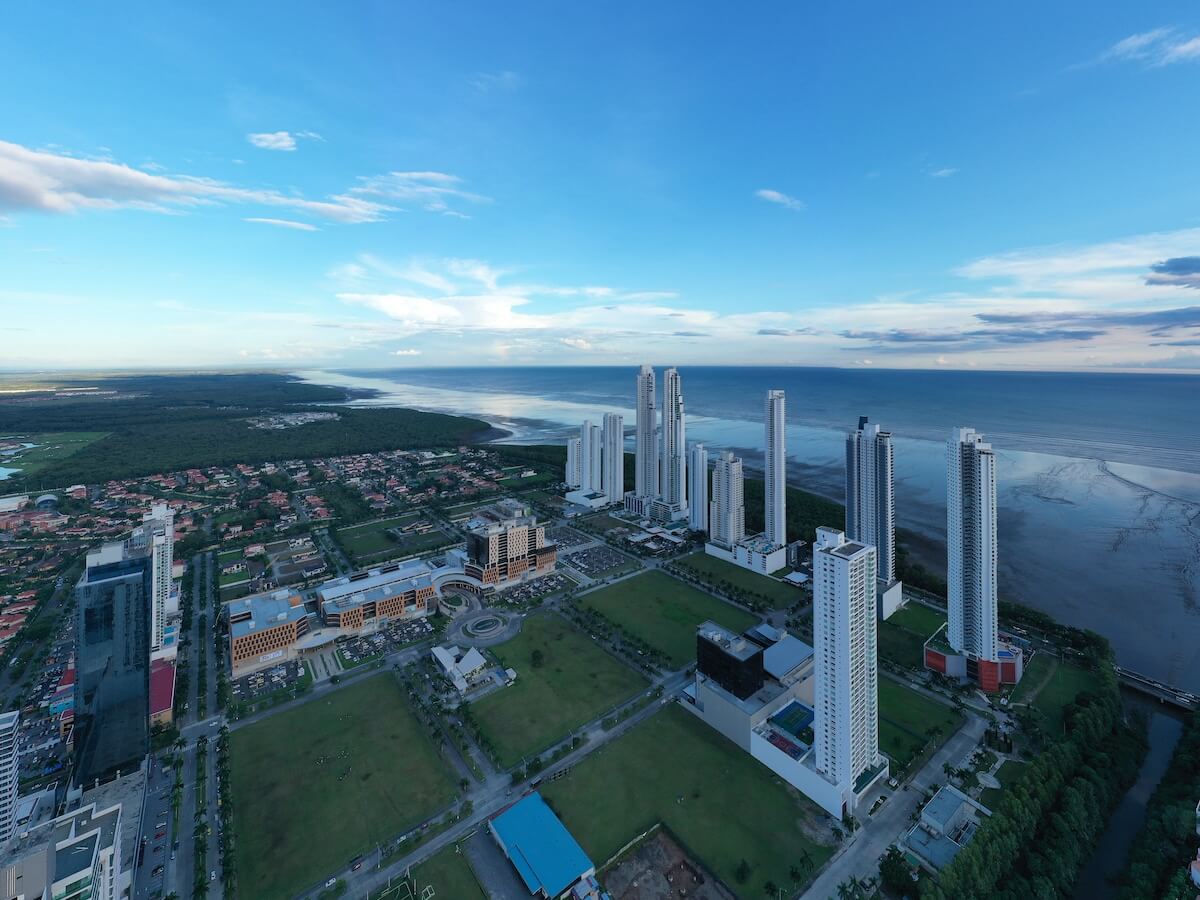
Drive a Golf Ball in Santa Maria
Just beyond Costa del Este is the gated upscale community of Santa Maria. Be prepared to be impressed. If you can book a night at the Santa Maria Hotel– which gives you entrance to the ultra exclusive Santa Maria Golf Club– do it. Otherwise, you can’t get past the entrance gate much less onto the par-72, 18-hole Jack Nicklaus designed course. The Santa Maria Hotel is a luxury destination in its own right, with gorgeous local art, high-caliber restaurants, and a pool area you won’t want to leave.
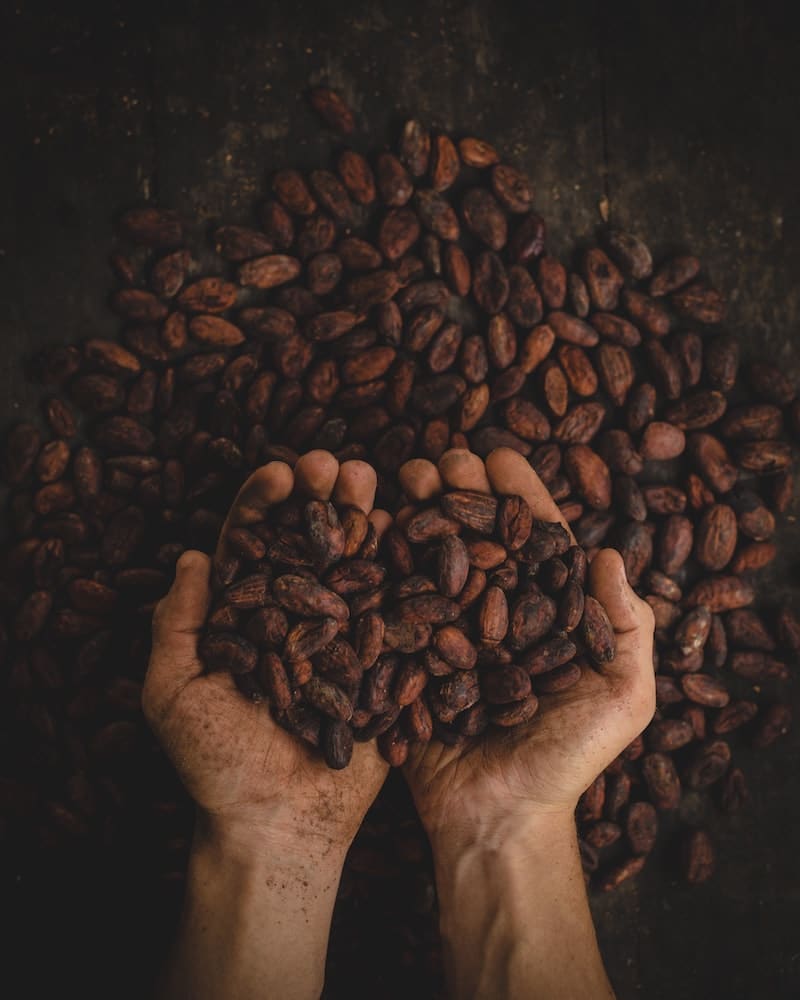
Buy the Chocolate; Buy the Coffee
For years, Panama has been quietly making some of the best chocolate and coffee on the globe. They are now beginning to receive world recognition. Panamanian coffee just set the record for the most expensive coffee in the world at $1,021 a pound. It’s the fourth year in a row that locally grown coffee has been named the world’s best so it’s less of a secret than the chocolate.
Until very recently, 95% of the chocolate produced in Panama was exported to Europe or the United States. The remaining 5% was consumed mostly without being attributed to having been locally grown and manufactured.
Panama grows over 400 tons of cacao on about 1,000 eco-friendly farms. The wet tropical air and shady areas in and around Bocas del Toro are perfect for growing cacao. To reach the final product, there are many steps that are both challenging and labor-intensive.
Drop by the American Trade Hotel in Casco Viejo and pick up a bag of coffee and a few fabulous bars of chocolates. You can also get a fancy box of Panama chocolate, hand-painted pieces at Oro Moreno at Vía España, Edificio Domino, Panama City.
Go Back 500 Years
Panama Viejo, a UNESCO World Heritage site, is where the Spaniards established the first European settlement on the Pacific over 500 years ago. Casco Viejo long ago eclipsed Panama Viejo, but take a walk around or take a tour to learn about the site’s founding and why it was abandoned. Did Captain Morgan burn down the town or did the Panamanians? There is a nice museum worth a look and remember to leave time to visit the National Handicraft Market (Mercado Nacional de Artesanías) which is right next door. You can get all kinds of traditional souvenirs such as Panama hats, woven masks, molas and jewelry.
Lose the Tourists, Shop Mercado 5 de Mayo
Follow the Guna Yala people, wearing their traditional clothing of leggings, bright colors and maybe a little body paint to Mercado 5 de Mayo where you’ll find other locals selling everything from fruits to art and jewelry. Plan your trip with some friends as it’s not in the best section of the city, but if you want great souvenirs at a great price find your way there by spotting the pink containers under an overpass. The really nice part is you’ll probably be dealing directly with the artists so what you pay is what they get.
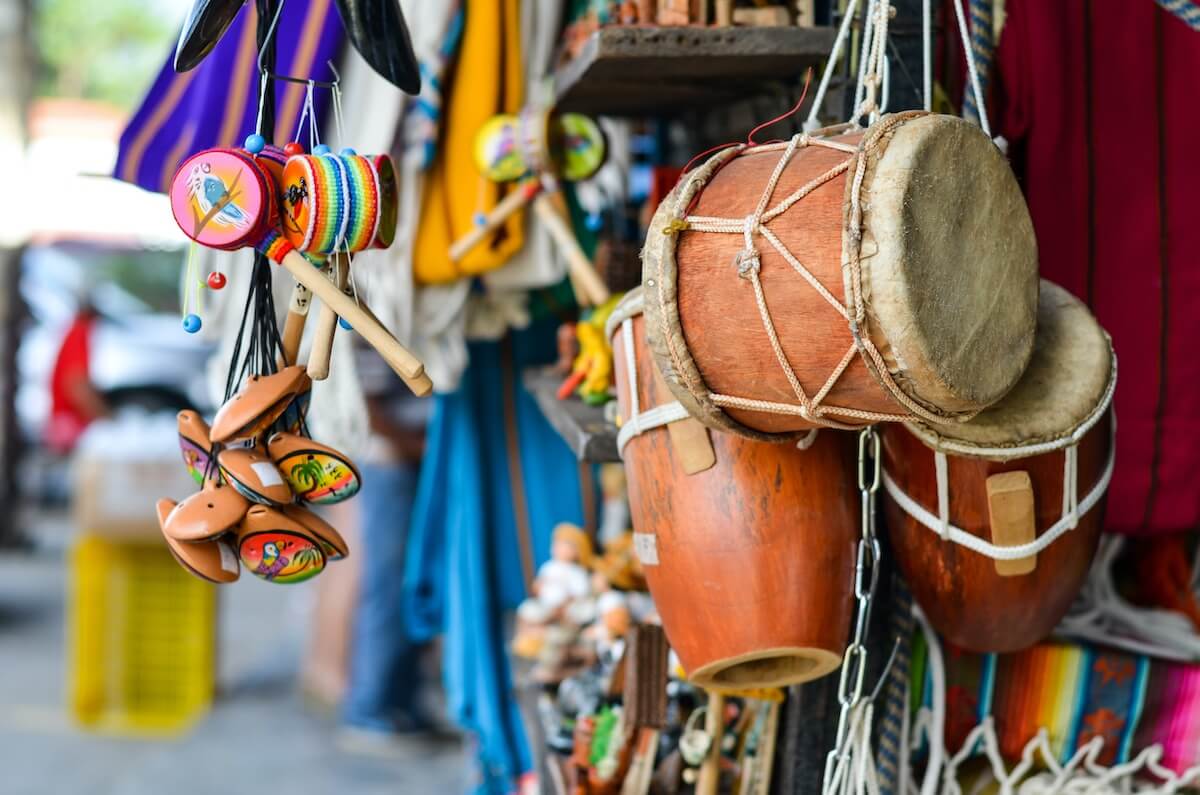
The Panama Canal
No trip to Panama would be complete without taking in the engineering marvel known as the Panama Canal. There are many ways to see and learn about the Canal and it’s important for you to weigh the options to know exactly how you’d like to experience it first hand.
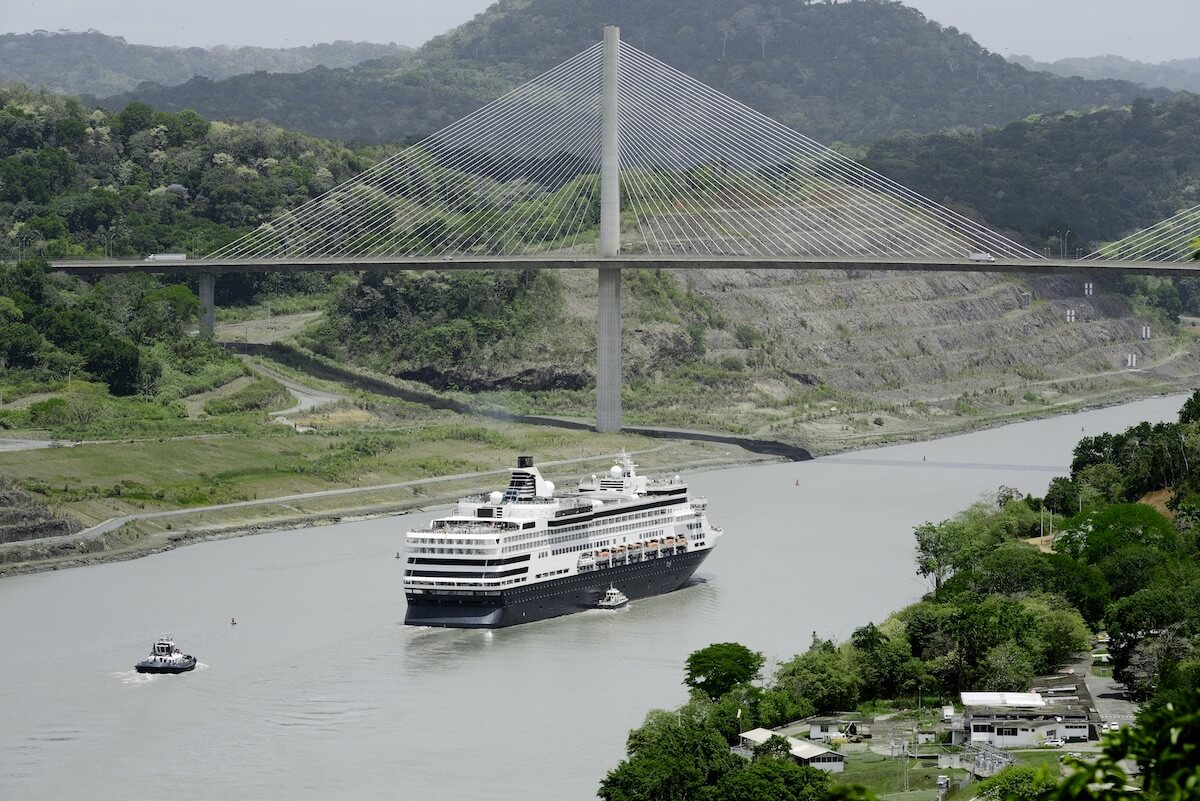
The Full Transit
This is a long and expensive way to see the Panama Canal, but it’s certainly worth the 10-11 hour investment and somewhere between $200 to $250 per adult, depending on the food provided. Children receive a discount. Nowhere else will you be able to start at the Pacific Ocean and arrive at the Atlantic Ocean all in the same day, without getting on a plane. Pack your sunscreen and comfortable shoes and be on the Amador Causeway between 6:00 and 7:00 am to embark on your adventure. The tour company will tell you exactly when and where to be by text as they don’t get clearance until 4-5:00 am.
You’ll start out in the Bay of Panama and will cross under the Bridge of the Americas and sail past other vessels waiting their turn to go through the canal. You’ll be up close and personal as you first navigate the Miraflores Locks while watching how the locks work perfectly to raise and lower the large ships.
Over a buffet breakfast, a bilingual guide will provide you with facts about the canal and Panama. Because that is where the Canal Visitor’s Center is located, you’ll wave and smile at the onlookers as you rise and lower. Next you’ll navigate the Pedro Miguel Locks and then pass through the Corte Culebra (snake cut), under the Centennial Bridge and on to Gatun Lake.
You’ll be more than ready for the buffet lunch when it’s served. Gatun Lake is where you will be able to see the pristine rain forests, sloths, monkeys, toucans and the Smithsonian Tropical Research Institute. The third set of locks, the Gatun Locks will take the boat down 85 feet where you’ll meet the Atlantic Ocean and the Caribbean. It is understandingly awe inspiring. On to the city of Colon and docking at the cruise terminal where a bus will take you back to the Amador Causeway. Drinks, snacks, meals are all included, but you’ll be ready for solid land and maybe a cocktail on the causeway. If you have the time and money, do it, you won’t regret it.
Panama Canal Partial Transit
To save time and money—six hours and $180—you might want to commit to a partial transit of the Panama Canal as opposed to going on the Atlantic Ocean. You start like the full transit, out into the Bay of Panama, under the Bridge of the Americas and into the Miraflores Locks, waving at the people on the Visitor’s Center balcony, pass through the Pedro Miguel Locks and the Corte Culebra, but your tour will end at Gatun Lake.
You have the opportunity to see how the locks work and marvel at the engineering feat, but you will not go from the Pacific Ocean to the Atlantic Ocean in one day. It only takes about 45 minutes to return to the Amador Causeway from Gamboa, where Gatun Lake is located. You’ll still need sunscreen and good shoes, but lunch and snacks will be provided. On some days the partial transit goes in the other direction and you begin and end in Gamboa, but that will be relayed to you when you book your tour.
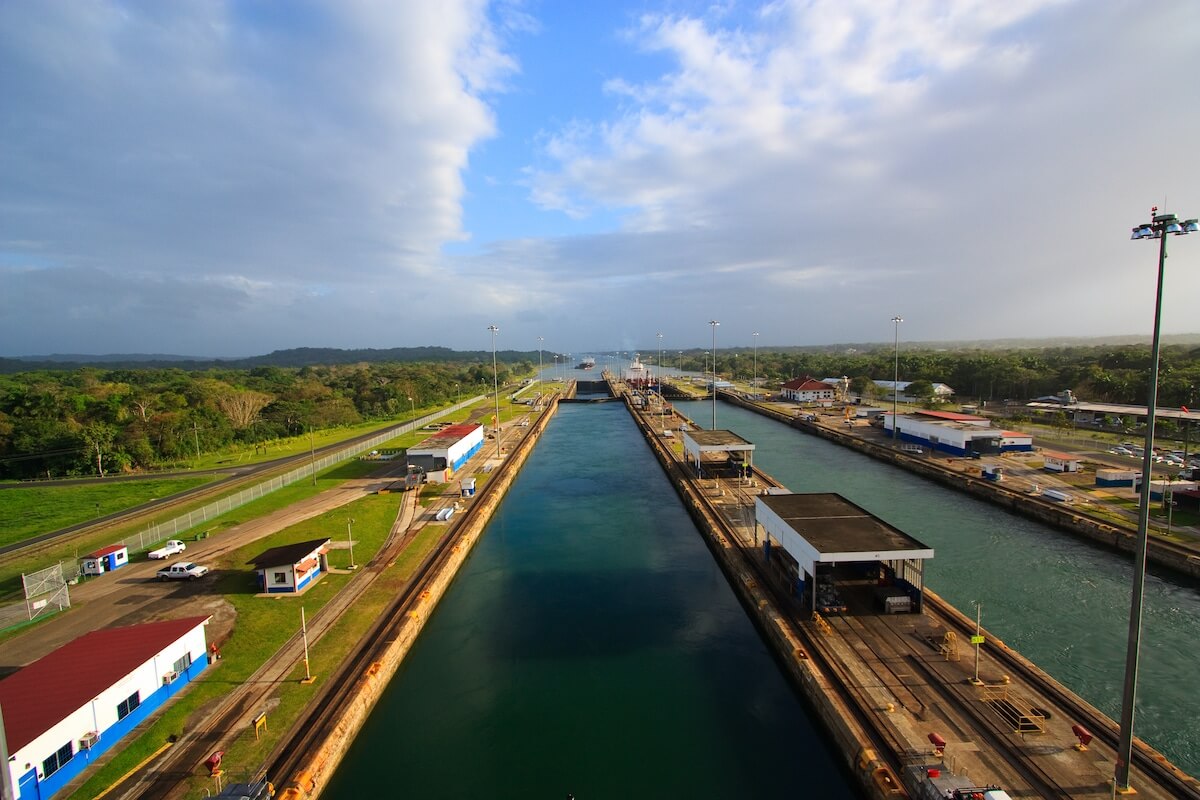
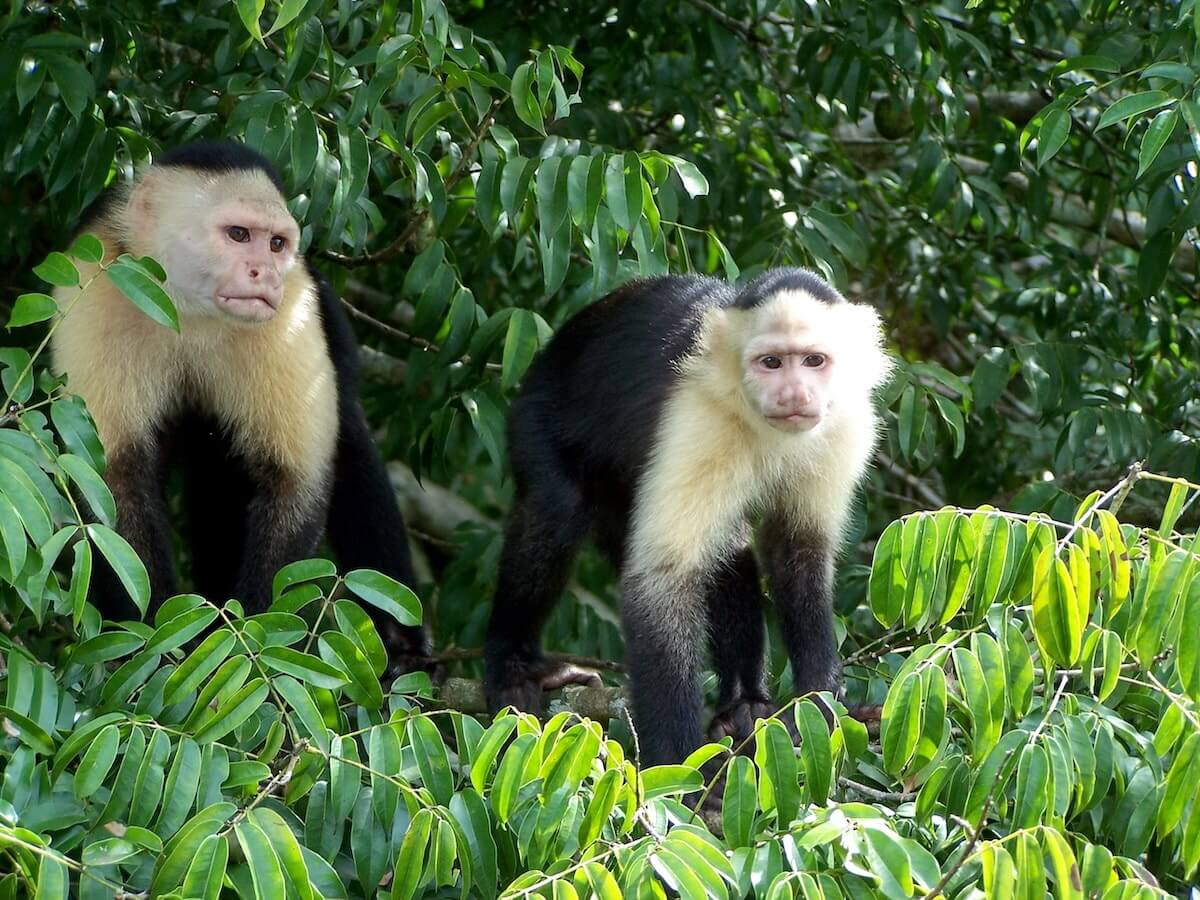
Gatun Lake Boat Tour With Monkey Island, Agua Clara Locks and San Lorenzo
No question there is a lot of down time on both the full canal and partial canal tours. One option to eliminate that is to opt for a different way to experience the Panama Canal. Gatun Lake is a huge (264 square miles), man-made body of fresh-water and it plays a vital role in the functioning of the Panama Canal.
Tours take passengers out into Gatun Lake and close to the huge container and cruise ships transiting the canal. This type of tour will not take you through any locks, but it does allow for individuals to witness the canal from the water. When Gatun Lake was formed, hundreds of small islands were formed and from there the rich biodiversity of Panama flourished. The tour takes advantage of that and will take you to Monkey Island where the Howler Monkeys, Capuchin Monkeys and Tamarin Monkeys live and interact with tourists in their natural habitats.
You will also come up the Chagres River, which is the only river in the world to discharge into two different oceans. The tour normally includes a picnic lunch, a bus ride to the city of Colon and the Atlantic Ocean on the Caribbean side of the canal. There, you’ll observe the Aqua Locks from a second Visitor’s Center and then on to San Lorenzo, a Humanity Heritage Site by UNESCO. These ancient ruins recall the Spanish occupation of Panama and is now a national park. As you are taken back to Panama City you will pass under the Atlantic Bridge, the third bridge spanning the Panama Canal and the longest suspension bridge in the world. This tour will take you nine hours, but it will be a day to remember.
Rainforest, Embera Indigenous Village
A less strenuous option is to take a tour that is more cruise centered and not requiring several boat disembarks and hiking. Monkey Island is well experienced from Gatun Lake as is much of the rainforest and birds. The Embera are indigenous Indians in Panama and they have opened their village for tourists to see how and why they live a much more off the grid experience. They often meet the boat and take tourists up the Chagres River in dug-out canoes that have been motorized. They serve lunch, point out stunning waterfalls and spot all kinds of creatures in their natural habitat. Of course, you will experience the Panama Canal and the transiting ships from Gatun Lake. Usually this will be a full day of approximately eight hours.
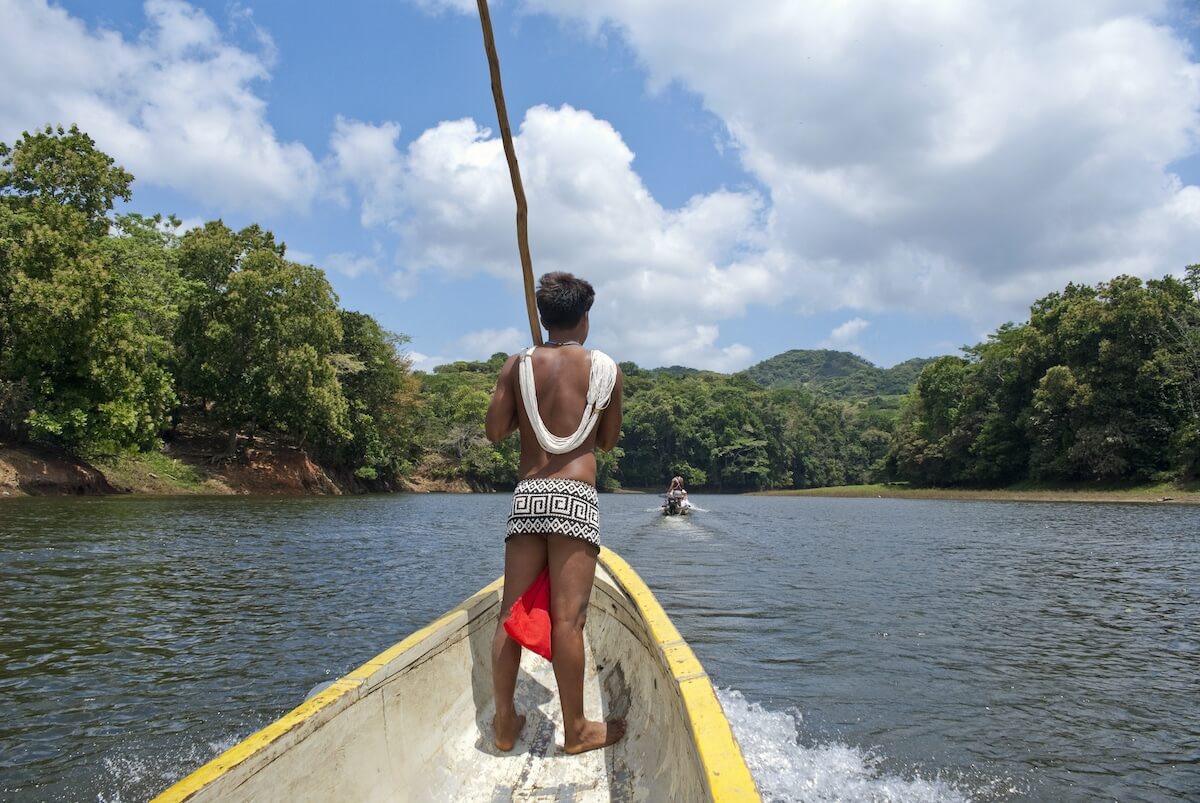

Dining And Training With A Canal View
If getting on and off a tour bus is not your style, you have two options of experiencing the Panama Canal while enjoying a great meal. The Panama Canal has two visitor centers—the Agua Clara Visitor Center and the Miraflora Locks Visitor Center.
The Miraflora is the larger of the two and is in Panama City. It directly overlooks the first set of locks and from the balcony you can see how the boats are brought up or down to sea level.
There is a museum which is very informative as well as a short film about the construction. One of the nicest things about this Visitor’s Center is the Atlantic & Pacific restaurant. At lunch there is a buffet from 11:00 am to 4:00 pm and in the evenings, the options are actually tasty and fresh. Not something you always get when it’s also all about the view.
Make a reservation and ask for a table on the large balcony if possible so you can have dinner and watch the boats go through the locks. If you are going for dinner try and get there a bit early as the $15 entrance fee is included when eating at the restaurant. If the larger balcony isn’t available the smaller one is also nice.
The Agua Clara Visitor Center
The Agua Clara Visitor Center is in Colon and offers a better view of the expansion, the Caribbean, and Gatun Lake. Atop the center is the “Dining Room” which is a real restaurant with good food and exceptional views.
If you are staying in Panama City, getting to Colon will take over an hour, although you can take the Panama Canal Railway leaving the station at 7:15 am (do not be late—it’s the only thing in Panama that is always on time) and you arrive in Colon exactly one hour later.
Take a self-directed tour, check out Colon, go to the Visitors Center and learn about the canal, take the short rainforest trail and see sloths, howler monkeys and toucans which is located at the center. Then buy some souvenirs, have lunch and take the train back to the city leaving the station at 5:00 pm. The train ride is exquisite and expensive—$25 each way so $50 round trip, but you go through the rain forest, along Gatun Lake and the Panama Canal. You may opt to take the train one-way and return to Panama City by bus for about $4 if you don’t want the reverse train experience.
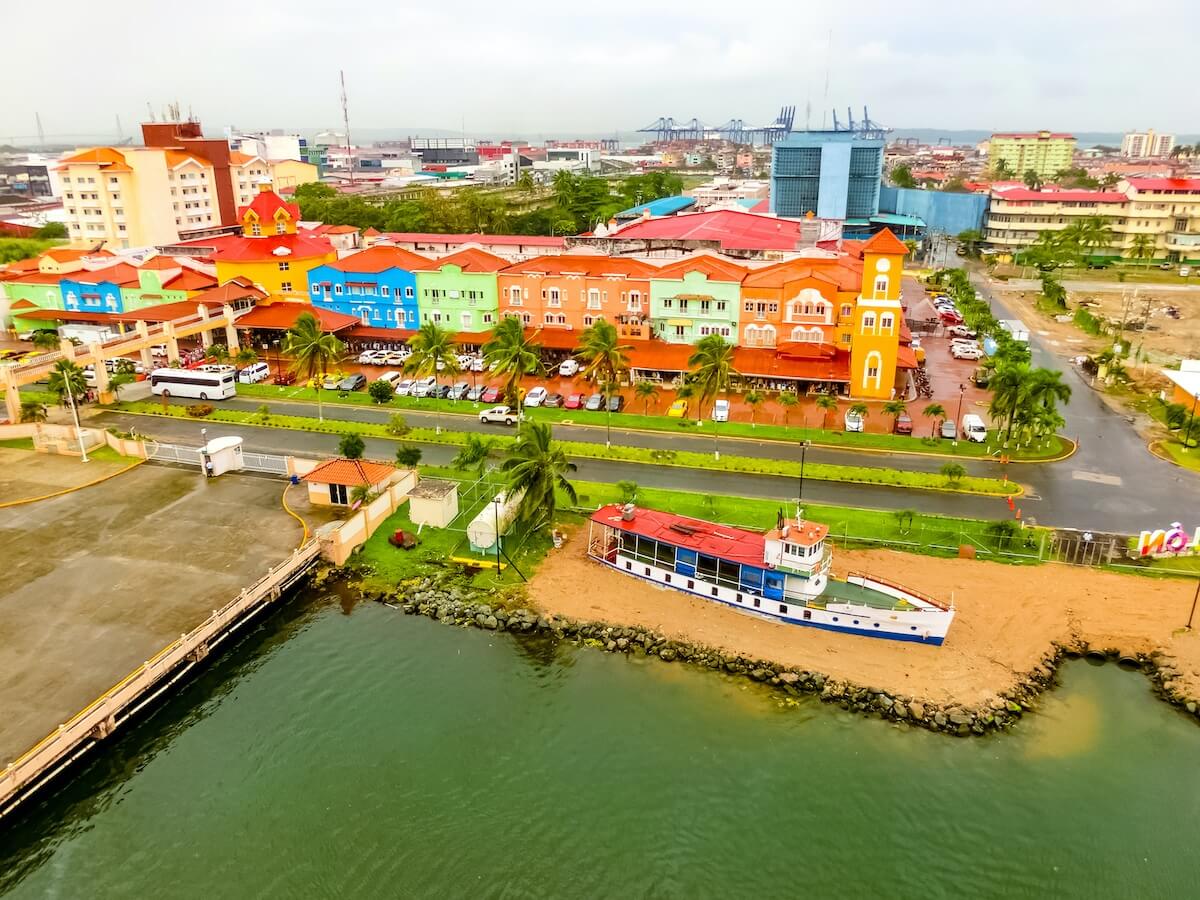
Museums & Other Attractions
Panama is a small country, but one with a rich heritage. Most museums are located in the capital of Panama City, but there are others such as Guna Culture Museum in San Blas that covers the traditions, customs and mola design process. Other “museums” are living and breathing and labeled a National Park or UNESCO World Heritage site. These are attractions for the mind.
Click any museum below for a drop-down of more information.
Biomuseo
One of the most recognizable structures in Panama, the Biomuseo interactive museum is dedicated to illustrating Panama’s importance on the natural history and ecology of the Western Hemisphere and the world. Dedicate a half day to explore not only the museum, but the surrounding park.
The Mola Museum
The Mola Museum—Located in Casco Viejo, the MUMO pays homage to the traditional textile art form made by the Guna indigineous group of Panama. One hundred and eighty-three molas are on exhibit as well as how they are all made by hand and what they mean in terms of spirituality.
The Museum of Contemporary Art
The Museum of Contemporary Art—The MCA collection is substantive with over 700 works from primarily Panamanian artists, but also from Latin America and other areas of the world. With over five decades of exhibiting and 70 years of collecting, this museum is very important to Panama’s history.
Weil Art Gallery
Weil Art Gallery—Not exactly a museum but the well curated art found in the father and son run gallery is impressive. Opened in 1979, the Weil offers top-quality contemporary art and works by the indigenous Wounaan, Embera and Guna. They also provide Panama’s only art-auction.
Punta Culebra Nature Center
Punta Culebra Nature Center—This hands-on nature center, is run by the Smithsonian Tropical Research Institute. No other city on the planet could provide such incredible exposure to a mix of marine and amphibian exhibits through interactive exhibits, a park with walking trails and exposure to Panama’s 200 different types of frogs and various sea turtles.
Panama Canal Museum
Panama Canal Museum—Located in Casco Viejo, this museum is devoted to the history of the construction of the Panama Canal starting with the French construction attempt, the completion by the United States and the transfer to Panamanian control in 1999. Photos tell most of the story, but there are artifacts as well.
The National Theatre of Panama
The National Theatre of Panama—It took four years and $15 million but in October 2019, the refurbished gem that is the National Theatre of Panama was reopened. It is a stunning piece of Italian architecture which was originally the home of cloistered nuns, then a military barracks and finally the building was reimagined as a theatre for the Panamanian people in 1904. Regularly scheduled tours are conducted as well as productions from the Panama Ballet Company, theatre performances and orchestras.
The Panama Canal Interoceanic Museum
If actually getting to the Panama Canal is out of reach for whatever reason, stop by the Panama Canal Interoceanic Museum in Casco Viejo. Guided tours are available with an entrance fee of $10. There you will find the history behind the canal, it’s meaning in the world and why Panama is so important for the movement of goods. Be sure to stop by on the top floor and take in the remarkable collection of photos from over 100 years ago.
The Afro-Antillean Museum
The Afro-Antillean Museum—Built in a former Christian Mission Church constructed by Barbadian workers, this museum celebrates the contributions of West Indian migrants who first came to Panama around 1850 to build the Panama Railway, but then joined the workforce at the Panama Canal.
Casa Góngora
Casa Góngora—This is the original home of Paul Góngora, a Spanish pearl merchant, and it is of significance because it contains much of the original features of the home including original woodwork, doors and chandeliers. It is a peek into the Colonial period of Panama and is now owned by the Panamanian government and opened as a museum and exhibition space for Panamanian artists.
House Museum
House Museum—This museum was opened in 1983 and sponsored by the Banco Nacional showing the contributions of banking to Panama. Exhibits include Panamanian numismatic collections, Panamanian stamps and showing historical aspects of banking in Panama, from its beginning in the 19th century to the present day.
The City of Knowledge Interpretation Center
The City of Knowledge Interpretation Center—The history of Fort Clayton, the Southern military presence of the United States in Panama is highlighted here and emphasizes the different stages of its development, the evolution of its architecture, the connection between the place and the history of Panama, especially the push-pull relationship with the United States. This area is worth a trip just to see how internationally connected Panama is with rest of the world and how education, research and innovation is valued.
Religious Colonial Art Museum
Religious Colonial Art Museum—Dating back to the early 18th century, the former St. Dominic of Guzman’s Chapel houses the most complete collection of colonial religious art in Panama. Roaming exhibitions add to the local collection and are often from Europe and Latin America.
Panama Viejo Museum
Panama Viejo Museum—When Panama was established in 1519, the city center was not in Casco Viejo, but about 4.5 miles away to an area that could be better fortified by building a wall. Today the grounds serve as a reminder just how many times the isthmus was challenged because of it’s advantageous geography.
Panama History Museum
Panama History Museum—If you want to see the original Panama flag this is where you’ll find it! Think Betsy Ross, but the name is Maria Ossa de Amador. The museum takes the three periods in Panama’s history and tells the story from 1501 to present.
The Museum of Freedom and Human Rights
One of Panama’s newer museums, the Museum of Freedom and Human Rights asks Panamanians and the world “to look to the past for what we have done and to look to the future for how we can improve to provide better basic rights for all.” The museum’s first exhibit was Human Rights: Mine Yours And Everyone’s.
Where to Stay in Panama City
Most big name traditional hotels are represented in the capital city including the W, Waldorf Astoria, Eurostars, JW Marriott, Hilton, Intercontinental, Le Meridian, Hyatt and Hilton and located in the financial and business districts. There are more than three hundred places to stay in Panama through AirBnb ranging from a hammock for $10 a night to $300 a night for a three bedroom home on Tabaga Island. There are however, some traditional hotels to consider as they offer something just a bit different.
Hotel Bristol—A member of The Leading Hotels Of America, Hotel Bristol is considered to be one of the most elegant hotels in Panama City. Guests enjoy a full-service spa, pool and one of the best restaurants, Salsipuedes, in the city. Panama’s rich architectural heritage is reflected in throughout the hotel and the extensive art collection is from local and Latin American artists.
JW Marriott Punta Pacifica—The Marriott Corporation has a large presence in Panama, but one property stands out and that is the JW Marriott in Punta Pacifica located in the 70-story tower with sweeping views, an infinity pool on the 13th floor overlooking Panama Bay and the towers of Costa del Este. There is also a top-notch restaurant Tejas which creates lovely dishes with a Panamanian flare. Fresh seafood from Panamanian waters is highlighted but the menu is wide-ranging. Enjoy a nice meal, a glass from the well curated wine offerings in Tejas’ outdoor terrace high in the sky. Also unique to this property, the Ocean Sun Casino is located on the 65th and 66 floors with over 600 slot machines, 37 game tables, a pool bar on the 66th floor and an upscale restaurant with live shows and impressive buffets.
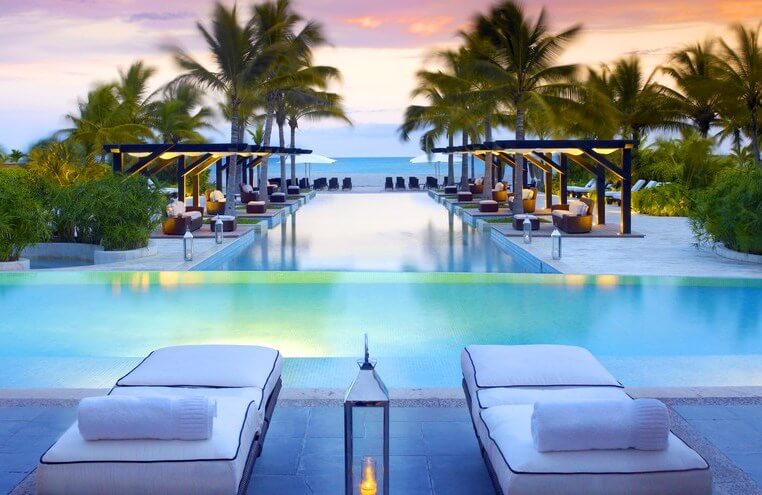
Hard Rock Hotel Panama Megapolis—With over 1,400 rooms and suites, four restaurants and five bars, the Hard Rock is billed as a “family friendly” resort in the middle of the city center. Connected to the Majestic Casino Multicentro which occupies two floors above a shopping mall, this hotel connects you with pretty much everything. The float pool offers stunning views, the food options are also endless, the spa is world class and you can add the breakfast buffet to the room and get $25 back to spend at the casino. Live music every night.
The Bird House—A uniquely designed home in the Gamboa section of Panama City overlooks the Panama Canal and offers stunning views of the rainforest and the ships queuing up to make the transit. A 10-meter pool is off the main room along with outdoor eating and barbecue areas. With 25-foot ceilings, this three-story home offers four bedrooms, three and a half bathrooms, a gourmet kitchen and sleeps seven in a total of 5,000 square feet of space. It is offered for $247 a night and has a four-night minimum. The owners will arrange for a car service or a private chef if desired.
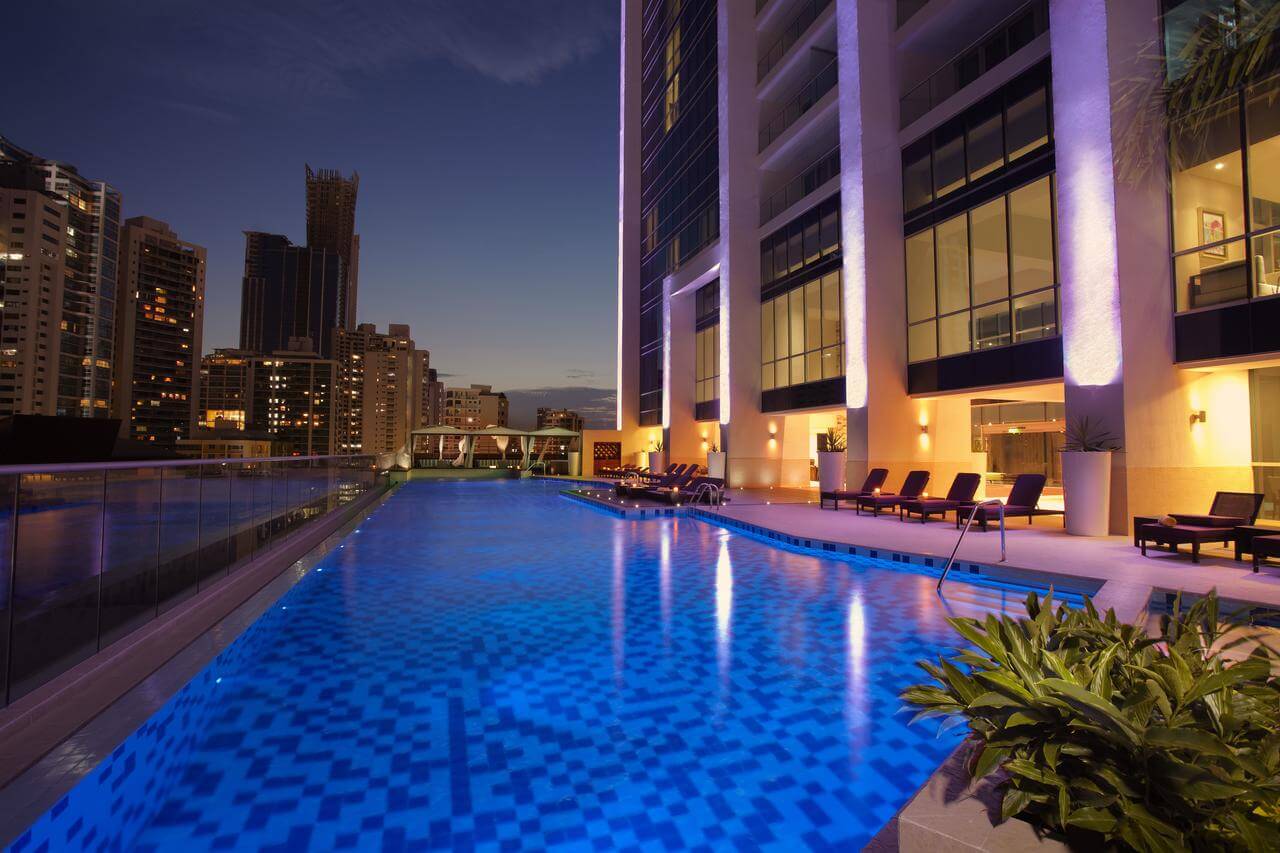
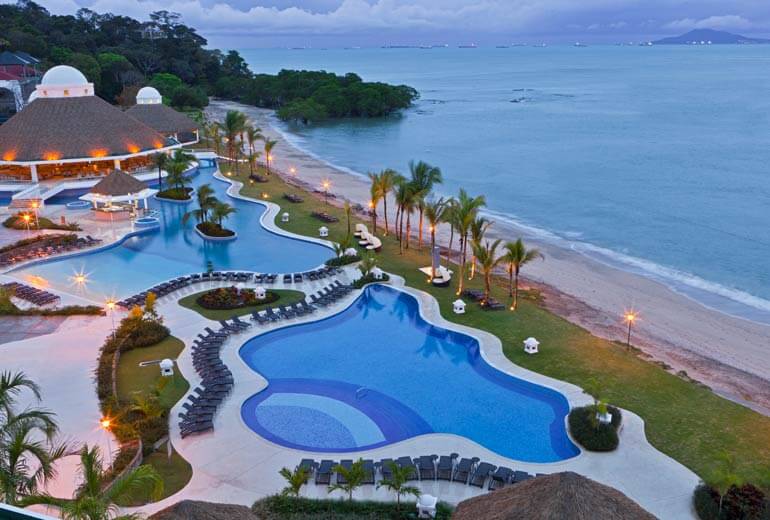
Westin Playa Bonita—Not exactly located in Panama City, but close enough to have it all in one location. The resort is located on the closest beach to the city—about 20 minutes away and over the Bridge of the Americas.
Multiple pools, steps from the beach, a world-class spa, bars and nightlife, a variety of restaurants ranging from an Argentine steakhouse to sushi as well as an all-day rotating buffet. With the Westin, you can feel relaxed overlooking the Pacific Ocean and the Panama Canal and yet you are less than a $10 ride into Casco Viejo for an amazing culinary experience.
In Casco Viejo
Casco Viejo is technically part of Panama City, but it feels like a different world. This UNESCO World Heritage site is actually “old Panama City” and it still sports the colonial look and feel of its past. Today, it is the top tourism destination in Panama after the Panama Canal, and home to some of the best restaurants and nightlife in Latin America.
As a tourism hotspot, there are plenty of places to stay in Casco Viejo. From trendy hostels always buzzing with young people to artfully restored colonial-era apartments, there is something for every traveler. Here are a few of our favorites worth mentioning.
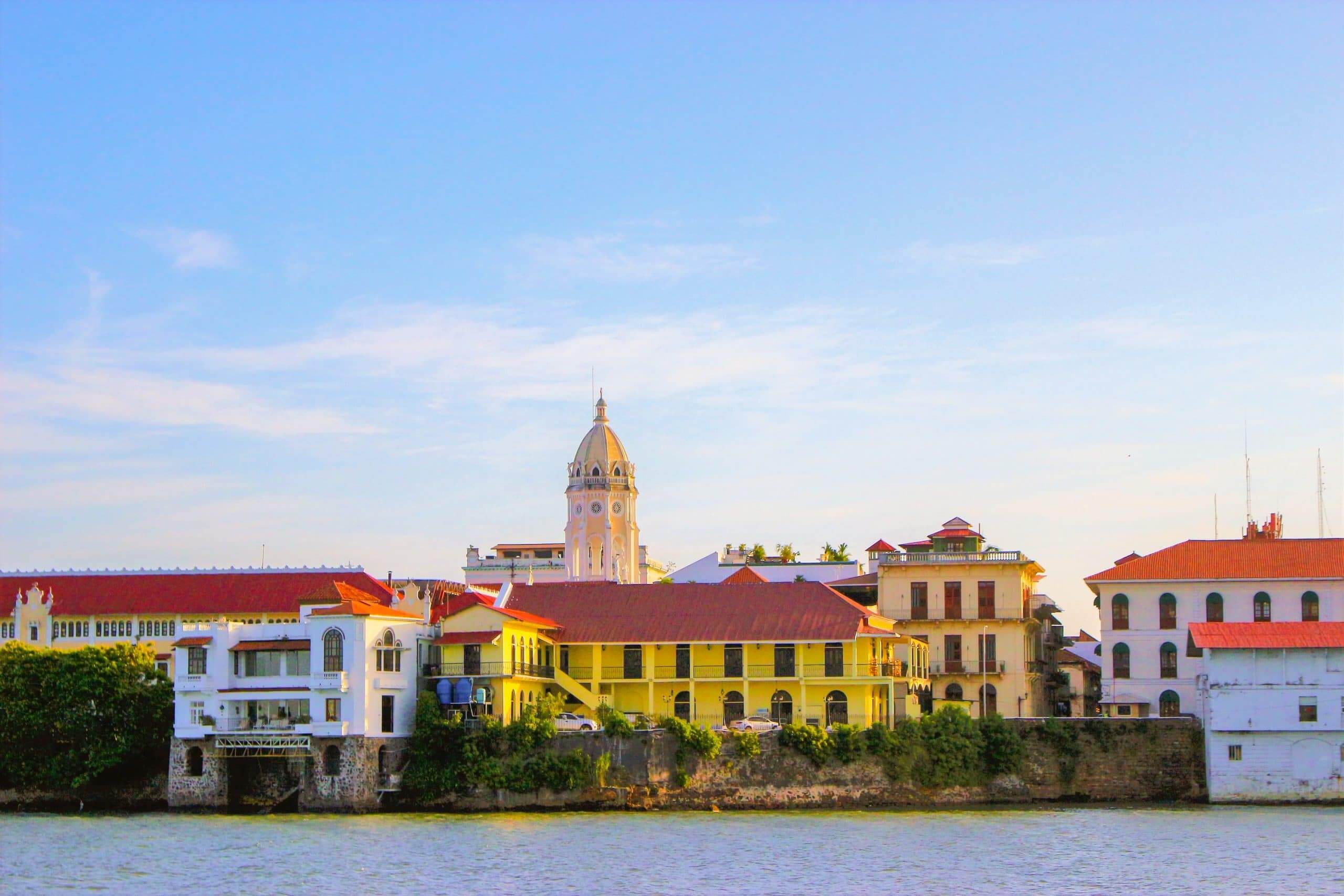
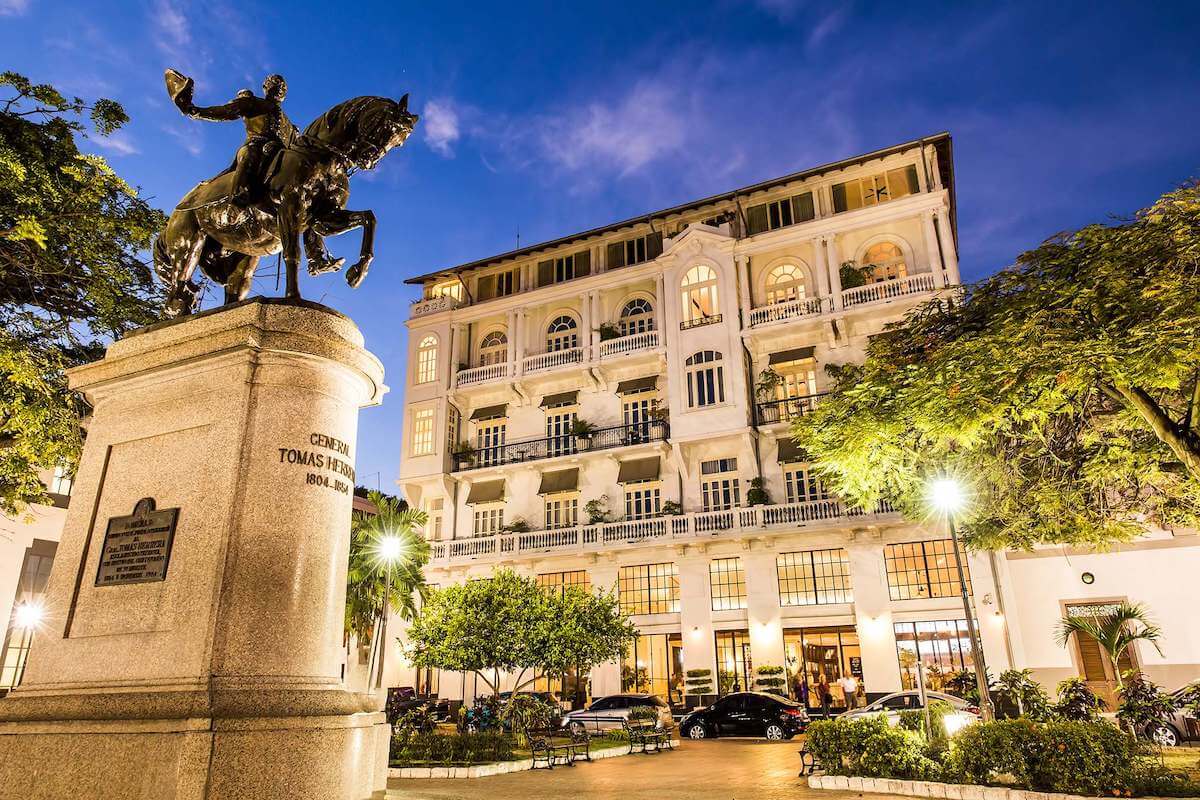
American Trade Hotel—This exclusive property mixes history with luxury along with a commitment to detail. The wooden floors in the rooms are made from logs taken from the Panama Canal and the hand-painted tiles are uniquely those of Casco Viejo. The American Trade Developing Company building was built in 1917 just after the opening of the Panama Canal. It was Panama’s first “skyscraper” and home to the Bank of New York and a department store located on the first two floors. Panama’s first upscale modern apartments were located in the building.
Walk in today and you know how old Panama must have been during the heady days of the canal’s opening. The high ceilings and distinctive interior design go well with the central restaurant, sweeping bar and even the Jazz Club located down below. Check out the American Trade Hotel, even if you can’t check-in. Rooms start at $241 a night with access to the roof top pool and spa.
Central Hotel Panama—This hotel represents a wonderful come-back-from-the-ruins story. In 2013 feral cats and the homeless were the only inhabitants of this once grand structure. Opened in 1874, it was the first hotel in Panama and looked out at the beautiful Plaza de la Independencia. The hotel quickly became the meeting place for the French who were building in Panama Canal and then the US president Theodore Roosevelt.
When the new century rolled in, the Central Hotel was recognized for its European sophistication and high-end American services. A complete renovation that strictly followed the original French design was completed and today deluxe rooms and suites are offered beginning at $159 a night. Breakfast is included, there is a spa, valet parking, rooftop pool and bar and an upscale Argentinean steak house
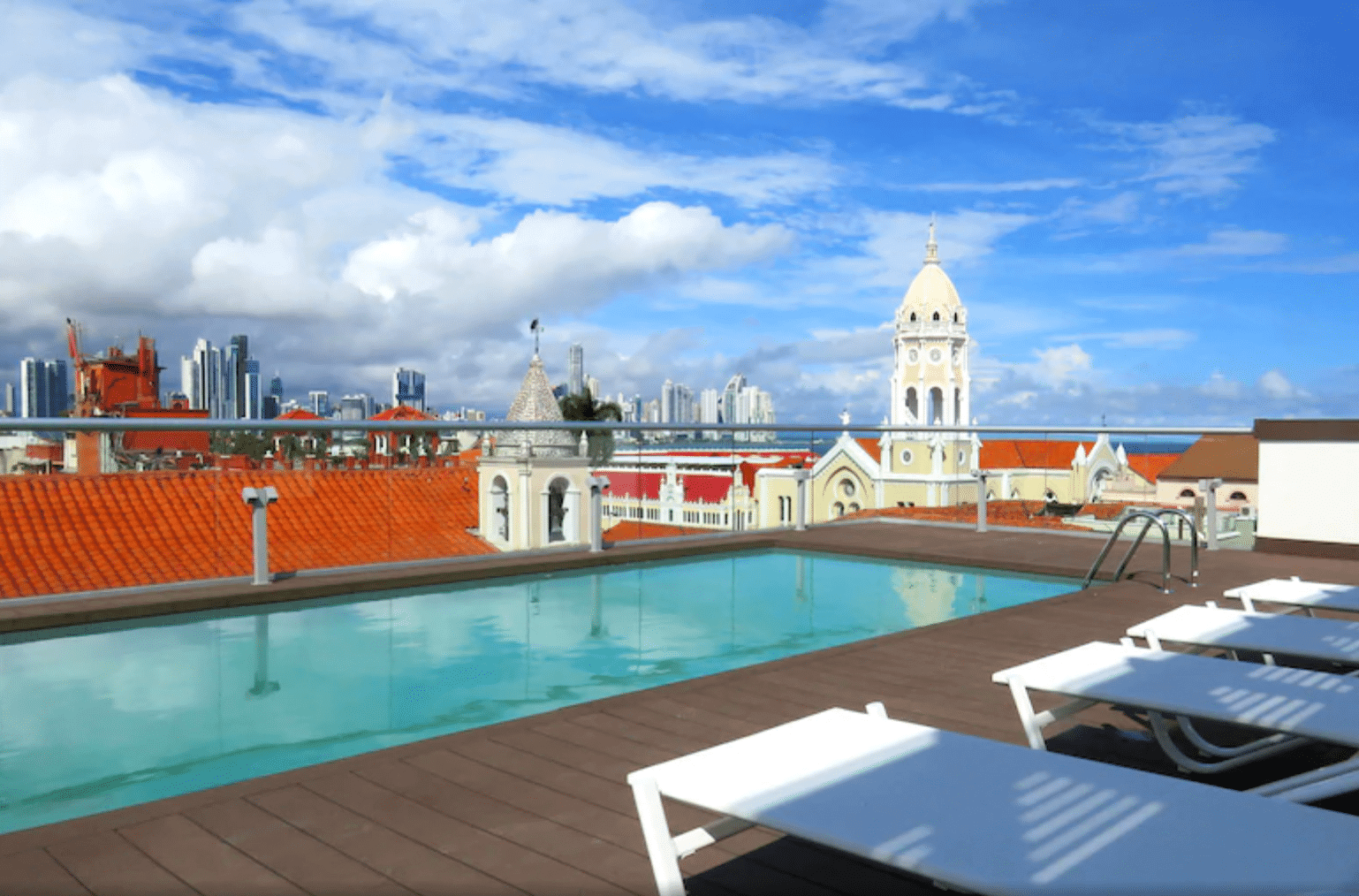
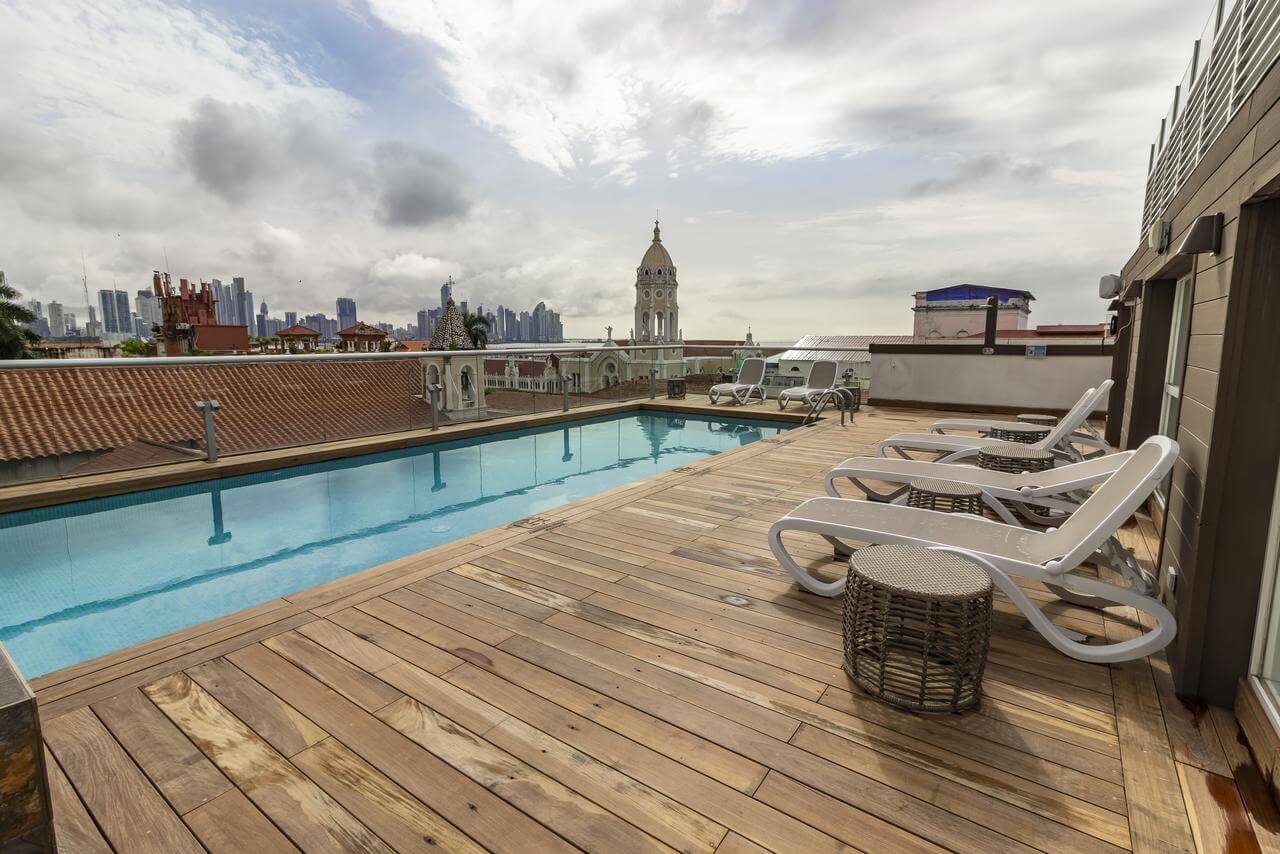
Magnolia Inn Boutique Hotel & Hostel—The restored mansion is not as luxurious as the Central Hotel or the American Trade Hotel, but it is unique in that it is both a hotel and a hostel. There are 16 hotel rooms and six dorm rooms running around $96 a night to $135 for the private penthouse. You have the option of using the communal kitchen as you would normally in a hostel or you can eat at the hotel’s restaurant. They will also arrange for a private chef. Unlike most hotels where the social spaces are formal, the Magnolia Inn maintains spaces for all guests much like a hostel.
Tourism Outside of Panama City
After you’ve had your fill of urban adventures, it’s time the leave the city and see what else Panama has to offer. With beaches on two different coastlines, evergreen mountains, and rainforests filled with biodiversity, you will have your choice of options.
Panama has several popular tourist destinations outside of Panama City, with varying levels of development and accommodations. You can stay in a world-class resort or you could sleep in a hammock in a bungalow over the sea. You also have a wide range of activities to choose from– from exciting adventures like surfing or zip-lining to more laid-back pursuits such as bird-watching, leisure hiking, and yoga resorts. Because these activities are so plentiful and accessible in Panama, it’s common for people to come and really fall in love with something new.
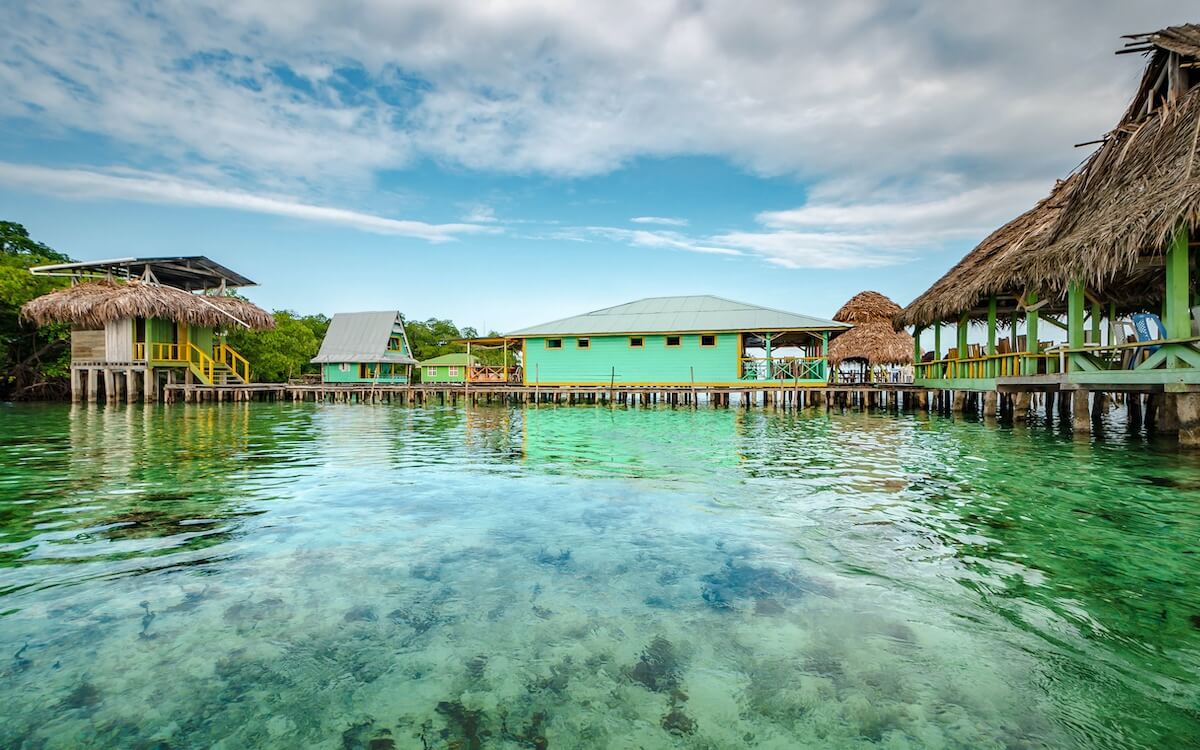
All-Inclusive Resorts in Panama
Generally you don’t hear a lot about the resorts in Panama, but they are incredibly varied and worth reviewing regardless of how you like to travel. If you want to sit by the pool, drink in hand and take in the view while looking forward to dancing the night away and not worrying about dinner because everything is included — Panama has plenty of those.
There is a cluster of hotels and resorts located on the white sand beaches near Rio Hato that offer packages that can include everything from meals to golf, unlimited bar and water sport activities. Rio Hato is about two hours from Panama City, and it has its own international airport to serve the influx of expats and visitors to the popular surrounding beach areas and all the resorts.
These huge properties are a favorite of charter vacationers, especially flying in from Toronto. Sunwing, a Candian airline offers round-trip air, transportation to and from the airport, plus three meals a day, snacks, liquor, use of non-motorized water sports, daily activities such as a kids club and nightly entertainment, starting around $1200. Going to the more upscale is JW Marriott, at around $1400, without all meals. Depending on the resort, you can also just book a room direct and dine in any of the many restaurants in and around the area.
Riu Playa Blanca—Situated directly on the Pacific Ocean, there are three pools and a children’s recreation area with a fourth pool. Both buffet and themed restaurants are on site as well as water sports, beach access and nightly entertainment. It’s all inclusive starting at $78 a night per person.
Playa Blanca Resort—This resort is known for having the largest saltwater pool in Central America and it is exceptionally large providing areas for all types of water sports including jet skis pulling banana boats. There is direct beach access and both buffet style and ala carte restaurants are on site and covered in the all-inclusive pricing. Rates begin at $87 per person per night.
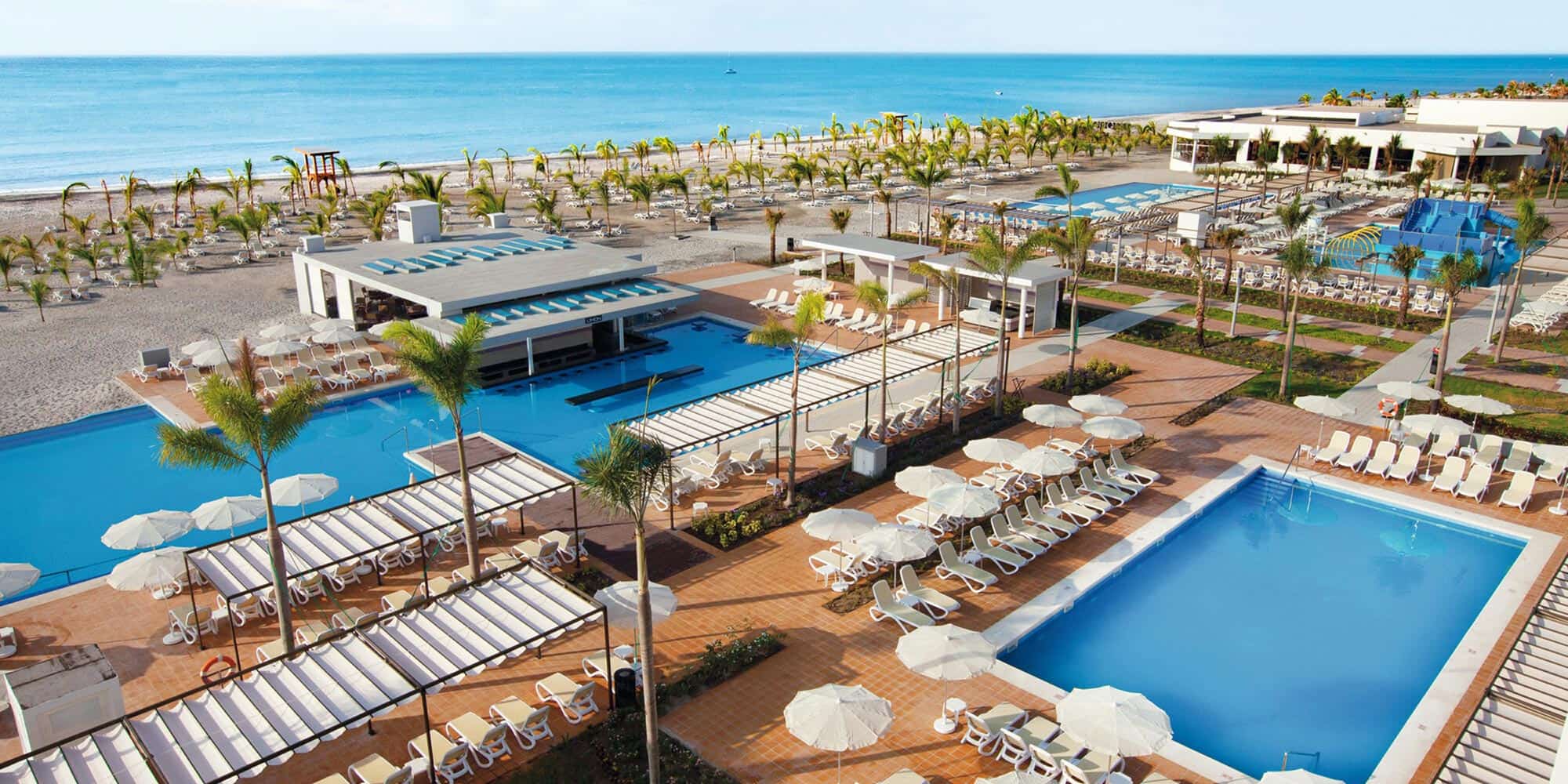
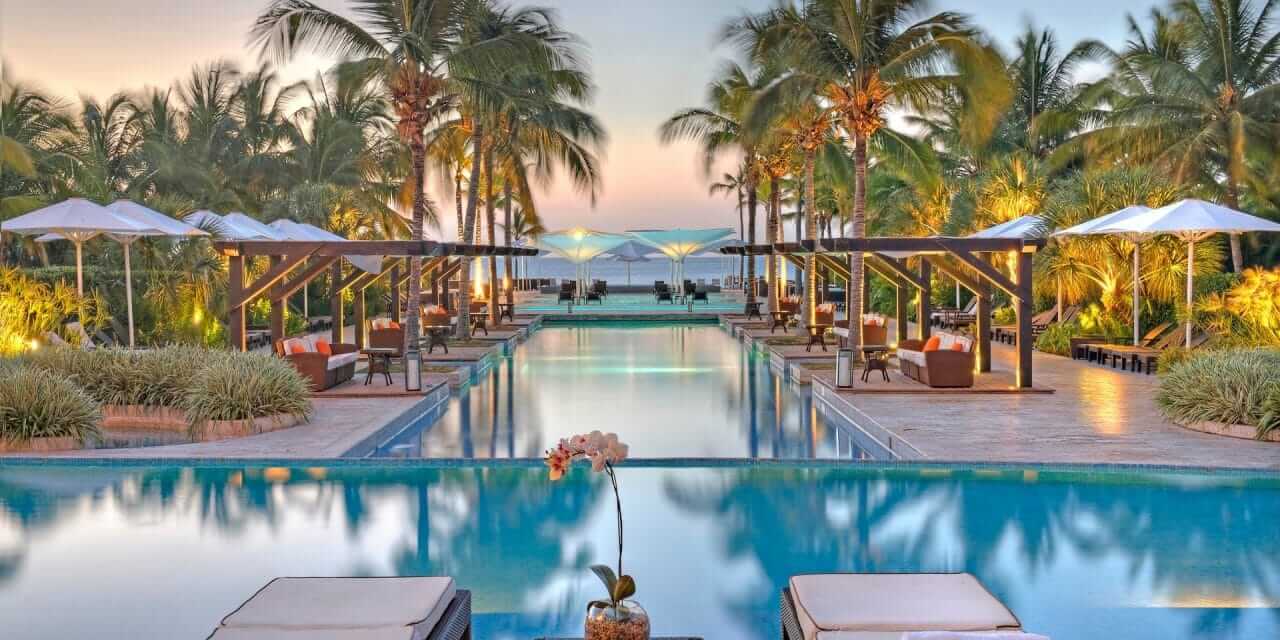
The Buenaventura Golf and Beach Resort—This resort is high-end and typically doesn’t offer all-inclusive packages, but on occasion Marriott will include food and activities.
Situated on 1,000 acres there are five pools, steps from the Pacific Ocean, a high ropes course, tennis courts, and a world-class golf course designed by Jack Nicklaus. There is a swim-up pool bar, Japanese sushi and teppanyaki restaurant, Hoyo 19 at the Golf Club and several other dining spots including a pool menu and international offerings. Rooms start at $183 a night with a full buffet breakfast included for two adults and two children. Consider booking through the Marriott Vacations Site, which includes the room and round-trip air. For example, from Miami flight and hotel is $987 per person for a seven-night stay.
Royal Decameron Panama—This resort is called a complex because it has 852 rooms, nine restaurants, 11 bars and six pools. Of course, there is a Kids Club, a spa, an 18-hole par 72-golf course, all types of water sports, Pacific Ocean access, alcohol, nightly entertainment and unlimited snacks and appetizers. They even offer the opportunity to go “All Inclusive Plus” giving guests “just a little more!”
Sheraton Bijao Beach Resort– One of the oldest all-inclusive resorts in the Rio Hato area, features seven pools and four restaurants, a spa, a kids’ club, free internet, and even fireplaces in the rooms. The beverages flow freely, but you may incur an extra charge for one of the more upscale restaurants and premium drinks. The private beach is lovely.
Dreams Playa Bonita—Much closer to Panama City than the all-inclusive resorts in Rio Hato, is Dreams Playa Bonita in Veracruz. This all-inclusive has 11 sea-side towers spread on the shores of the Panama Canal and the Pacific Ocean. There are eight dining options including four ala carte restaurants and pool and beach bars. There is a world-class spa and lots of water activities for children and adults. Rates start at $131.50 per person including all taxes and gratuities.
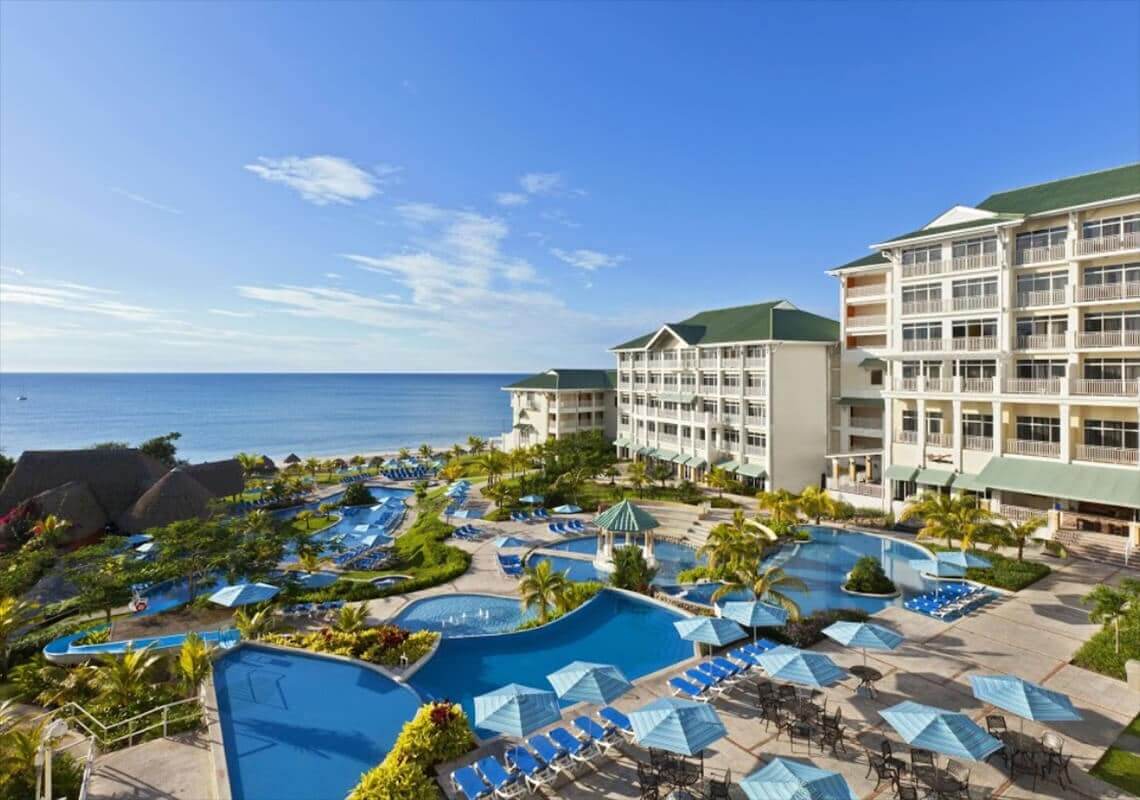
Unique and Exquisite Resorts in Panama
Select any of the following resorts for a drop-down of more information.
Tropic Star Lodge
Tropic Star Lodge has been named “the best fishing resort in the world” and has set more fishing world records than any other resort tracked by the International Game Fish Association. Tropic Star is accessible by boat or plane and is located 150 miles southeast of Panama City in the remote Darien jungle, but don’t worry about the details, everything is taken care of in advance.
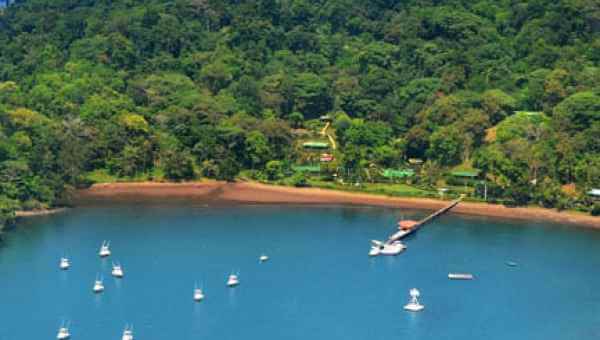
With a fleet of iconic Bertram fishing boats, Tropic Star provides endless days of black marlin, sailfish, tuna and blue marlin fishing, just to name a few types of fish caught there. The food is gourmet, the guides are excellent and if you consider the Kids Club, pool, spa and side adventures including jungle hiking, mountain biking, waterfalls, snorkeling, paddle boarding and village tours this resort is amazing.
Villa Caprichosa
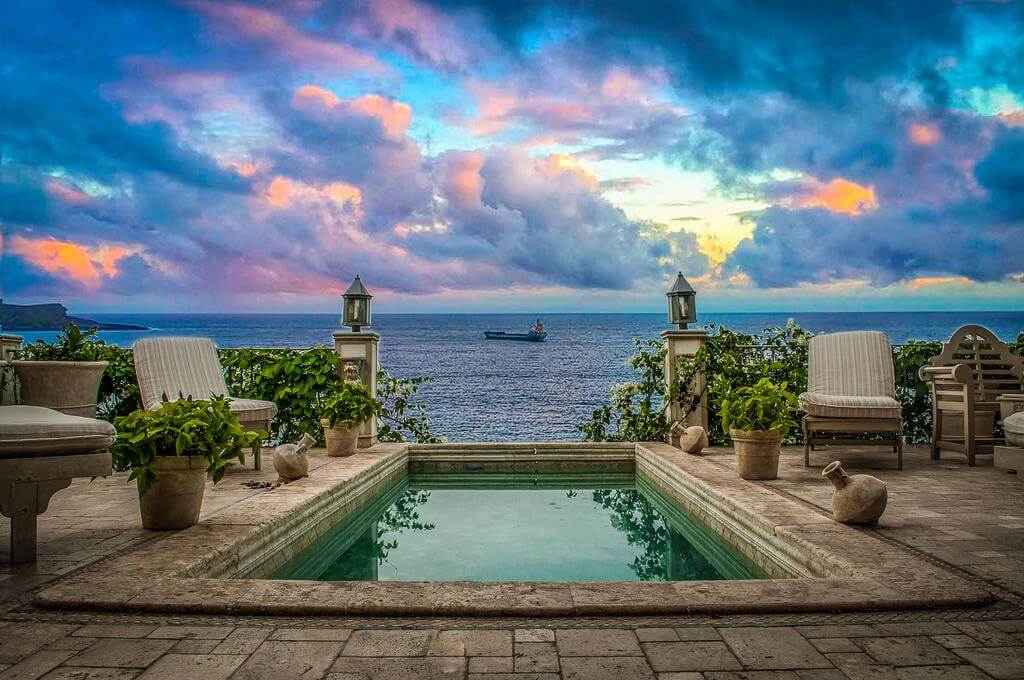
The island of Taboga, where the beautiful Villa Caprichosa is located, is a 45-minute ferry ride from Panama City. The ferry leaves from the Amador Causeway five times daily bringing day-beach goers and lucky guests checking into one of the five suites at this remarkable property. Built into the hillside with three pools, panoramic vistas and private terraces, the guests enjoy the same views as the famous French post-impressionist painter, Paul Gauguin, who lived on the island painting the views overlooking the Bay of Panama and the Panama Canal. While not inexpensive, the prices are reasonable for the offering.
Cala Mia Island Resort
 Cala Mia is an all-inclusive like you’ve never experienced before. Located about six hours from Panama City in the Gulf of Chiriqui, this beautiful resort offers different packages from yoga retreats to deep sea-fishing, scuba diving and snorkeling. But best of all there are well-appointed casitas and villas nestled among the lush landscaped gardens. Executive chefs preparing locally sourced meals with premium coffee, teas, juices and alcohol beverages.
Cala Mia is an all-inclusive like you’ve never experienced before. Located about six hours from Panama City in the Gulf of Chiriqui, this beautiful resort offers different packages from yoga retreats to deep sea-fishing, scuba diving and snorkeling. But best of all there are well-appointed casitas and villas nestled among the lush landscaped gardens. Executive chefs preparing locally sourced meals with premium coffee, teas, juices and alcohol beverages.
Islas Secas
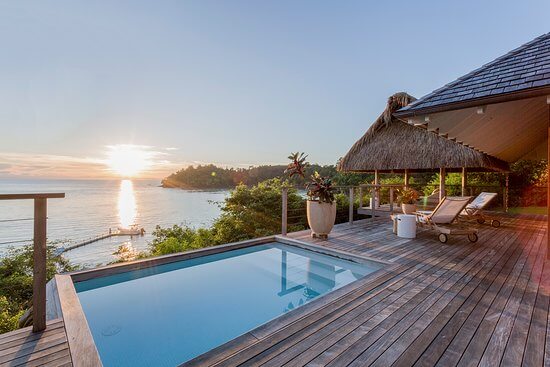
“Fourteen islands, only 24 guests, 20 miles from civilization,”—if that sounds like something you might enjoy, then Islas Secas is perfect. Reserve one, or more, of their casitas, which are nestled in tropical gardens with astounding views. Prepare to relax or prepare for adventure—whale watching, water sports, lounging by the infinity pool, scuba diving, walking on the white sand beaches, sport fishing, soaking in the quiet while reading or exploring the lush surroundings. With everything powered by natural energy, this is sustainable tourism at it’s best. You’ll be six hours away if you fly into Tocumen so take a short domestic flight to David and they’ll take care of everything else.
Red Frog Beach Resort
Located on what the Travel Channel called “One Of The World’s Best Secret Beaches”, Red Frog Beach Resort is thirty miles off the Caribbean side of Costa Rica in the archipelago of Bocas del Toro in Panama. There you’ll find upscale villas, private rooms, hillside rooms and jungle lodges ranging in price from $309 a night to well over $1,000 for a four-bedroom villa.
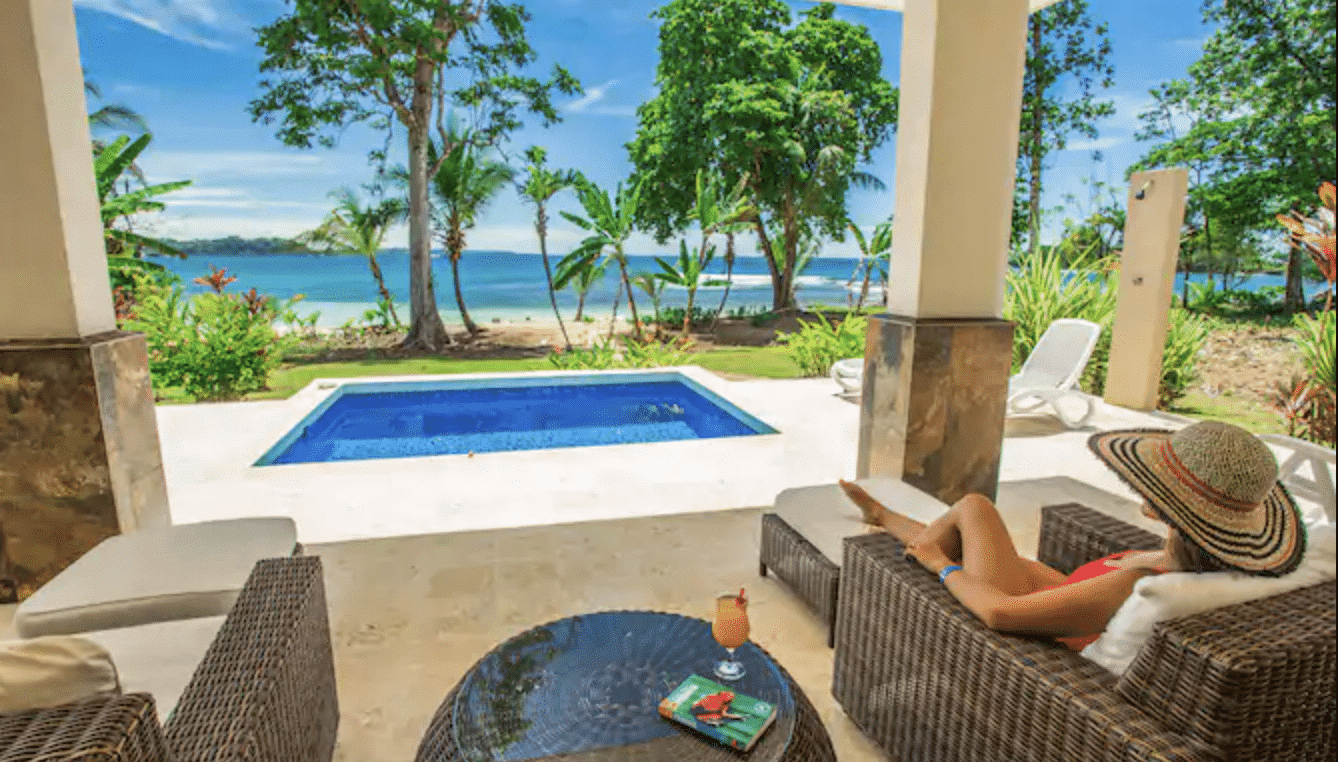
There are zip line tours, an upscale spa, stunning beaches and nature at its very finest along with a pizza shop and deli/grocery. The Beach Club Restaurant serves an omelette with fruit for $11 or a salty British breakfast for $12. A classic burger at lunch goes for $15 and island prawns in a coconut curry sauce is $26. They will arrange for a private chef to cook for you or your group if you ask.
One unique thing about Red Frog is that there is a program affiliated with the University of Minnesota to provide learning experiences ranging from one-week to two-month long internships. The students live in a dorm and complete studies with various NGOs, the Smithsonian Tropical Research Institute and Floating Doctors.
La Loma Jungle Lodge
La Loma is an exceptional resort which is strictly eco-friendly, hidden in the dense jungle of Bastimentos Island and located at one of the highest points of all Bocas del Toro. Guests will find themselves sleeping in the treetops in handcrafted bungalows tucked away under the towering rainforest canopy. There are no walls so the views are breathtaking of the verdant jungle, inhabiting wildlife and stunning water.
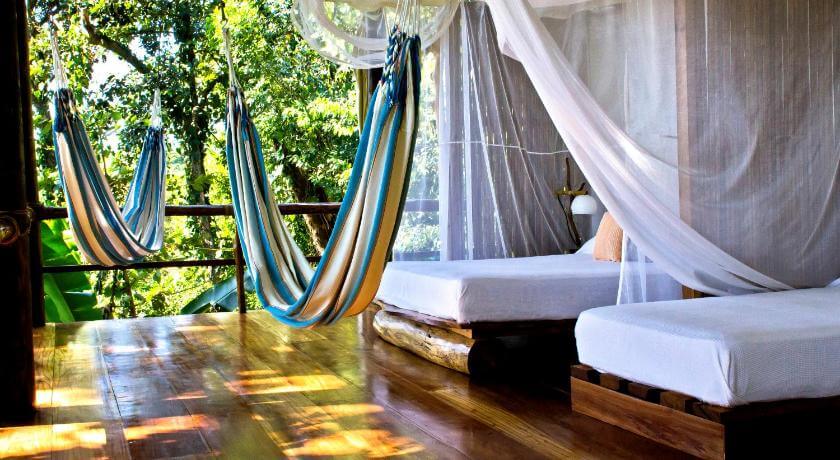
Photo courtesy of La Loma Jungle Lodge
All meals are included and come from locally sourced farms including the lodge’s own coffee and chocolate farms. Transportation in a private transport boat is included as well as daily yoga classes, binoculars, snorkeling equipment and kayaks. Wifi is available but discouraged and everything from the gourmet kitchen knocking out fresh dishes for breakfast, lunch and dinner to the hot showers is off-the-grid.” After extensive renovations, the lodge is offering “Back To Nature Deals” starting at $112.50, a 50% savings. A family of six can stay for $187.50, but children must be at least eight-years-of-age.
Palenque Island Resort
Palenque Island Resort is small, exclusive and environmentally aware. A member of the Cayuga Collection of Sustainable Luxury Hotels & Lodges, there are eight casitas and one villa providing guests an intimate encounter with nature. Everything is taken care of beginning with a high-speed boat arrival. Whale watching, paddle boarding, water activities, a tailored children’s program, a spa, infinity pool, snacks for a leisurely walk discovering the island’s seven beaches are just some of the island’s offerings. It’s almost whatever you want.

Photo courtesy of Isla Palenque Panama
Eclypse de Mar Acqua Lodge Resort

The over-the-water bungalows at Eclypse de Mar Acqua Lodge Resort are fabulous with direct access to the Caribbean Sea, but the other rooms in the lodge are also appealing. There is even treehouse accommodations. The onsite restaurant is exclusively for guests and the resort’s location on the island of Bastimentos (Old Bank) is peaceful and eco-friendly. Only seven boat minutes to the night life of Bocas Town, but most guest prefer to watch the stunning sunsets with a cocktail from the resorts prime location.
Get your PADI scuba certification, watch dolphins, visit nearby islands, zip line, get in a workout with a standup paddle board, snorkel or hike through the dense rainforest. Standard rooms start at $110 and the biggest over-the-water is around $320 per night. Breakfast is included.
El Otro Lado
El Otro Lado is a private retreat situated in an exceptional enclave of Portobelo Bay and while it is luxurious, it’s spirit is much more aligned with the native people as opposed to just providing ultimate luxury. The family who offers this retreat to guests from around the world is laser focused on protecting its history and culture.
A UNESCO World Heritage Site, it is also a UNESCO World Culture Site. Plan on enjoying the crystal clear waters of the Caribbean, eating the exquisite locally sourced fruit, vegetables and protein, and exploring the Portobelo Natural Park Rainforest. You will be only a little over an hour from Panama City, but worlds away.
Canopy Tower
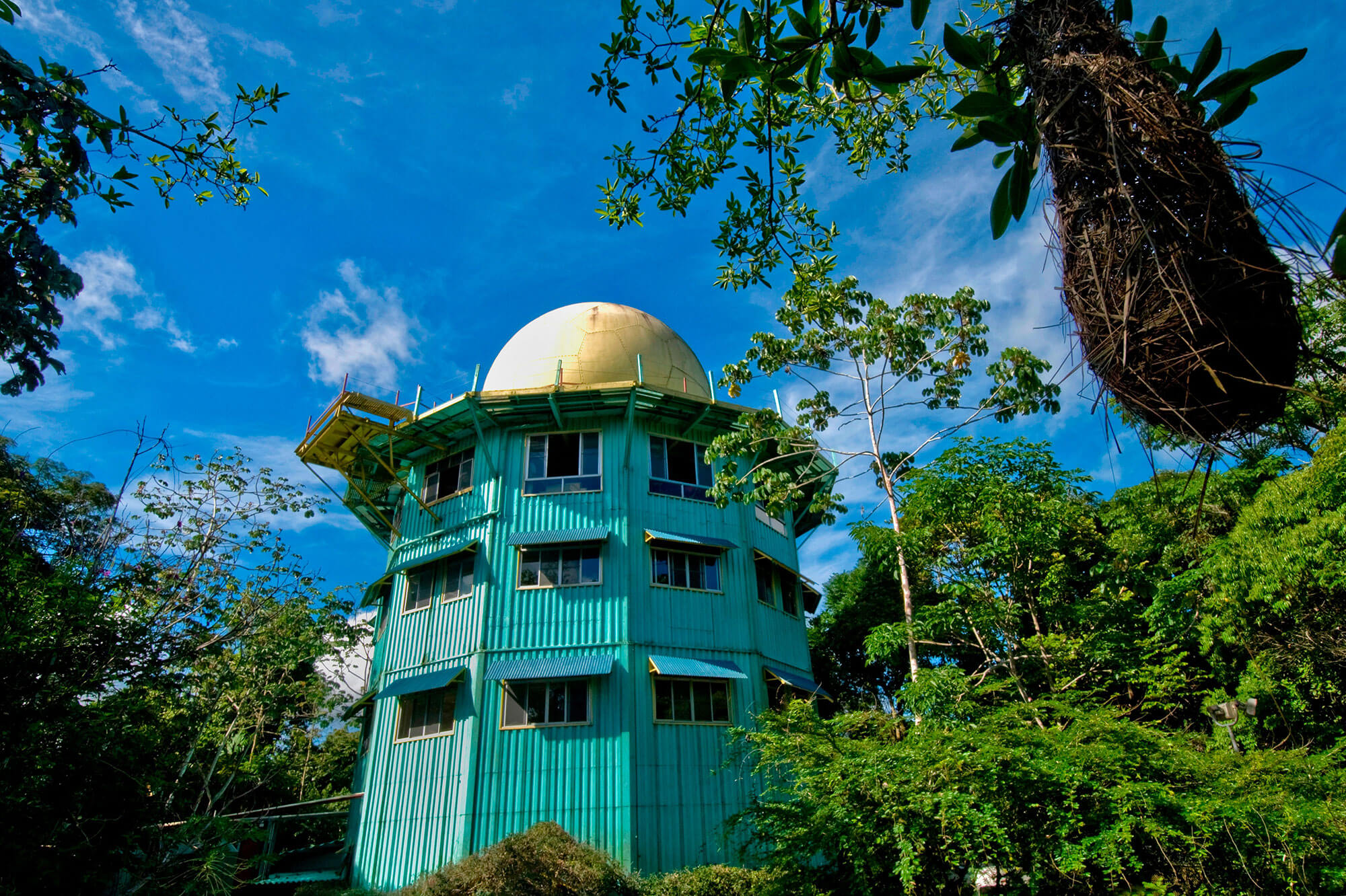
Photo courtesy of Canopy Tower Panama
Canopy Tower is located near the eastern side of the Panama Canal, is one of the most unique eco-lodges in the world. This exceptional site for birders was originally built by the United States Government and acted as a radar tower. After years of protecting Panama the tower was abandoned and then turned into a haven for adventuresome individuals. There are twelve rooms on two floors with spectacular views of the rainforest. Meals are included in the price as well as daily tours mainly focused on birding. Don’t skip the recommendation by former US President Jimmy Carter.
Canopy Camp
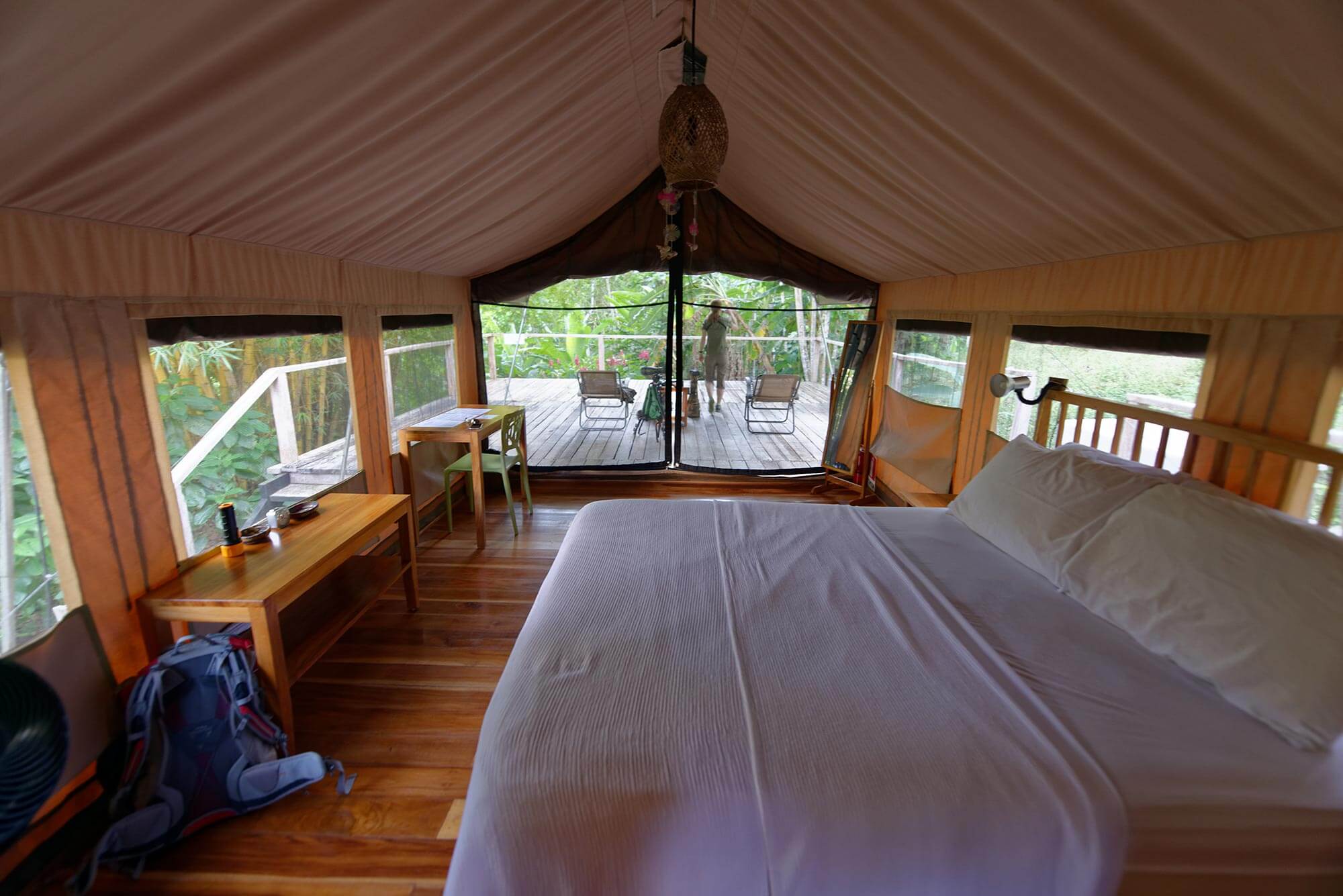
Photo courtesy of Canopy Camp Panama
A sister offering to the Canopy Tower and Canopy Lodge, Canopy Camp is a remarkable “glamping” establishment in the Darien, the largest and most diverse of all the Panamanian provinces. The Canopy Camp has eight African Safari-style tents sitting on raised platforms to ensure better viewing. Don’t be discouraged by the term “tent” but rather think solid locally grown teak floors, large windows and artful overhead lighting. The open-air dining room and lounge are equally luxurious, but if quietly meditating is what you seek, enjoy your balcony, hike a trail in nature or nap in the hammock.
Gamboa Rainforest Resort
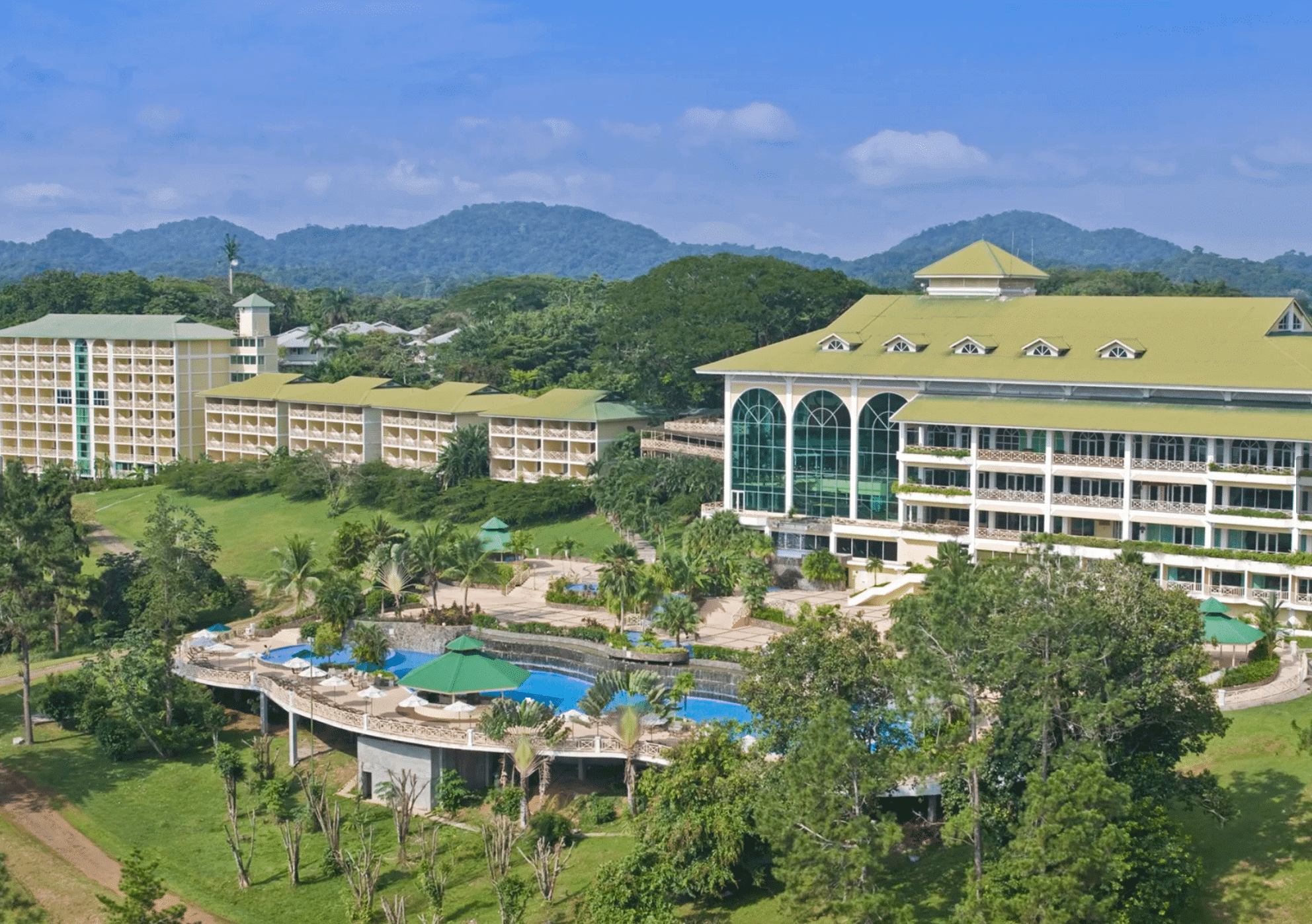
Photo courtesy of Gamboa Rainforest Resort Panama
Located just 30 minutes from downtown Panama City, the family-friendly Gamboa Rainforest Resort is deep in the mystical Soberania National Park overlooking the area where the Chagres River and the Panama Canal meet. With multiple dining options and adventures that cover everything from meeting the sloths and monkeys to aerial tram rides and night safaris. Family plans are offered and include meals and adventures. If you are a birder, consider the “Pipeline Road” as Panama is home to more unique species of birds than the United States and Canada combined. Rooms start as low as $119 and all-inclusive packages at $330.
La Isabela Suites
Located in the heart of Casco Viejo, La Isabela Suites is all about the experience. From the minute you walk in the door you will be treated like the VIP you are. The staff is exceptional and they take great pride in providing unmatched service. They will pick you up at the airport if needed and they will have a bike delivered to your suite if you want to take a spin on the Cinta Costera.
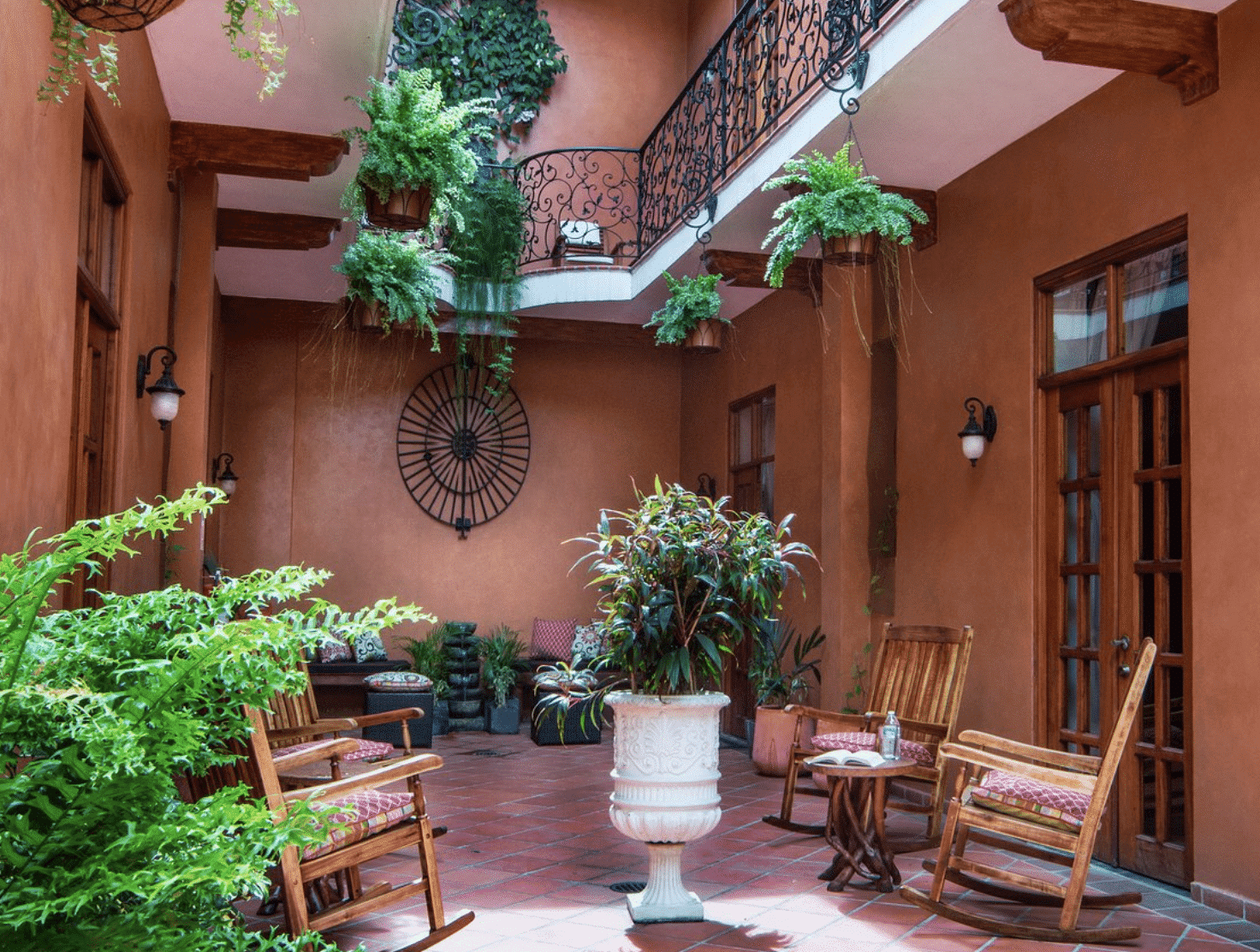
Photo courtesy of La Isabela Suites
These suites are the largest in Cases Viejo and are less expensive than you might imagine. A one-bedroom starts at $110 per night with 750 to 1,000 square feet and a two-bedroom with two ensuite bathrooms and large living area starts at $160. If you need a nanny or a great massage, the staff at La Isabela will gladly accommodate. You will be within walking distance of all the best restaurants in Panama, but you might want to let the La Isabela arrange for a Michelin Starred chef to prepare and serve you in your suite!
Tranquilo Bay Eco Lodge Resort
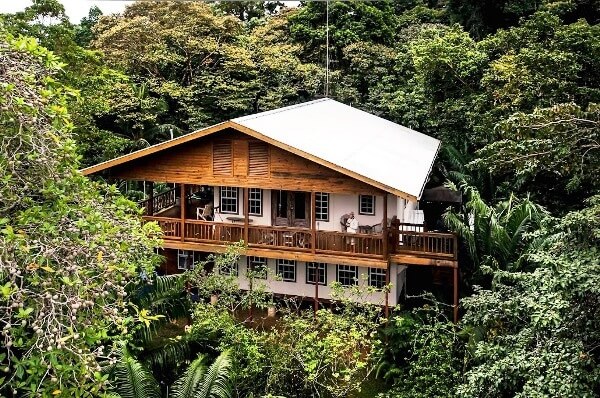
Photo courtesy of Panama Trails
Tranquilo Bay is located among the most biologically diverse protected areas in the whole of Panama and Central America and is part of the Bocas del Toro archipelago situated only about 20 miles from the border of Costa Rica. With nine cabanas and 200 acres, this resort is able to customize exactly what each guest wishes to enjoy. A bird watching platform brings guests well over the tree canopy and the crystal blue waters provide an area where individuals can snorkel, stand-up paddle board, kayak or simply enjoy toes in the sand.
Luxury Camping Panama
There are six locations offered by Glamping.com in Panama where you can stay in a yurt, tent, bungalow or full homes over the water and off the grid. With these accommodations, you’ll experience nature and anything but ordinary travel. Rates go from $45 a night to $500.
The less expensive accommodations are located ten minutes from central Boquete and near the Baru Volcano National Park. More deluxe yurts and tents are in Chame, a destination for kite surfers and adventure athletes and about 45 minutes from Panama City.
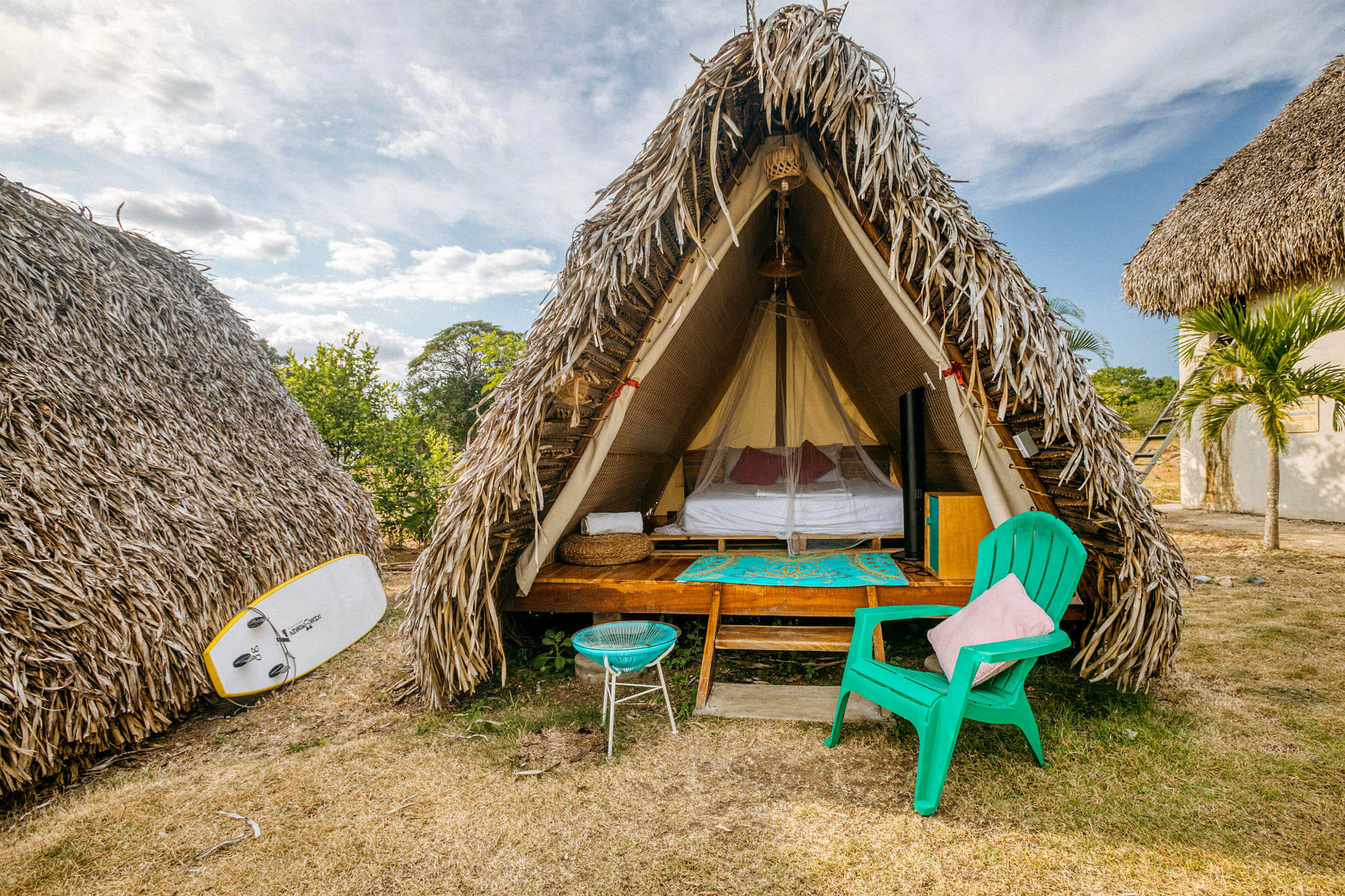
Photo courtesy of Selina Playa Venao
At Selina Playa Venao, a teepee hut accommodates two people for $45 a night. This area is known as “a surfers paradise” and it caters to the wave seekers with white sand beaches, a private pool and a feeling of tranquility.
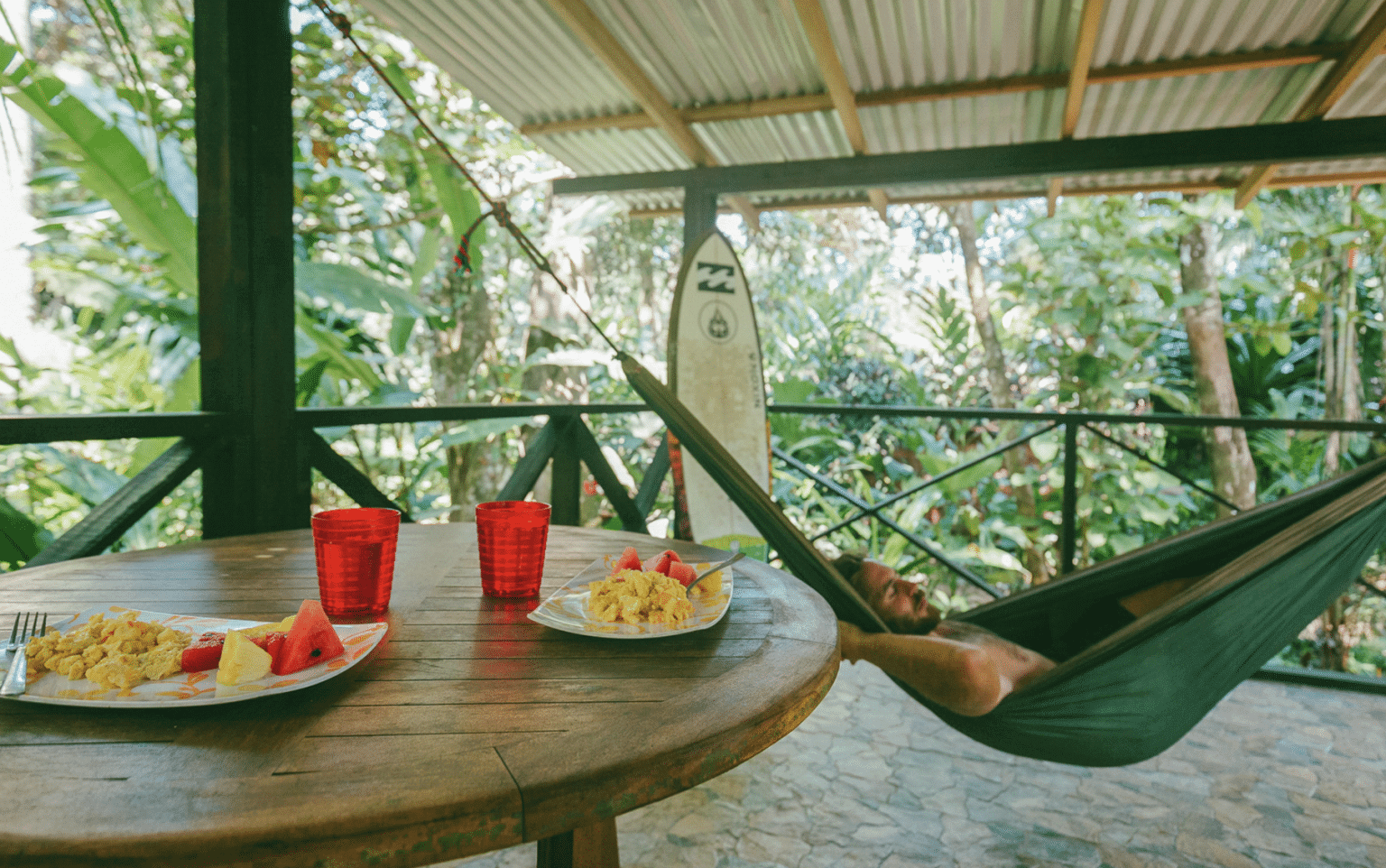
Photo courtesy of Red Frog Bungalows
There are a total of three bungalows on Red Frog Beach in Bocas del Toro renting for $90-$100 a night. Private pool, clear blue water and crisp linens are included! The most expensive units offered are also in Bocas del Toro but are water villas built on the Caribbean sea in Dolphin Bay. The villas are situated on a mile long coral reef in a remote location on the island of Cristobal. The largest has four bedrooms, three baths, a gourmet kitchen and all types of water sports equipment including a boat.
The remaining offering in Panama is Selina Kalu Yala, an off-the-grid community full of hiking trails, natural swimming pools, and wilderness adventure. The Kalu Yala is different than the others and is a new model for developing a modern sustainable town. Consequently, included in the $140 charge you get 4×4 transport into the jungle, meals, snacks and activities.
Sansara Resort
The intimate beachfront oasis Sansara Resort specializes in world-class yoga retreats, surf sessions, spa services and other adventures unique to Panama’s geography and biodiversity. Located at the southernmost point of Panama in the Azuero Peninsula in the small town of Cambutal it is approximately five hours’ drive from Panama City. You can do as much as you like or as little, but three times a day a feast from local gardens and poultry farms meet the bounty of the sea and is served in a communal lodge.
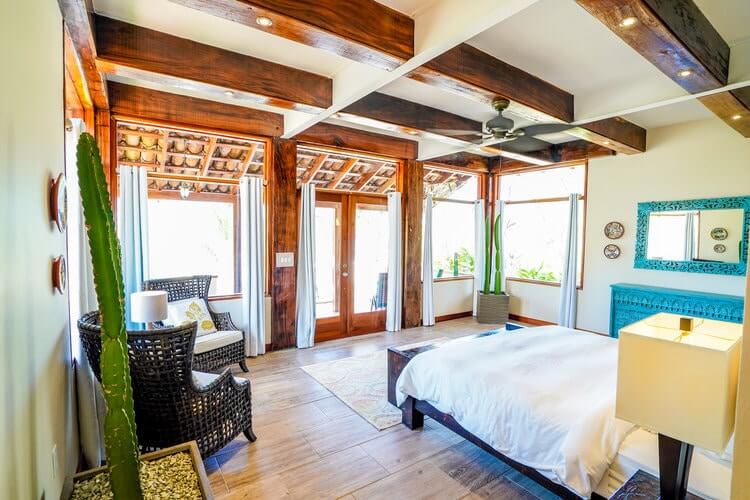
Photo courtesy of Sansara Resort
If yoga, wellness and surfing is on your list of activities, you might want to bookmark this site and keep up with the offerings because “special offerings” are held often. For less than $2,000 you can stay for six nights, have up to six hours of daily surf lessons, use of all equipment from yoga mats to bikes, three healthy meals a day, luxury living in one of 12 cabanas, yoga classes and a bonfire celebration. They’ll even pick you up at Tocumen International Airport and make sure you arrive and return safely.
Yandup Island Lodge
Yandup Island Lodge is located in San Blas which is in the Caribbean and completely ruled by the Kuna Indians. With six over-the-water cabins and four cabins ocean-facing there are limited guests making for a quiet and peaceful experience.
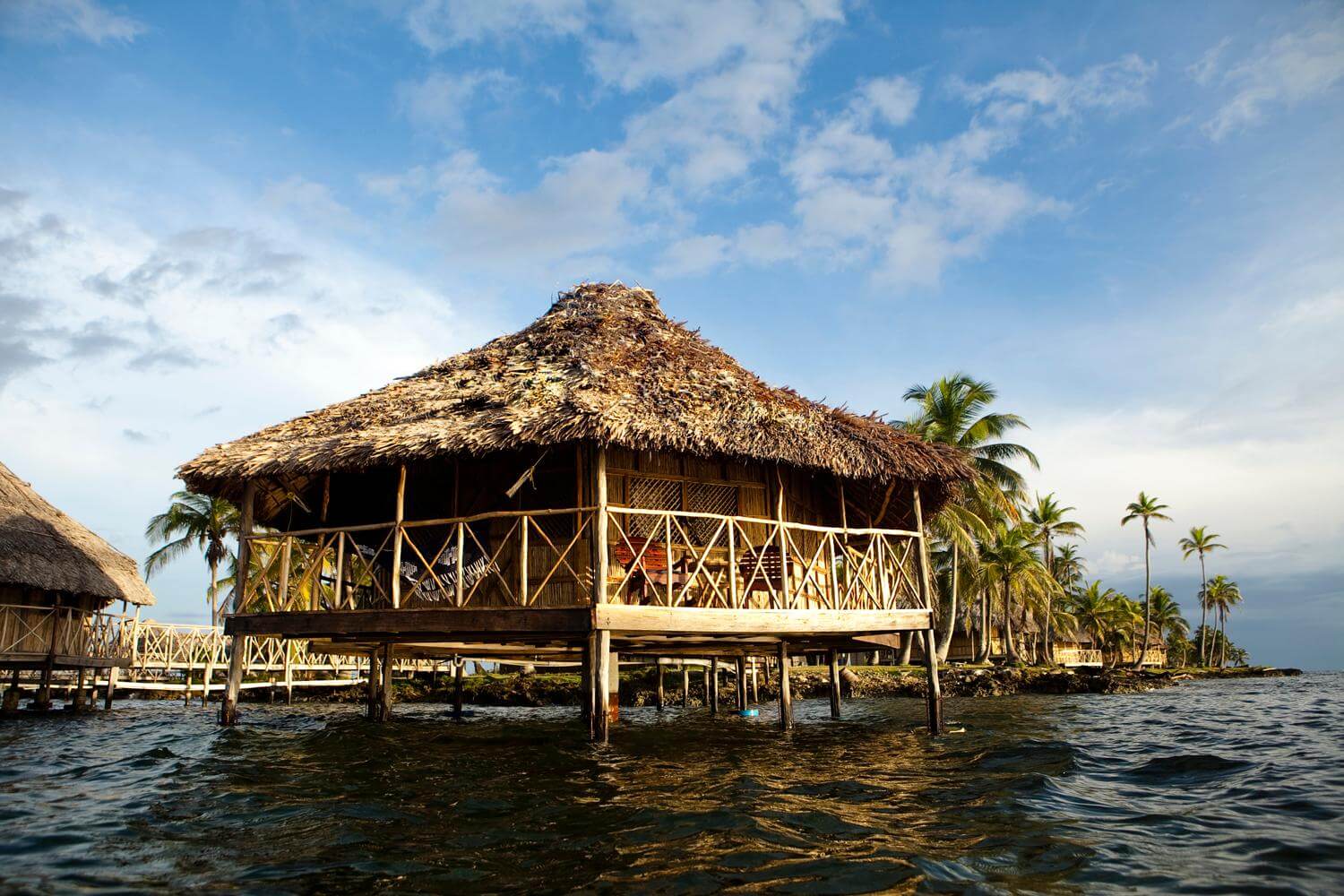
Photo courtesy of Trip Advisor
Each cabin is self-contained with stunning views and direct access to the Caribbean Sea. Breakfast and dinner is included in the price as well as transportation to the private island, but a $5 rental charge is made for snorkeling equipment. Two daily tours are included in the price and include walks to the mangroves, a hike through the tropical forest, a tour of the Kuna community and a lesson on how the Kuna’s retained control of their land while still being faithful to Panama. A single person rental starts at $142 a night for ocean view and two people in an over-the-water cabin will pay $244 a night.
Sonny Island Resort

Photo courtesy of Sonny Island Resort
Sonny Island Resort is a lot of different things, but it is always eco-friendly. All electricity is from their extensive solar panel farm and they expect all guests to respect the island and leave it better than when they arrived. There are cabins with terrific jungle or beach views renting for $150 a night or you can go the “glamping tent” route for $50 a night; if you just want to spend a day at the beach they will take you out and back. The catamaran leaves each morning from the Marina Flamenco Pier at the end of the Amador Causeway in Panama City at 7:00 am and returns at 5:00 pm. An easy eco-friendly option.
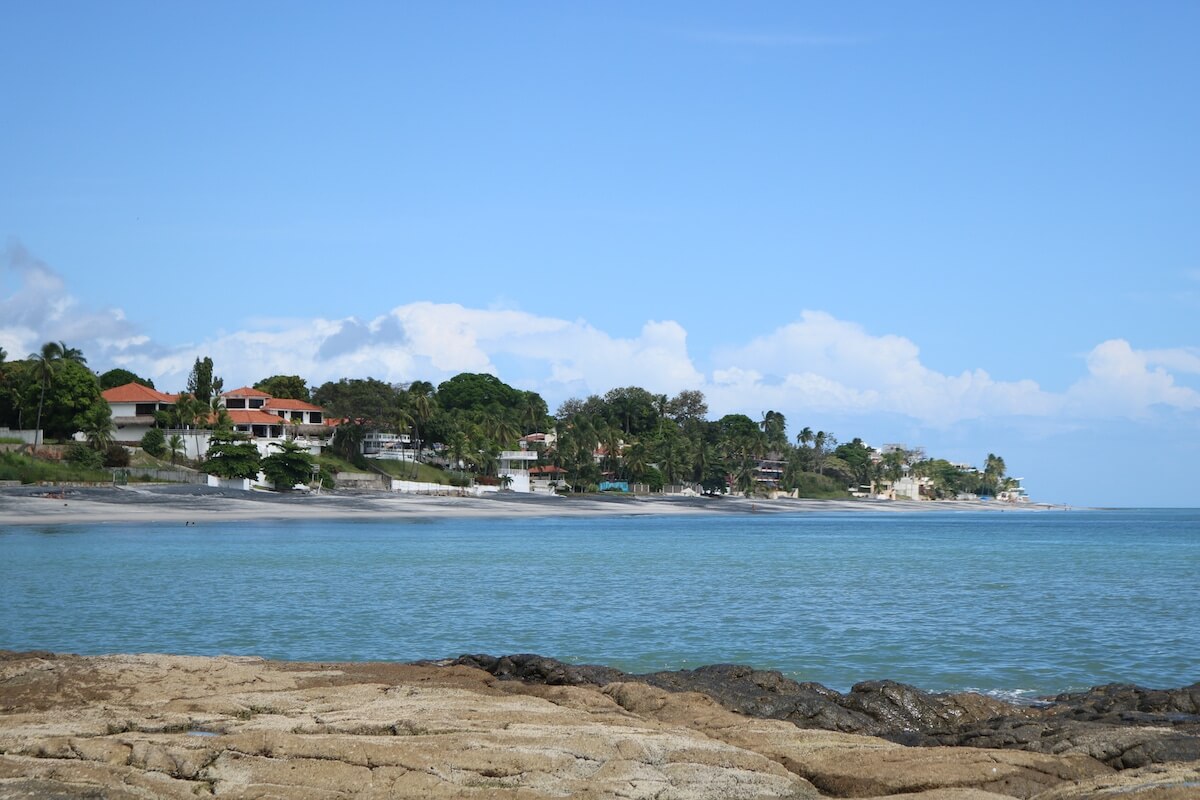
In Coronado
Coronado is Panama’s most developed beach town, located about an hour and a half outside of Panama City. It has long been a popular area for well-to-do Panamanians with vacation homes outside of Panama. In the last decade it has become increasingly popular with North American and European expats, visitors, and people who fall somewhere in between.
The Coronado area has many luxurious all-inclusive hotels, which were covered in the all-inclusive hotel section. There are a smattering of small hotels in the Coronado area, but really, many people who come will rent a condo at a nice oceanfront building or within the Coronado Golf & Beach Club, which has a designer 18-hole course. These places are often found through platforms like Craigslist, AirBnB, or Facebook. There are better deals for those looking for longer stays– as in a month or more. Coronado is a great “home base” for someone who wants to explore different parts of Panama.
In El Valle
El Valle is small town where it’s approximately 8,000 citizens live inside the second largest inhabited volcano crater in the world. It’s about a two-hour drive from Panama City, or an hour from the popular beach area of Coronado-Gorgona.
Canopy Lodge—This is not a property where you check in for a night or two, but rather you check in for an adventure—mainly in birding and nature. The recommendations are glowing and from the likes of Angelina Jolie and British naturalist, Sir David Attenborough, both of whom have been guests in this remarkable property. There are a variety of options in terms of accommodation and tours, but most guests arrive with a “canopy package” that includes everything including transportation from the international airport. A natural swimming pool offers a nice option after a day of hiking or riding in a “birdmobile!”
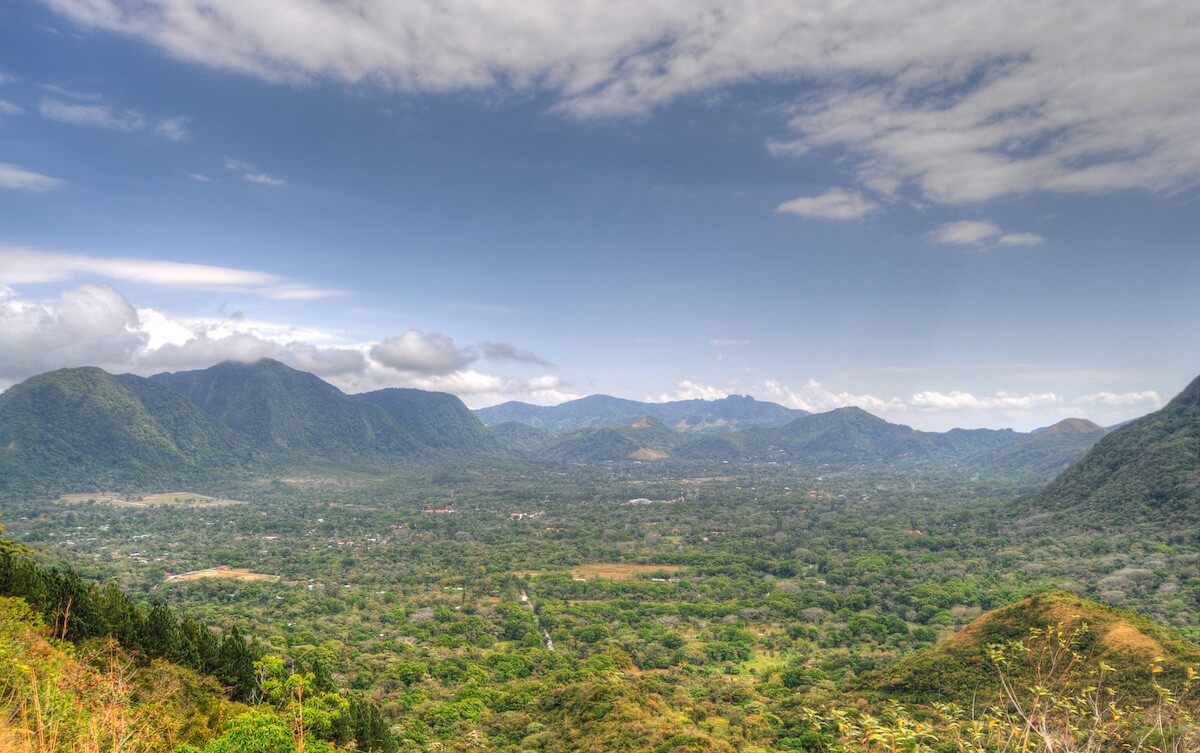
Los Mandarinos—El Valle is small town where it’s approximately 8,000 citizens live inside the second largest inhabited volcano crater in the world. Los Mandarinos is a lovely boutique resort and spa set just above El Valle in the Panama highlands and it offers a variety of rooms that come with jacuzzi tubs and views of the hills. The heated swimming pool joins a thermal circuit consisting of a sauna, a Turkish bath, a biothermal sequential shower and a Jacuzzi. There are two on-site restaurants – an Irish Pub and a Spanish restaurant. Breakfast is included and rooms start at $145 a night.
Park Eden B&B—A retreat is what this bed and breakfast offers in their five bedrooms and one full house with two bedrooms and two bathrooms and balconies. A full PanAmerican breakfast is included, along with two acres for bird watching and hiking. Rooms start at $90 and the house rents for $260.

In Boquete
Boquete Garden Inn– A setting that lives up to its name, the Boquete Garden Inn is a delight for nature and bird-lovers. Take your breakfast outside in the garden, and watch as colorful tropical birds peck at the fresh fruits lovingly laid out for them. They claim more than 100 birds have been spotted on the property– and that you’ll see more birds at breakfast than anywhere else in Boquete! Rates start at $119 a night.
Coffee Estate Inn—Nestled 209 miles from Panama City, The Coffee Estate Inn offers a variety of rooms and bungalows where the world’s best coffee is grown, harvested and brewed. Perfect for a weekend getaway or family adventure, the guests are treated each morning to a breakfast of locally-grown ingredients. Rates start at $89 a night.
In Bocas del Toro
This area of Panama represents the true Caribbean vacation experience in Panama. There are no big name resorts in the lovely archipelago with nine main islands, 52 cays and hundreds of smaller islands so you are left with a variety of lodging options. Some offer two-story over-the-water bungalows with breakfast for around $255 a night and then there are group lodging options where you can get a bed in a 12-community-room for $18 a night. Breakfast is usually included, but not always and most have equipment from yoga mats and stand up paddle boards you can use for free or a nominal charge.
Many places in Bocas Town, the hub for vacationers and expats only accept cash so make sure you stop at an ATM before heading out. Bocas Town, is very commercialized and where many backpackers end up, so if that’s not for you, consider one of the other islands where it’s more sophisticated and upscale. Listed here are a few options which are safe and cover the feel of Boca del Toro.
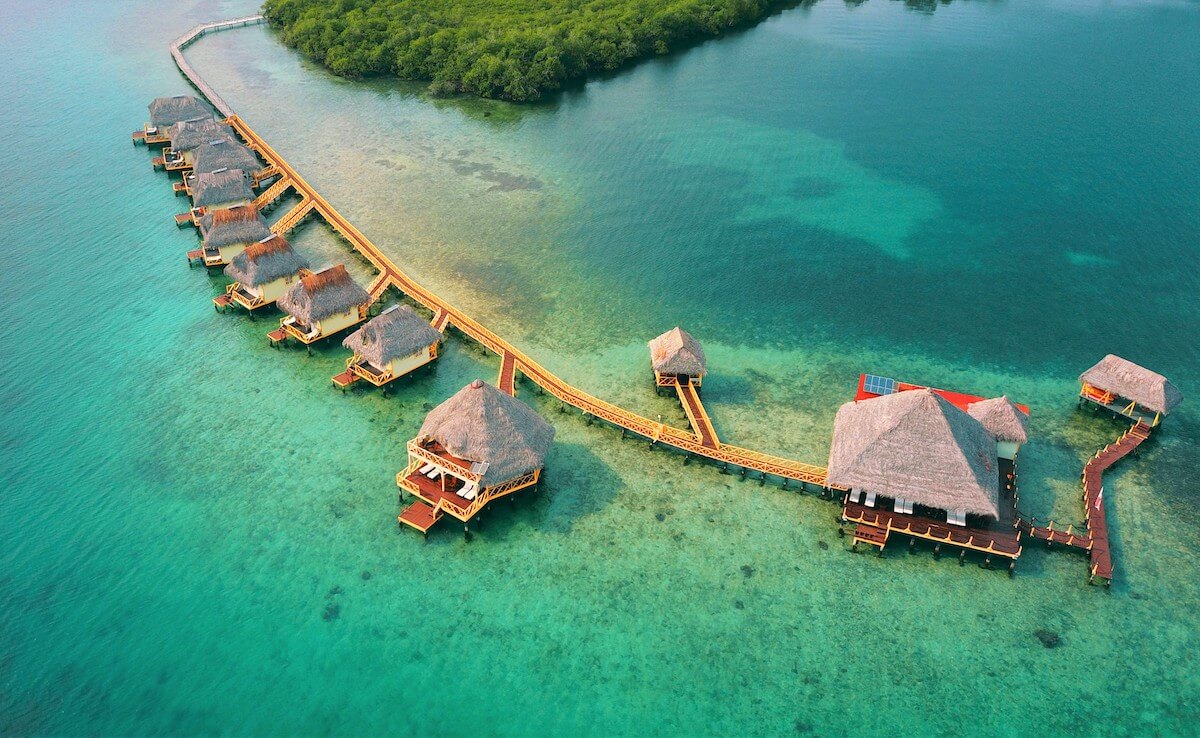
- Punta Caracol Acqua Lodge—These bungalows come in a variety of sizes including two-story rooms with direct access to the blue green water and stunning coral formations. The master suite is perfect for families with one king suite and four twins. There are running discounts and prices start as low at $233 a night.
- El Faro del Colibri Resort—You have options at this resort including a two-story “lighthouse” that is built over the water, plus five bungalows, also over the water and single rooms and apartments with water-facing views. You’ll need to take a water taxi to Isla Carenero where the accommodations are located. If you don’t want to leave the island, there is a restaurant on site.
- Big Orange Lodge—There are only six overwater cabins in this private island getaway. The cabins are large and come with upscale bed linens, a private bathroom and solar powered electricity. Meals are included and prepared by the Kuna Indians.
- Selina Isla Colon—Billed as the “best place to party” draws the surf boarding back packer with a spiritual vibe.
- Urraca Private Island Resort—Bungalows over the water and hot water in every shower. Tropical breakfast with coffee, coconut water when available and living with 13 monkeys from four species.
- Hotel Palma Royale—Location. Location. Location. On the main drag of Bocas Town overlooking the water and steps to all the nightlife and restaurants. Breakfast included for all rooms and suites. They’ll pick you up at the airport.
- Spanish By The Sea Hostel—Sign up for Spanish language classes and stay at this hostel in a private room for $98 a week. Breakfast is $6 extra. Six hours of intensive Spanish classes daily for $285 a week. One block from the water with grocery, gourmet deli and restaurant steps away. Full kitchen for students.
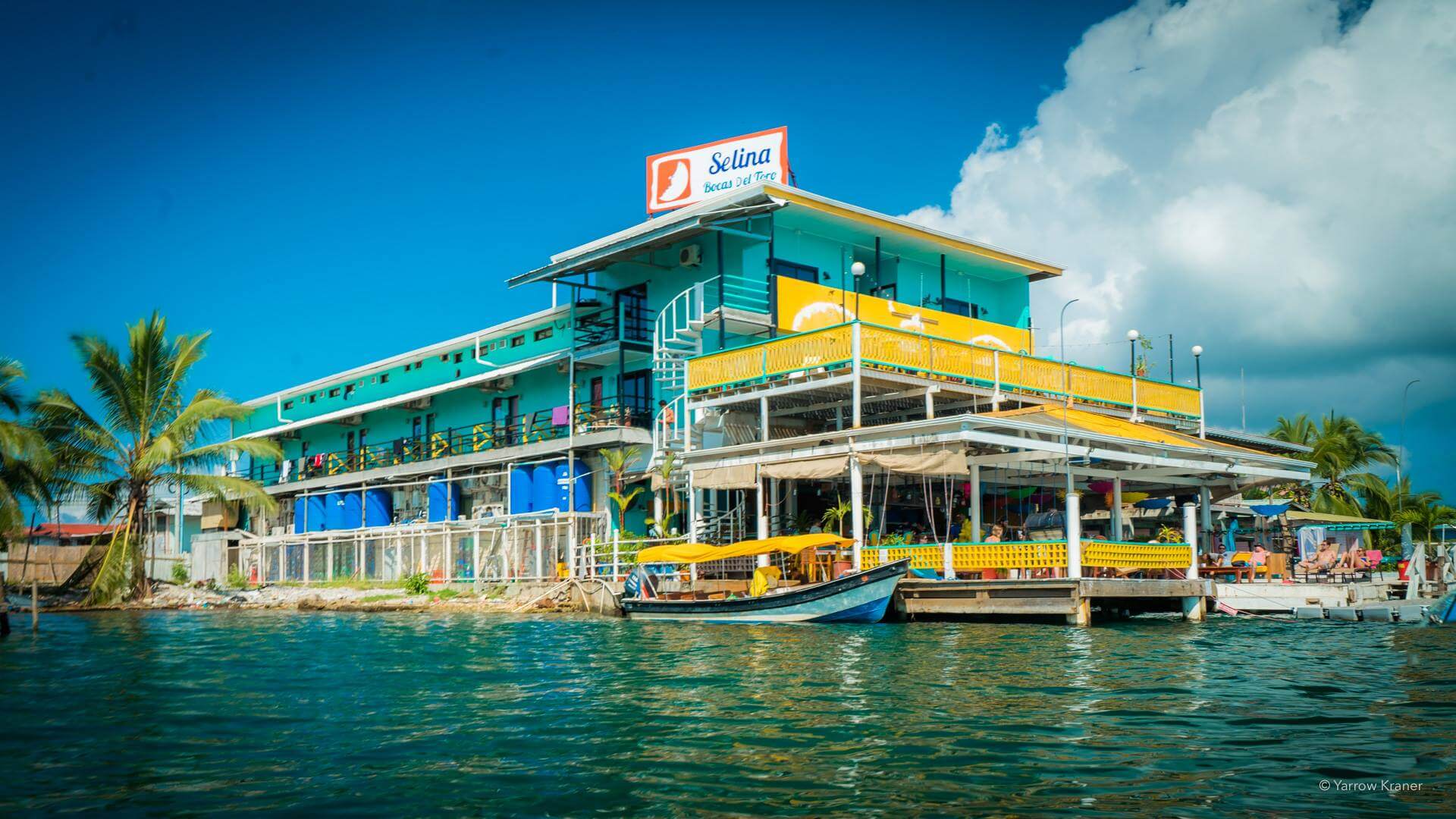
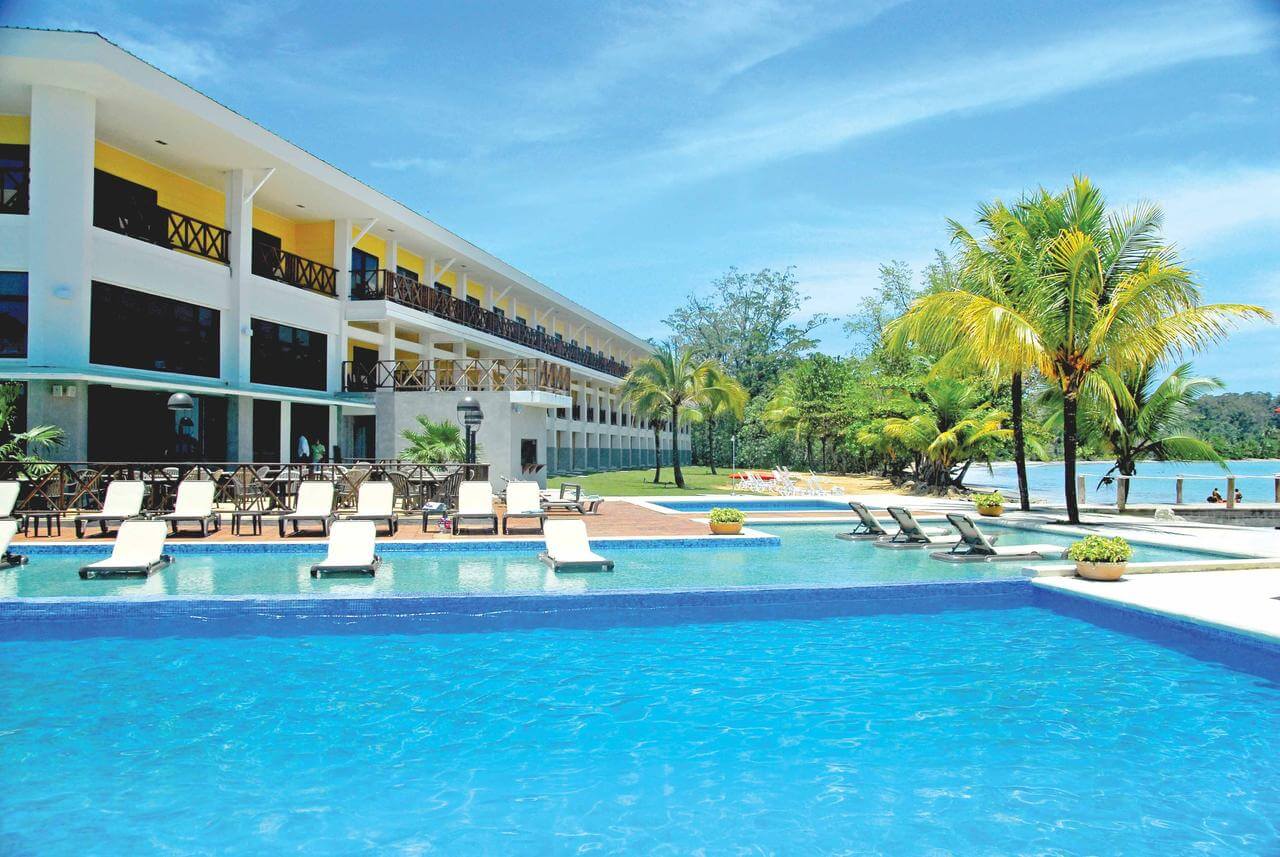
- Playa Tortuga Hotel & Beach Resort—Located on the Island of Colon in Bocas del Toro this resort is about getting away, enjoying both the beach and two giant pools, sea views and cost-effective packages. The resort has two restaurants and rates start at $102.
- The Firefly—This five room B&B is an adult-only accommodation with an emphasis on great food and an island location seven minutes from Bocas Town. Take a room in the main house or stay in one of the bungalows with amazing water views. There is an infinity pool and a great restaurant. Breakfast is included with rooms going from $90 a night to $210.
- Bambuda Lodge—Consistently rated as the best hostel in Bocas del Toro because of it’s location, nice rooms and a 150 foot slide that you can take from the bar to the water, the Bambuda Lodge is located outside the rocking Bocas Town. A bed in a six-person community room costs $20 or you can go for the private suite for $109 a night. Large pool, plenty of folks to play volleyball in the pool with and a plate of red beans and rice is $2.
- Plastic Bottle Village—A Canadian expat who got tired of the cold winters came to Bocas del Toro for a few months and fell in love with Panama, but not all the plastic bottles tourists were leaving behind, so he collected more than one million and built a castle using the bottles. Rooms are family sized and all have private bathrooms and rent for $30 to $40 a night. The castle is four stories with a bar on top and a restaurant on the third floor.
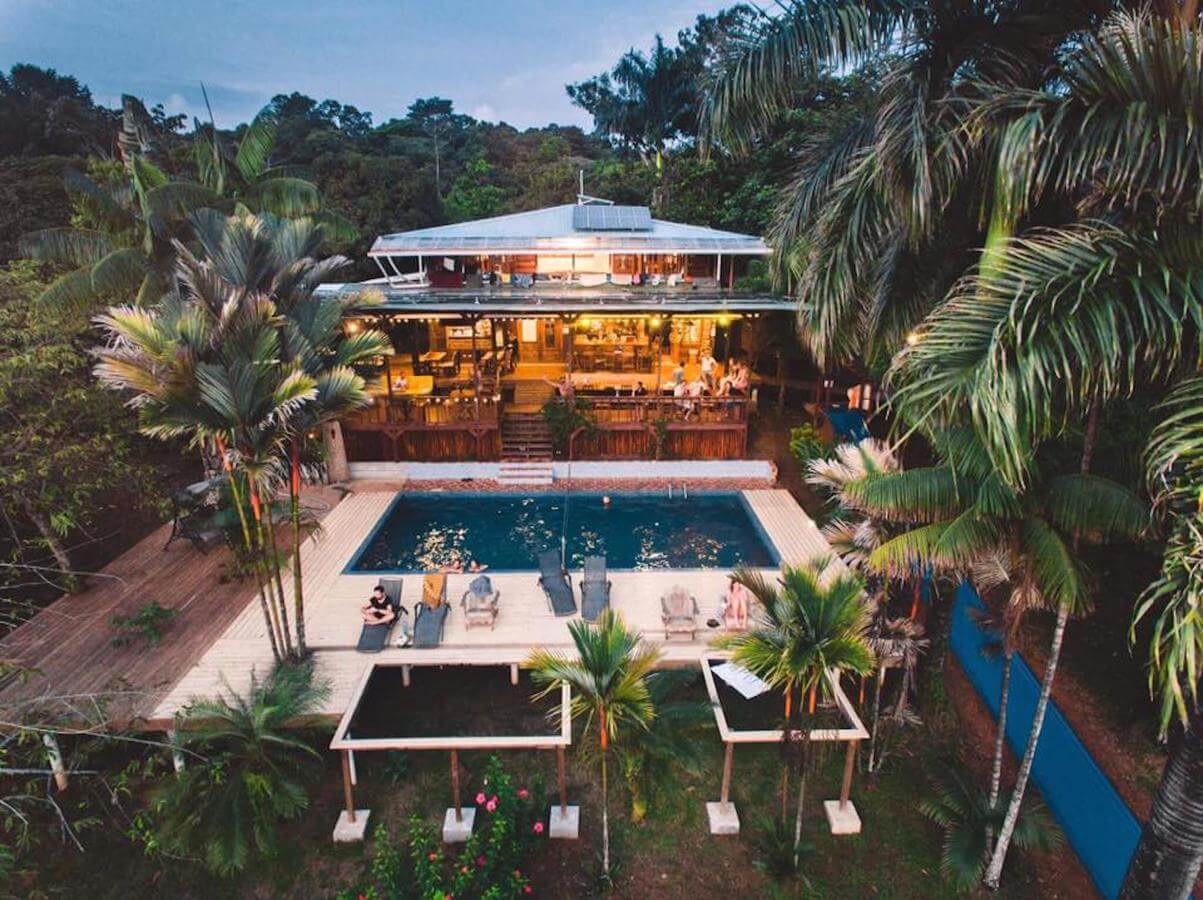
In San Blas
Kuanidup Island Lodge—Located in the heart of the San Blas Archipelago, this eco-lodge consists of 12 beach huts on one of the most isolated islands in Panama. It’s difficult to reach (think boat, plane, 4×4) and once there you will be completely off the grid. Three meals a day are included along with stunning water views, snorkeling and light breezes.
Coral Lodge—The resort is comprised of six charming bungalows, built over the crystal blue Caribbean water providing peaceful and stunning views. It’s an eco-adventure lodge with ensuite bathrooms, air conditioning and upscale furnishings. Meals are included and very gourmet with breakfast and lunch enjoyed in the over-the-water snack bar and dinner in the main lodge by the freshwater swimming pool and spa. White sand, pristine mangroves, rainforest and healthy coral reefs combine for great snorkeling and swimming actives. There is a dive center for scuba. Other activities include sport fishing, trekking, horseback riding and mangrove kayaking, but remember this lodge is an hour boat ride away so it’s a bit difficult to get there.
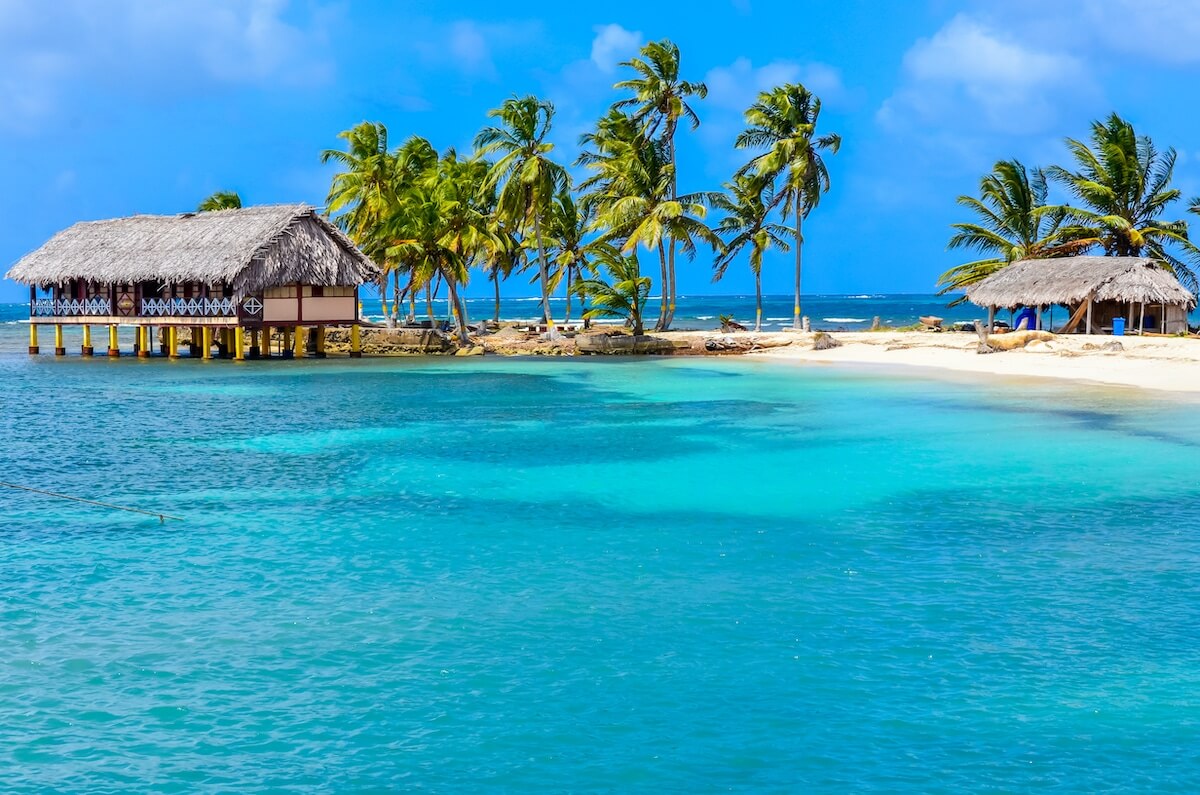
Festivals & Holidays
Everyone in Panama loves a good festival, but you need to brace yourself for traffic jams and come to terms with complete disregard for carrying on any type of business. Panamanians are gregarious and they embrace the opportunity to turn out in colorful costumes accompanied by great music, food and spirits. During festival season, which is generally December to March, it’s best just to chill. And, just in case you are shot with a big water gun, relax – the Panamanian sun will dry you quickly!
Holidays are similar and because the country is primarily Catholic, the holidays are often tied to the Christian calendar. Because Panama is in such a strategic location, countries have occupied or fought over it throughout history dating back to 1501. There is more than one Independence Day! There are so many holidays in the month of November, it’s commonly called “the dead month”, meaning very little business will be conducted during November because everyone is partying!
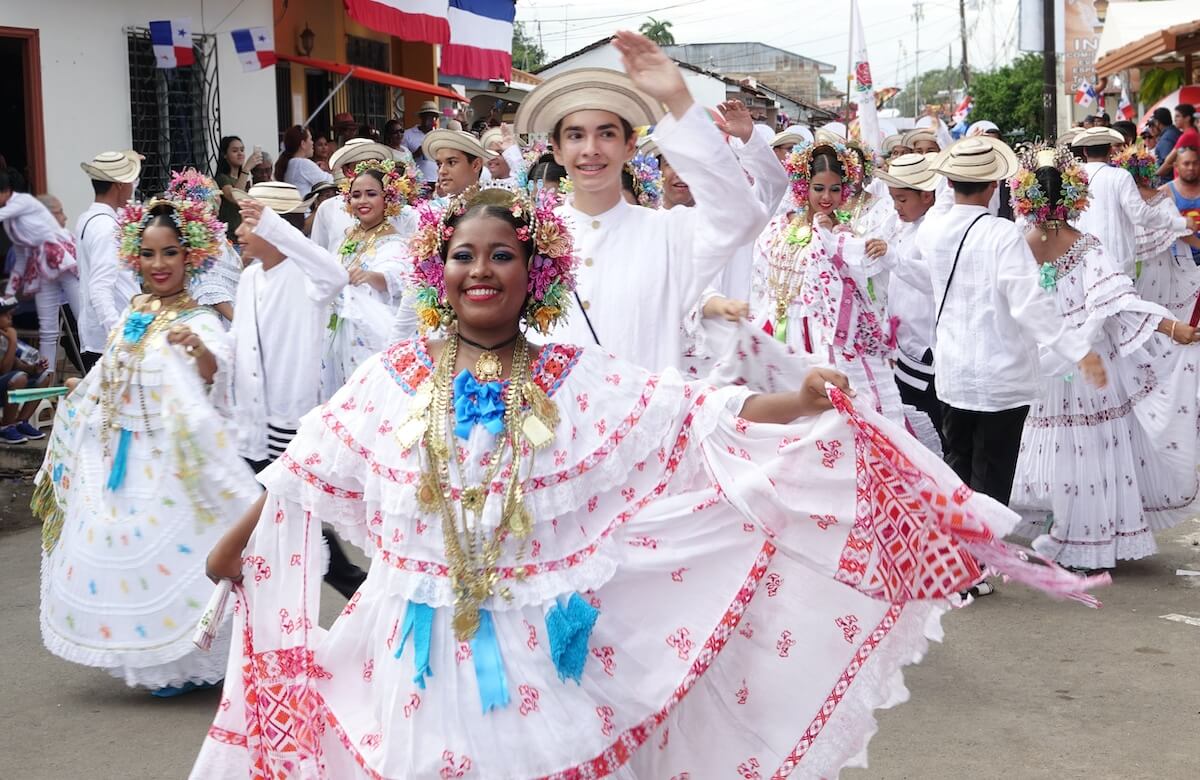
Carnival
This is the festival of all festivals and it happens annually four days prior to Ash Wednesday. Technically it may last for four days but in reality it’s much more. There are many carnival festivals in Panama and not just in the capital city. However, like all Carnivals, the celebration in Panama City includes multiple parades with the Carnival Queen and her court. Held along Avenida Balboa, the Bay of Panama and Cinta Costera, there will be floats, all types of music including salsa, merengue, reggae, Panamanian folk and Caribbean-influenced dance. Lots of floats will slowly pass the huge crowds swaying to the music and breaking out into dance. Food vendors are everywhere and on Sunday there is the pollera parade where men and woman wear and perform in traditional dress.
On Shrove Tuesday, another massive parade and dance/music performances is held and continues way past the official ushering in of Ash Wednesday. During the celebrations, people will come by with giant water guns, hoses, water balloons and even trucks carrying water tanks and in the spirit of “la mojadera” they will soak the crowds. The festivities are closed with the “Burial of the Sardine,” which signify the end of partying and the beginning of Lent.
The most intense Carnival in Panama is held in the tiny town of Las Tablas, a four-hour drive toward Costa Rica from Panama City. There, “the feud” between the “Upper Street” and the “Lower Street” results in stunning Carnival Queens and magnificent floats. No one sleeps in Las Tablas during Carnival and the crowds are huge. Music, food, fireworks continue almost non-stop. Plan ahead if you want to celebrate in Las Tablas!
Tribal Gathering
Tribal Gathering—This is a charitable group that meets annually bringing indigenous people from 60 tribes and 30 countries together where knowledge about their culture and traditions is shared via workshops and presentations. It is also a music festival carried out over 16 days. Hundreds of musicians participate in the festival which has been named “one of the world’s most important indigenous cultural celebrations”. The 2021 event will be held February 27th through March 14 on a Caribbean island in Panama.
Semana Santa Festival
Semana Santa Festival—This is actually Holy Week and various churches and towns hold religions festivals, including the reenactment of the crucifixion and resurrection. However, because it leads up to the holidays of Easter and Good Friday and after Carnival, many Panamanians take time off from work and head to the beach in and around Coronado and Gorgona. What usually takes an hour can turn into a nightmare bumper-to-bumper six to eight hour drive. Many expats living in beach communities just hunker down at the pool, golf course or their home bar and stay out of the traffic.
Corpus Christi Festival
Corpus Christi Festival—This Catholic holiday celebrates the Eucharist. The biggest celebration in Panama is held in La Villa de Los Santos where you will see lots of amazing costumes celebrating good and evil. The Angels and Devils take turns dancing, but good wins in the end.
Panama Jazz Festival
Panama Jazz Festival—In it’s 18th year, this festival lasts for six days and is held in various locations throughout the country some time in January. Hundreds of national and international artists perform to an appreciative audience that loves jazz. The 2021 festival, scheduled for January 9-17, 2021 has been canceled due to COVID-19, but will resume in 2022.
Black Christ Festival
Black Christ Festival—This annual event is held October 21 in Portobelo, a small village on the Caribbean side of Panama. It’s not totally clear how the Black Christ statue found it’s home but 80 men with shaved heads will carry the statue through town in front of 60,000 pilgrims as a protest against colonialism and slavery.
Flower and Coffee Festival
Flower and Coffee Festival—Held since 1911 in Boquete, this festival will be one of the largest flower exhibits in the world. Thousands of people will descend for the 10-day festival that will entail incredible flower displays, food stalls, amusement rides, music performances and handicrafts. There will be coffee!
David International Fair
David International Fair—It’s not all about floats, dancing, music and food, this festival, held annually in Chiriquí’s capital city of David, where more than 500 exhibitors from around the world will gather to show off the newest industrial products and technology. During the 10-day event, the city hosts over 300,000 people from all over Latin America. Along with the business sessions there are cultural offerings, including the parade of bands representing local schools.
Patron Saint Festival of the Virgin of Santa Librada
Patron Saint Festival of the Virgin of Santa Librada—Held in Las Tablas, this festival celebrates the native Panamanian dresses, the pollera. The Queen of the Pollera is selected during the two-day festival.
Festival de la Mejorana
Festival de la Mejorana—The tiny town of Guararé is known for two things: the birthplace of four-weight world champion Roberto Durán, one of the greatest boxers of all time, and the Festival of Mejorana. Started in 1949, this festival celebrates all types of Panamanian folklore and is, by far, the best way to become educated about traditional practices.
International Festival of the Sea
International Festival of the Sea—Bocas del Toro holds an impressive five-day event that celebrates their fortunate location on the water. The Smithsonian Tropical Research Institute and the Park Service prepare exhibits for visitors to educate the work being done to improve the water and eco-system. There are lots of handicraft booths, dances, food stalls, folkloric presentations, music and dancing.
The Highlands Festival
The Highlands Festival—A five-day celebration is held each year the last week of November in Volcán, a small city set in Western Panama (and not the volcano). Think of it like a County Fair with local arts, food and culture.
Holidays in Panama
January 1: New Year’s Day—Panamanians love ringing in a new year and every hamlet and larger city across the country will set off fireworks. For individuals living in the residential towers on the Pacific Ocean, large parties are held on the top floors. Bars, especially in Casco Viejo have DJs, live bands and lots of alcohol going when the new year is rung!
January 9: Martyrs’ Day—This national holiday in Panama, celebrated on January 9, marks the anniversary of the riots over sovereignty of the Panama Canal Zone in 1964. The Panamanian flag was torn down and students were killed in this three-day scrimmage.
The four days preceding Ash Wednesday: Carnaval—The biggest festival in Panama is also national holidays.
Friday before Easter Sunday: Good Friday—This is an official holiday and takes Panamanians into Easter, which is a big holiday with religions celebrations and family gatherings.
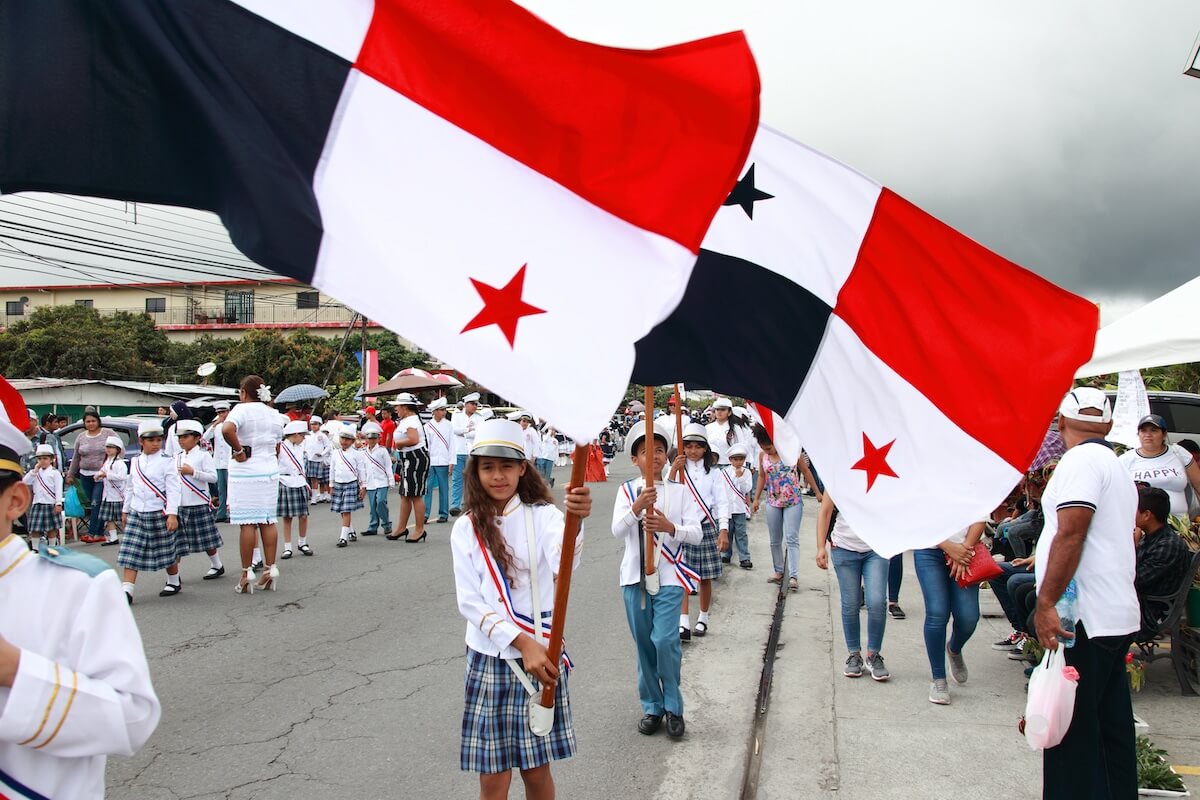
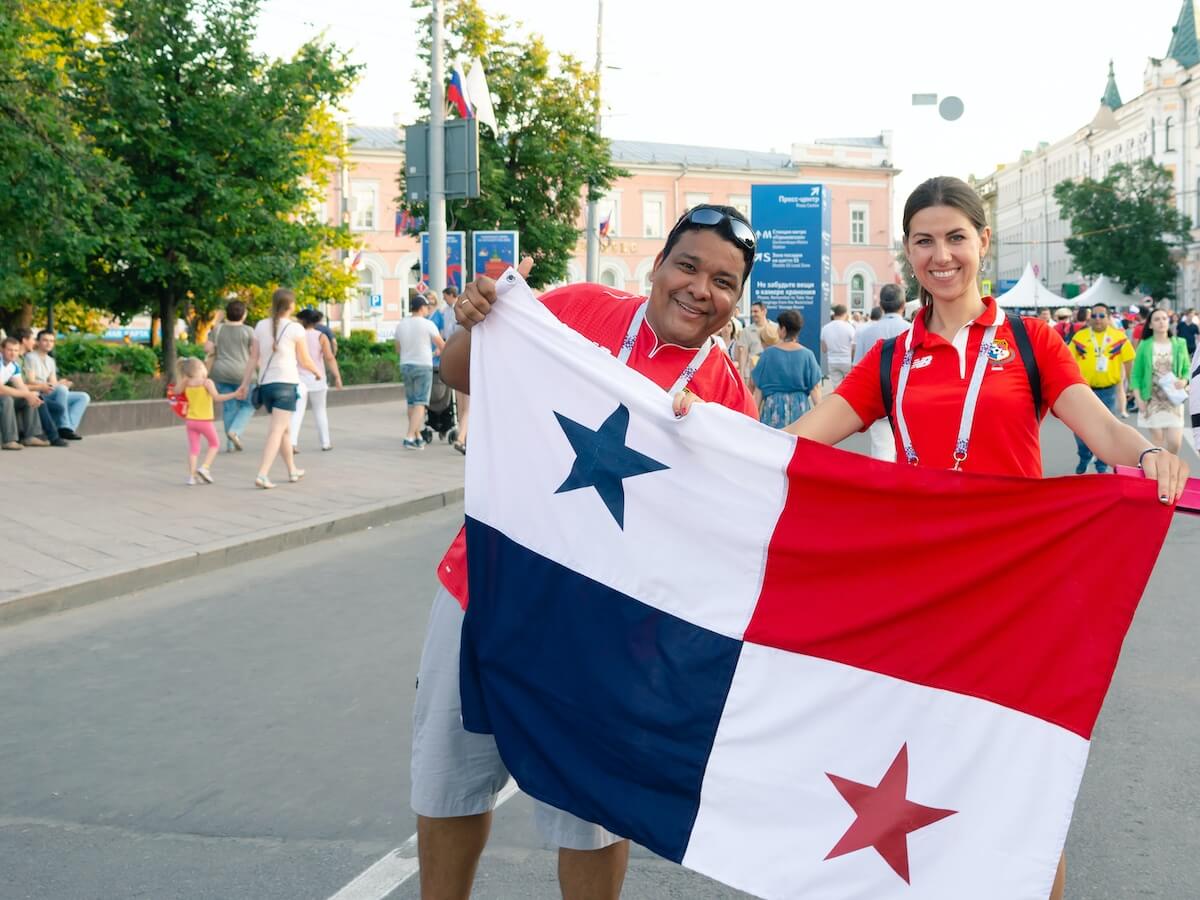
May 1: Worker’s Day—This is Labor Day in Panama and it matches the European and South American calendars better than the one in the United States. One of 13 paid national holidays, Workers’ Day honors the labors of its’ citizenry and make it a time for family celebrations, entertainment and music.
August 15: Old Panama City Day—This official holiday was established to commemorate the anniversary of the foundation of the city. Casco Viejo is the remaining part of old Panama City that was destroyed by pirates in the 17th century and it is honored for giving the “new” Panama City its foundation.
November 3: Independence from Colombia & November 4: Flag Day—Panama is very happy about being independent, so they celebrate three independence days with parades, entertainment, big family parties and celebrations throughout the country. On this day 500 Colombian soldiers docked in Colon and started their march to take back the capital but Panama remained in control and separated from Colombia in 1903. This is the start of a two-day national holiday which include parades, fireworks and female dancers in polleras. November 4 is Flag Day when school children from across the country travel to Panama City and perform in the marching bands parade. Other larger cities celebrate but nothing matches the celebrations in the capital.
November 10: First Call for Independence from Spain—This is a public holiday that marks Panama’s struggle for independence from Spain in 1821. Again, a national holiday with parades and more celebrations.
November 28: Independence from Spain—This is the last public holiday in the month of November which celebrates Panama’s independence from Spain. Yes, more dancing in the street, music and jubilation. Finally the polleras can go back in the closet!
December 8: Mother’s Day—Mothers are honored in Panama and December 8th is a national holiday and the same day as the Feast of the Immaculate Conception. In Panama, Mother’s Day is more religious and ties to Mary, than in other countries.
December 25: Christmas—This is very much a religious holiday in Panama, but it is also as protracted as their independence day celebrations. The start of the season begins on Mothers’ Day, December 8th when everyone starts to put out their nativity scenes. The Christmas tree isn’t as important in Panama as it is in the United States and Europe. Families gather on Christmas Eve, children have been marching in parades since December 8th. A huge meal is prepared and served at midnight between Christmas Eve and Christmas Day and consists of turkey, dressing, cornmeal, prunes and other meats. Every table will have a fruitcake and the eggnog will have been kicked up a notch. After eating at midnight, everyone goes outside for fireworks and festivities with family and friends. Then just about everyone stops working until the New Year.
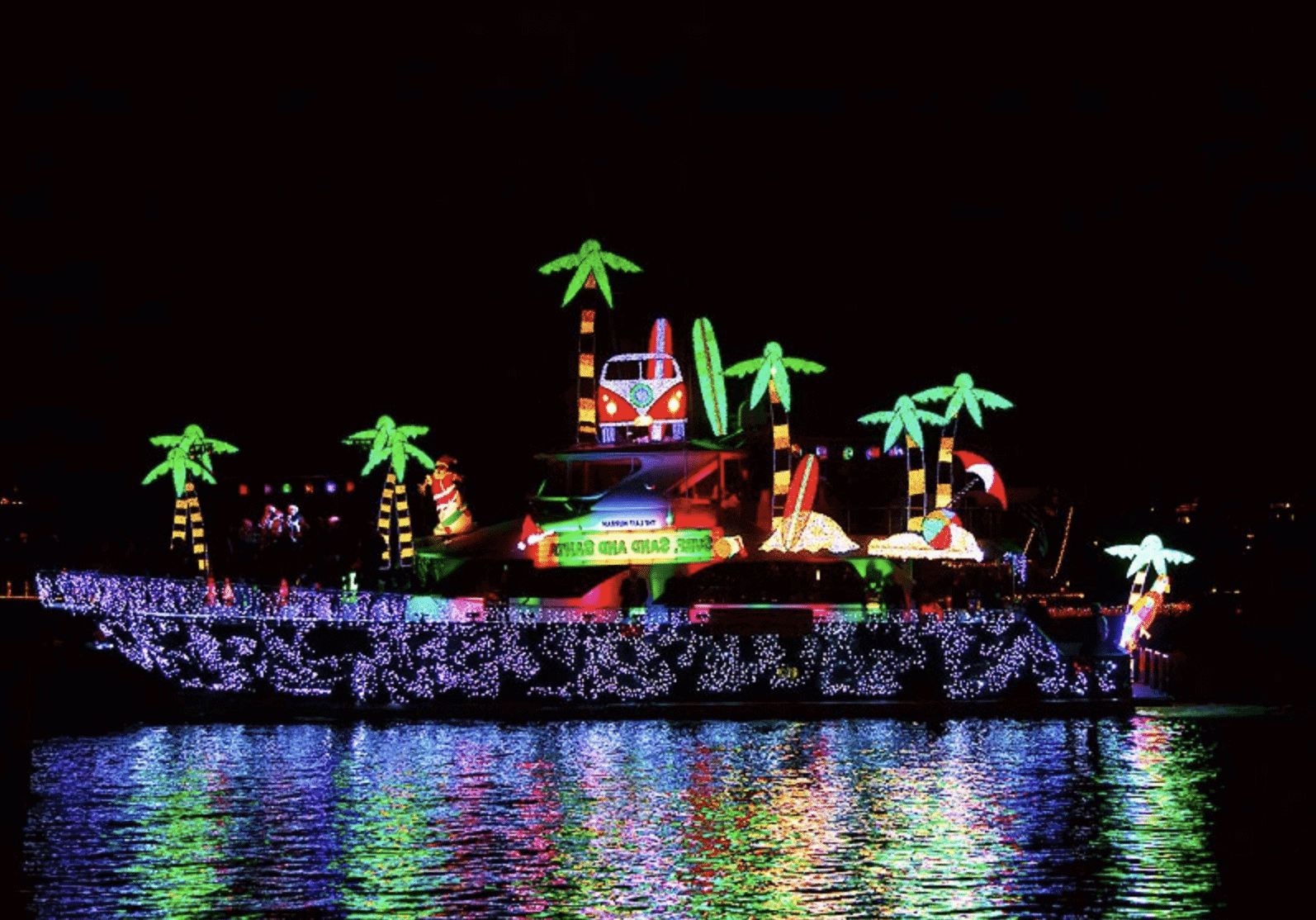
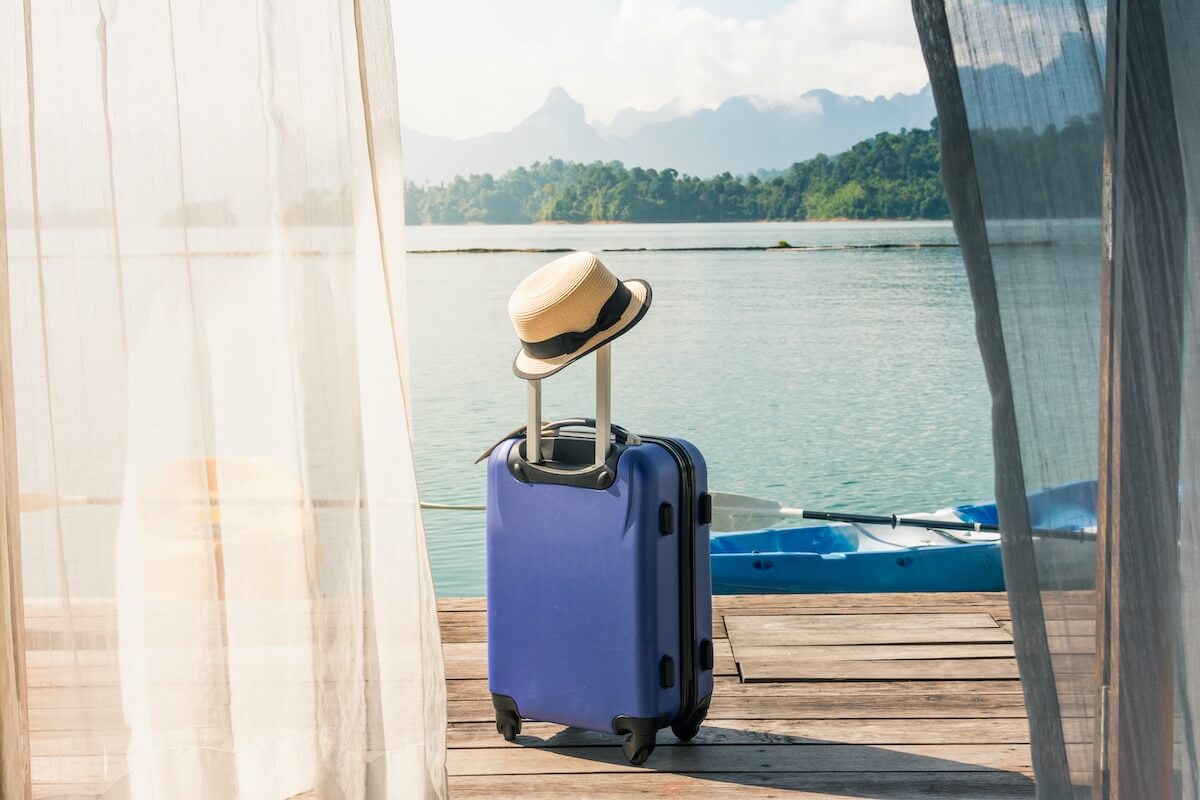
Tourism in Panama in 2020
Panama is a country which offers so much in terms of diversity both in geography, opportunities to learn and in mind set with their numerous holidays and celebrations. They are committed to their family and embrace visitors who stay for a few days or several years. It’s best to keep in mind the old saying—“When in Panama, do as the Panamanians!” OK—maybe we’ve given it a bit of a twist, just remember to enjoy.

